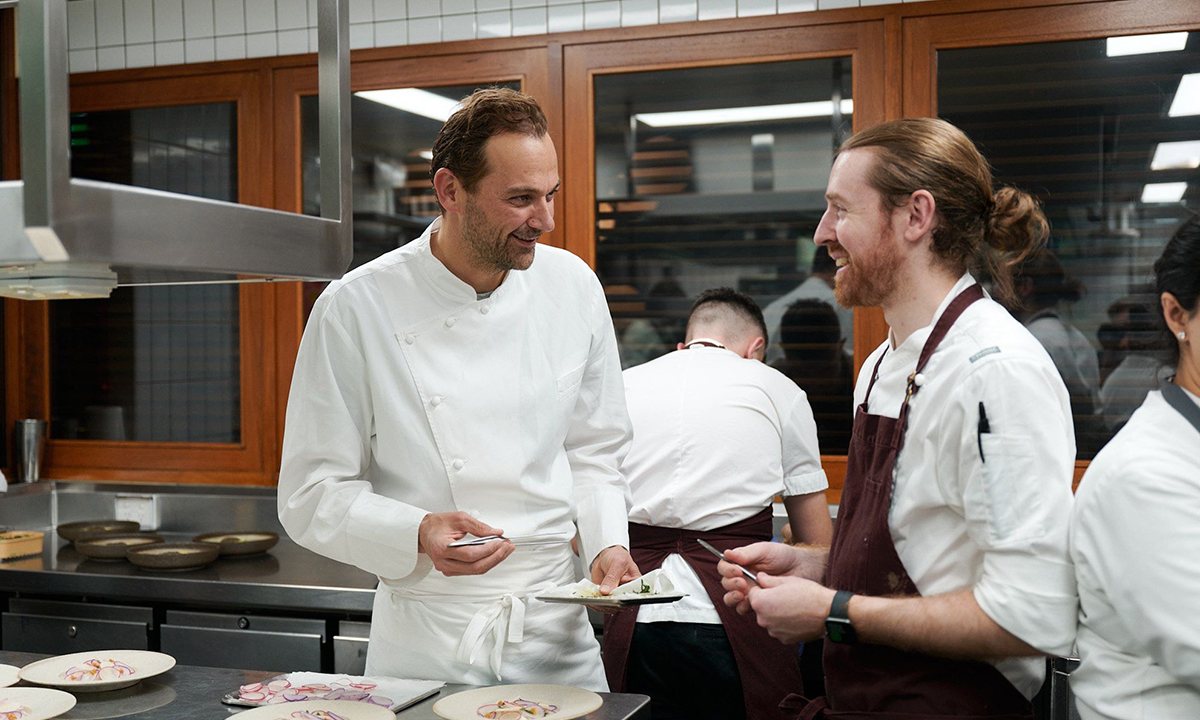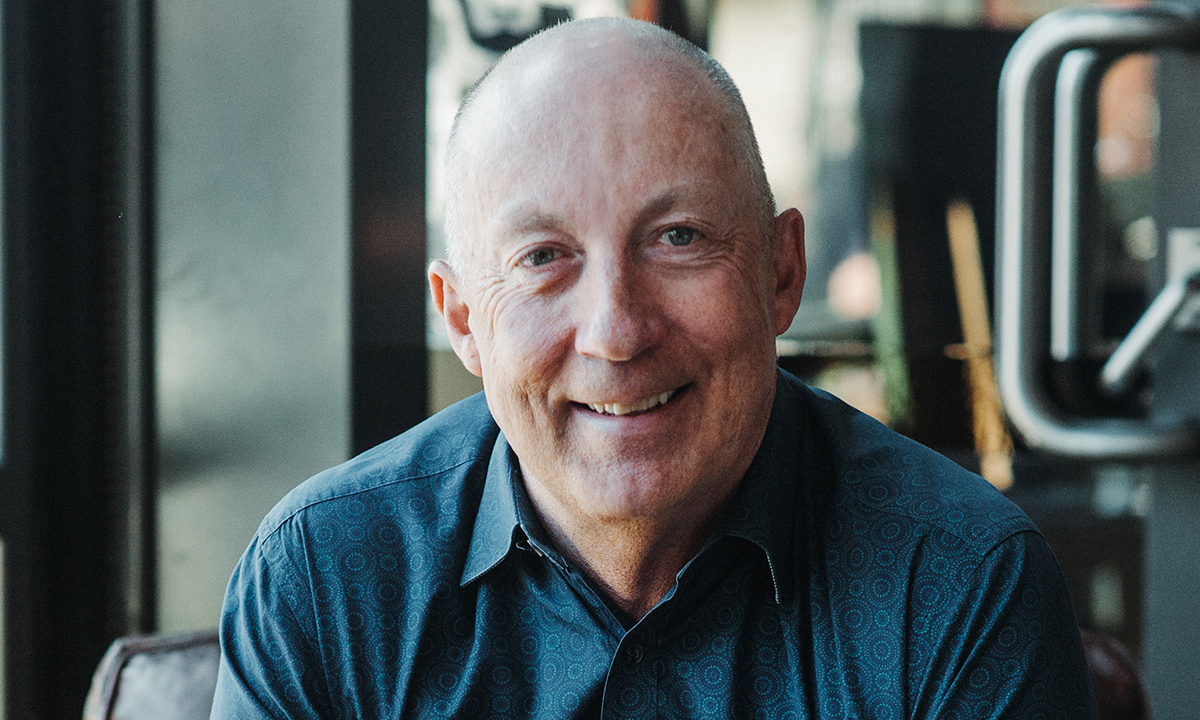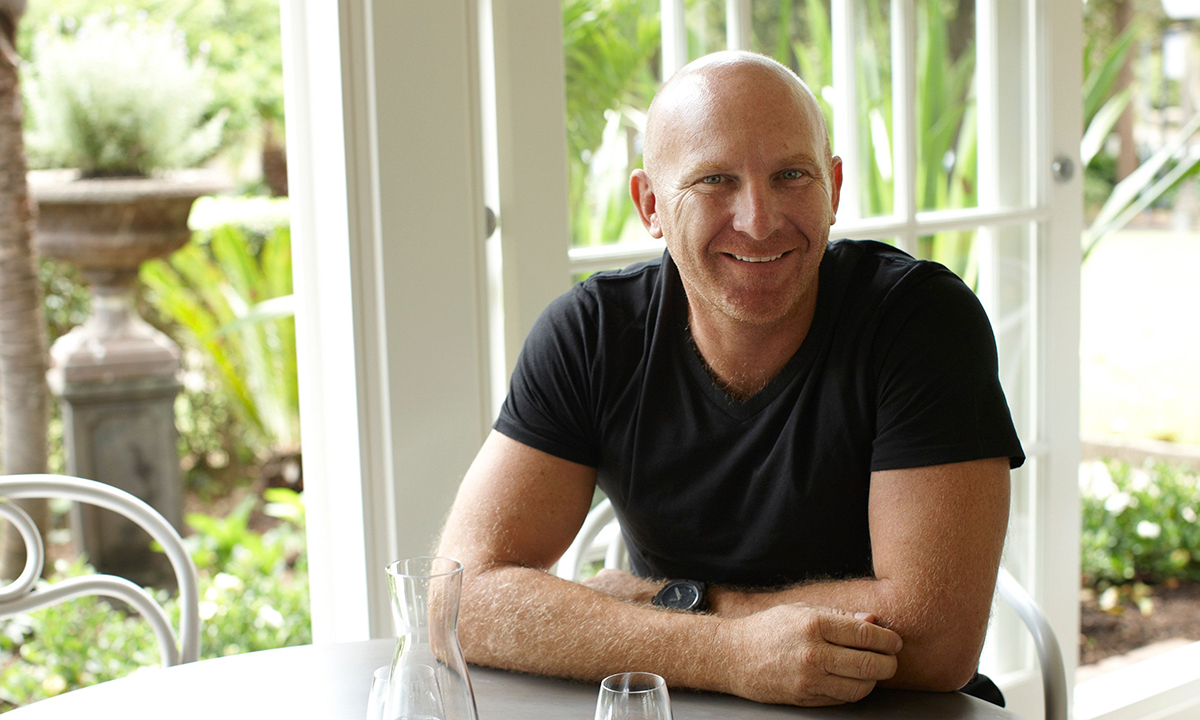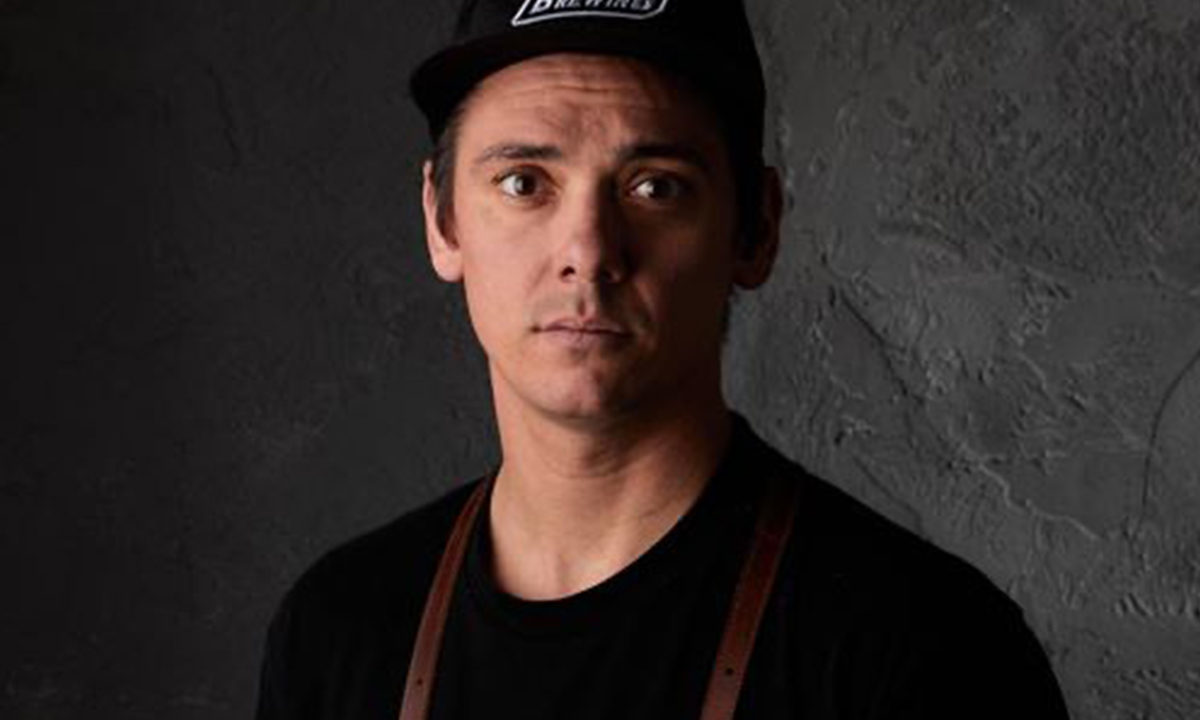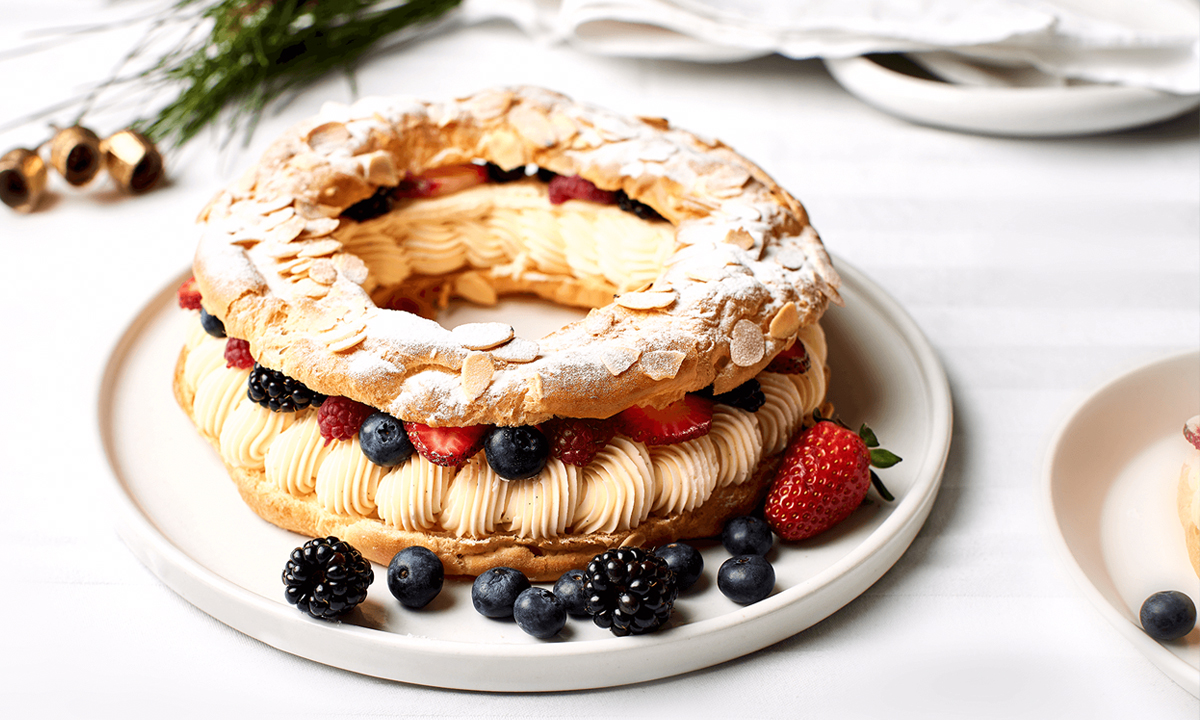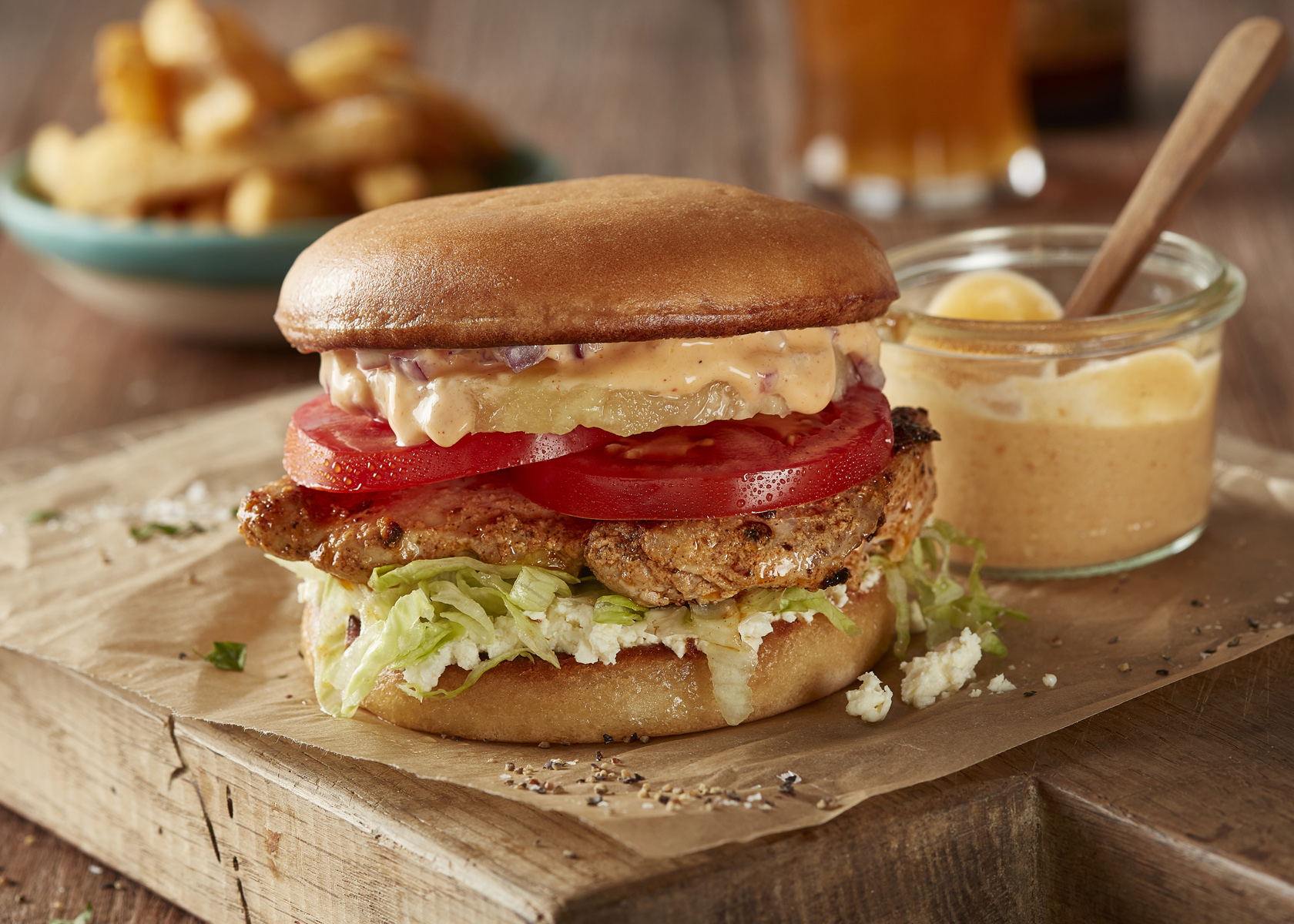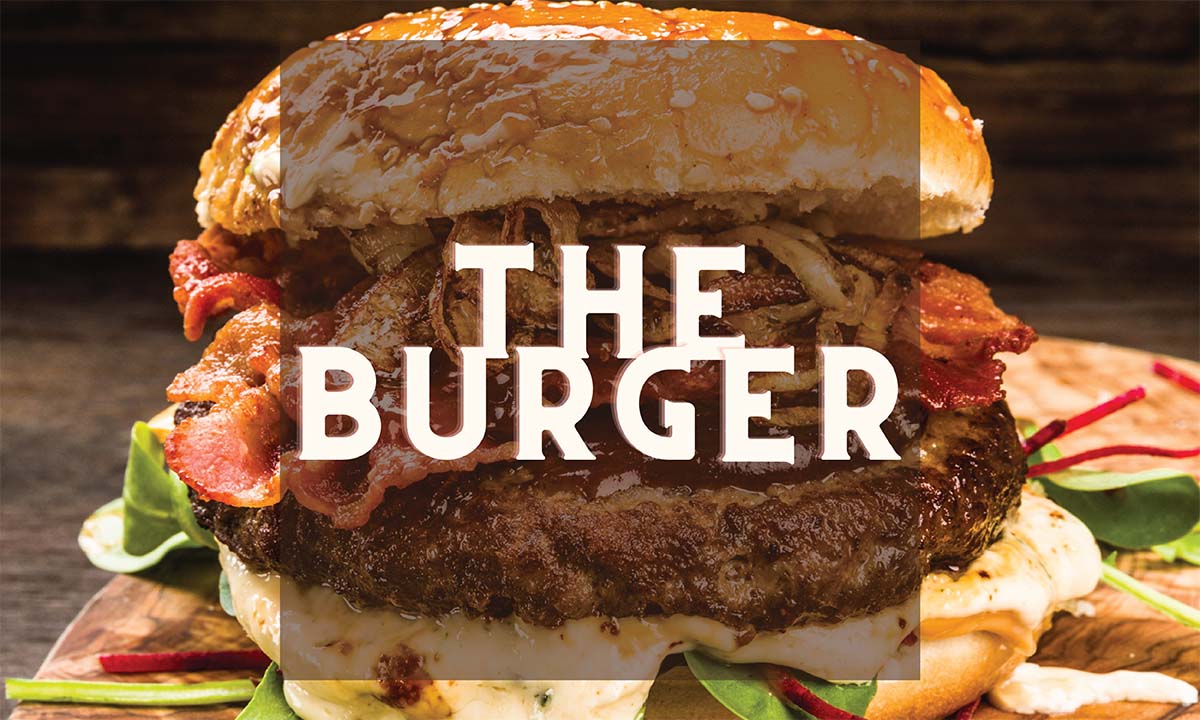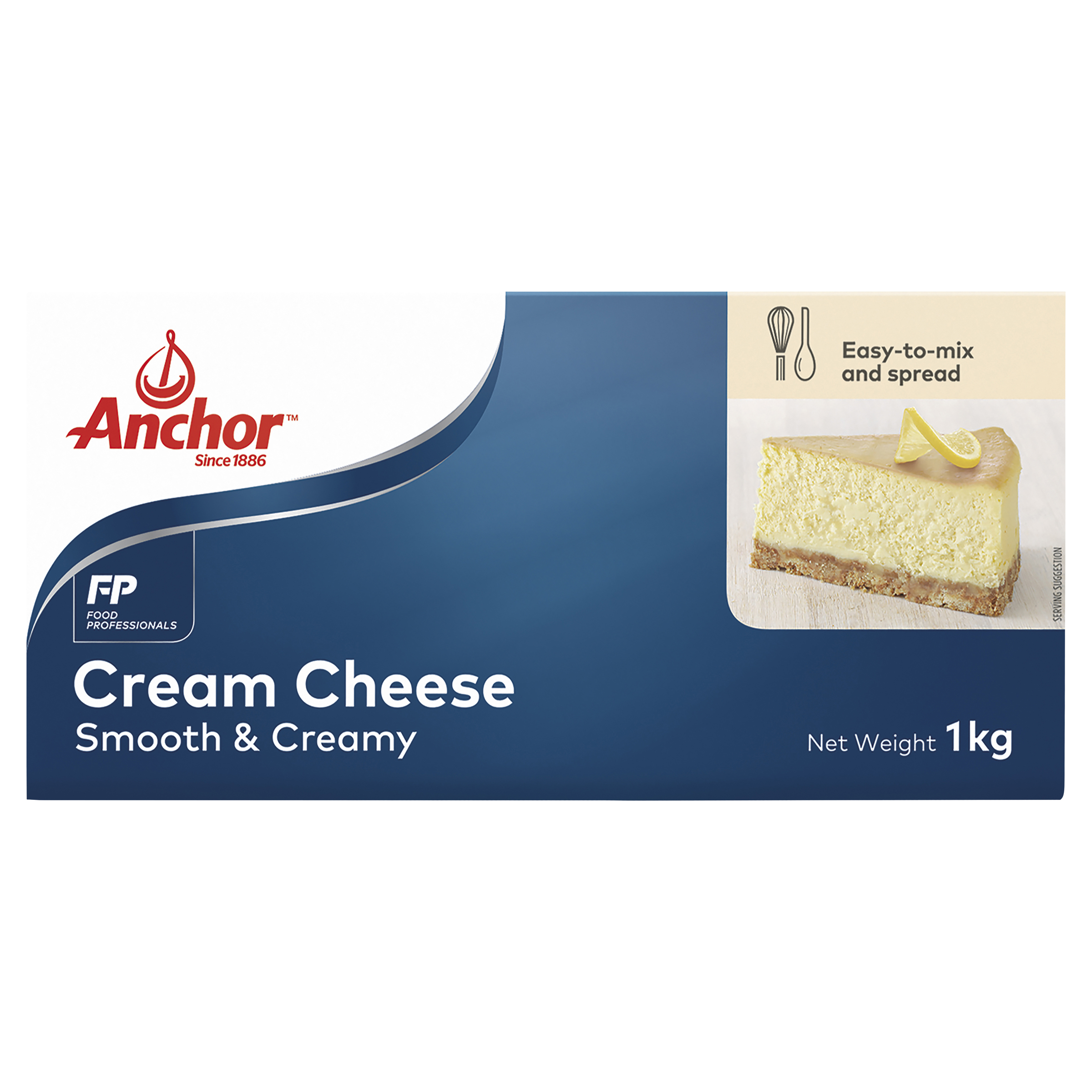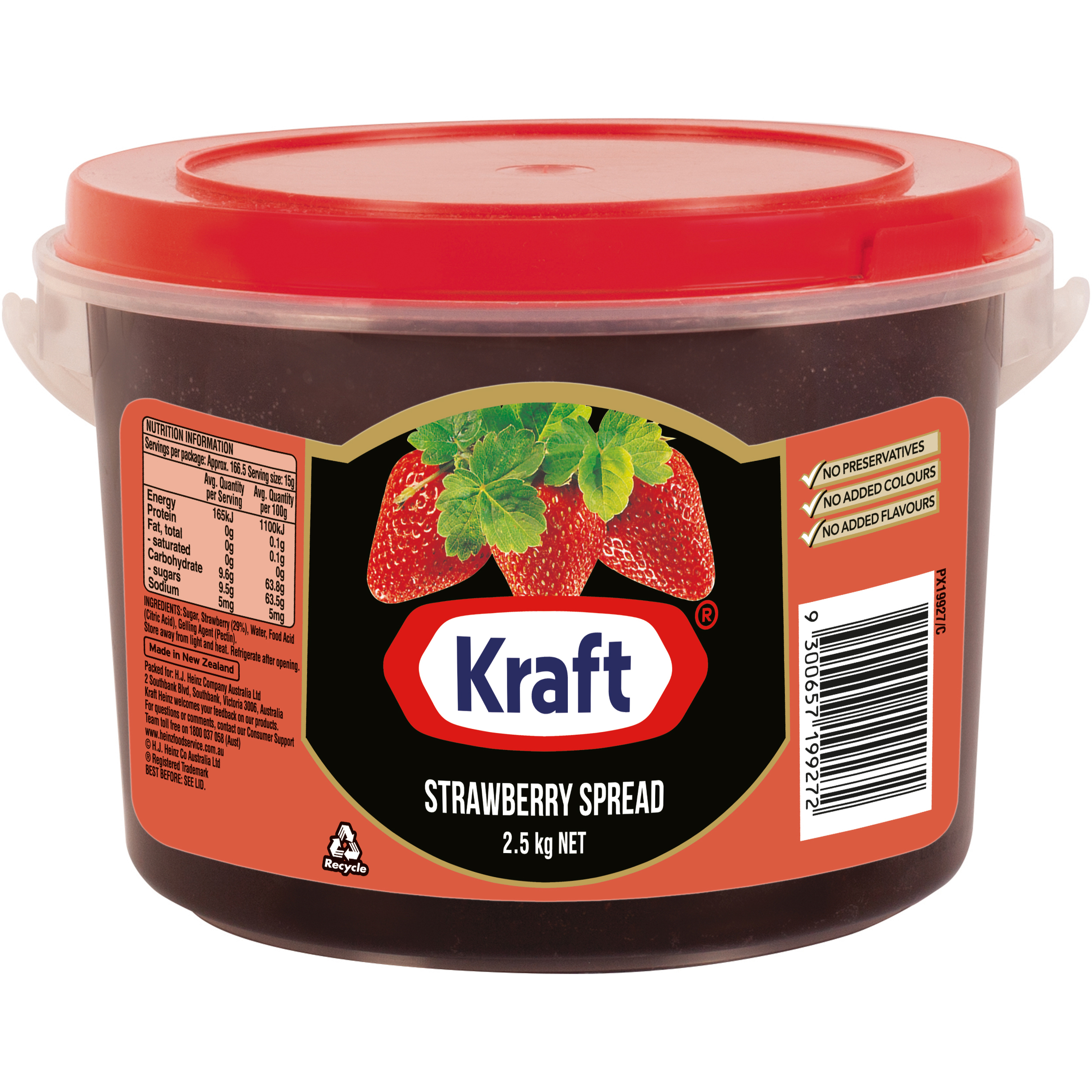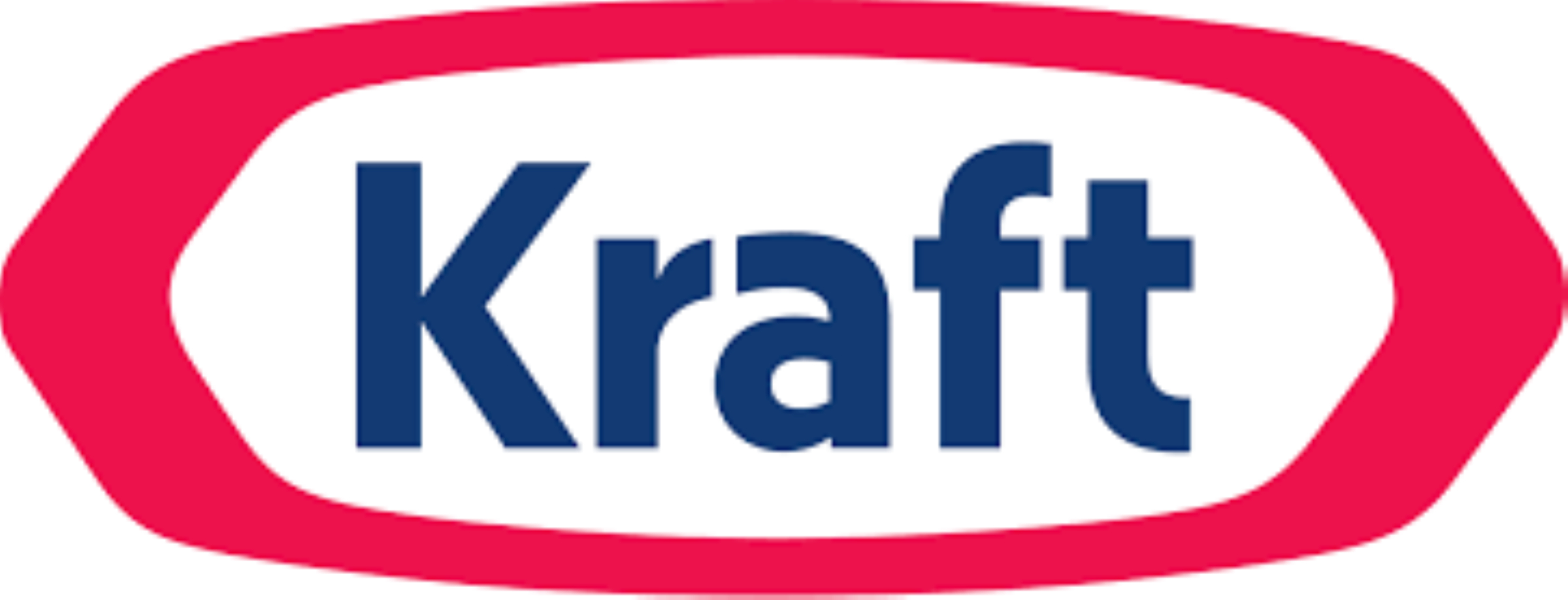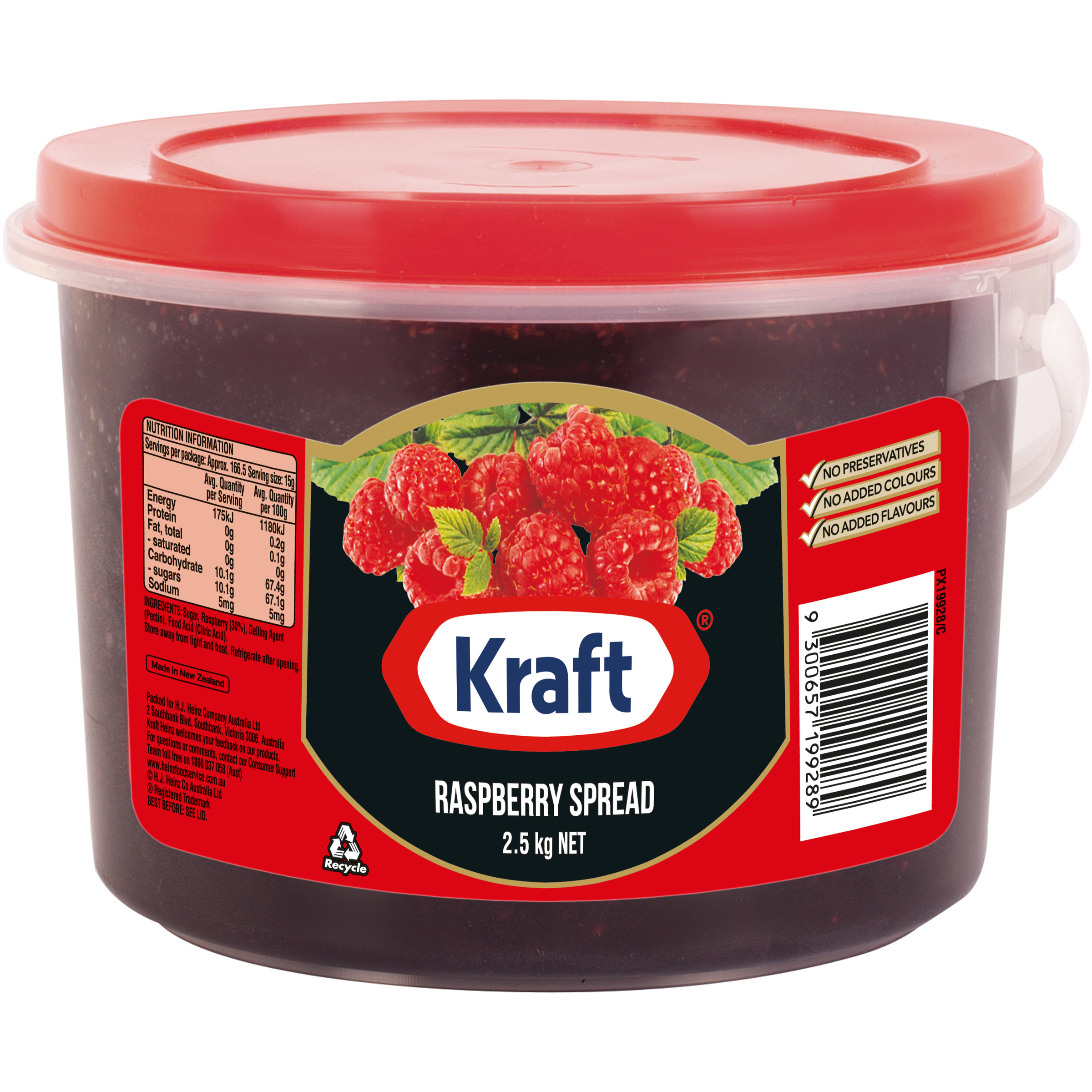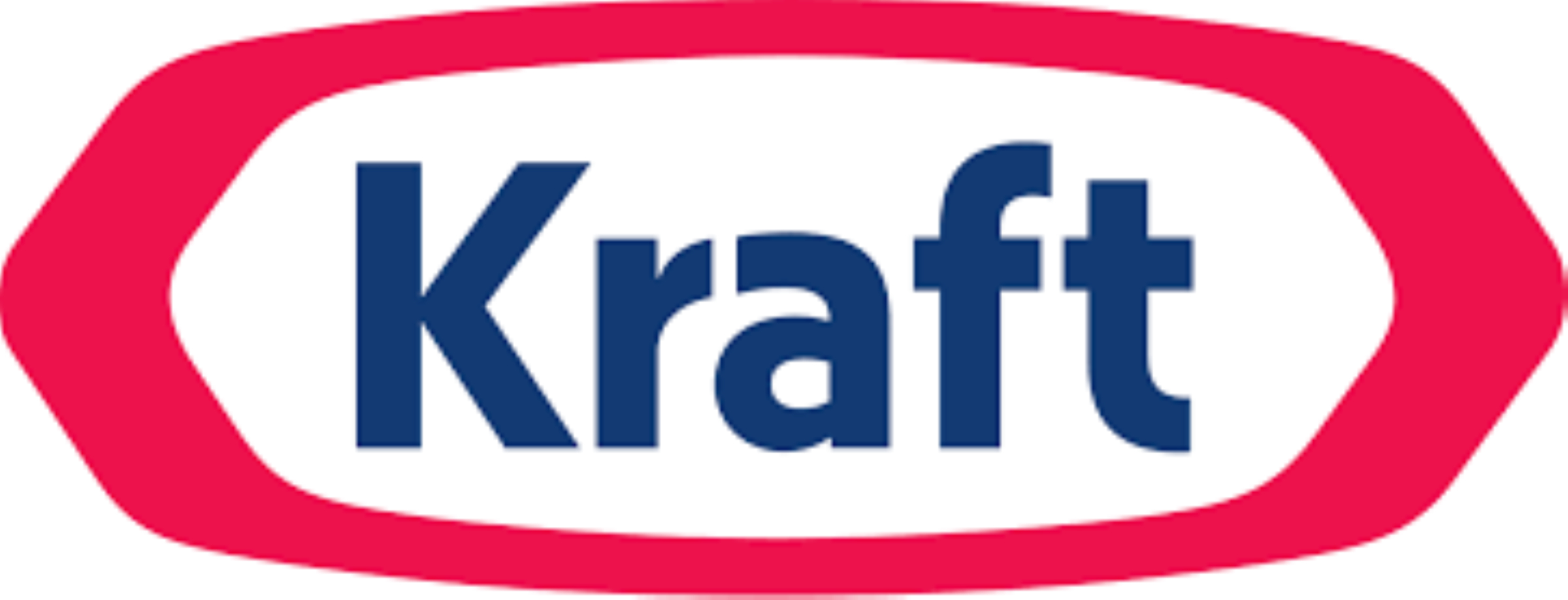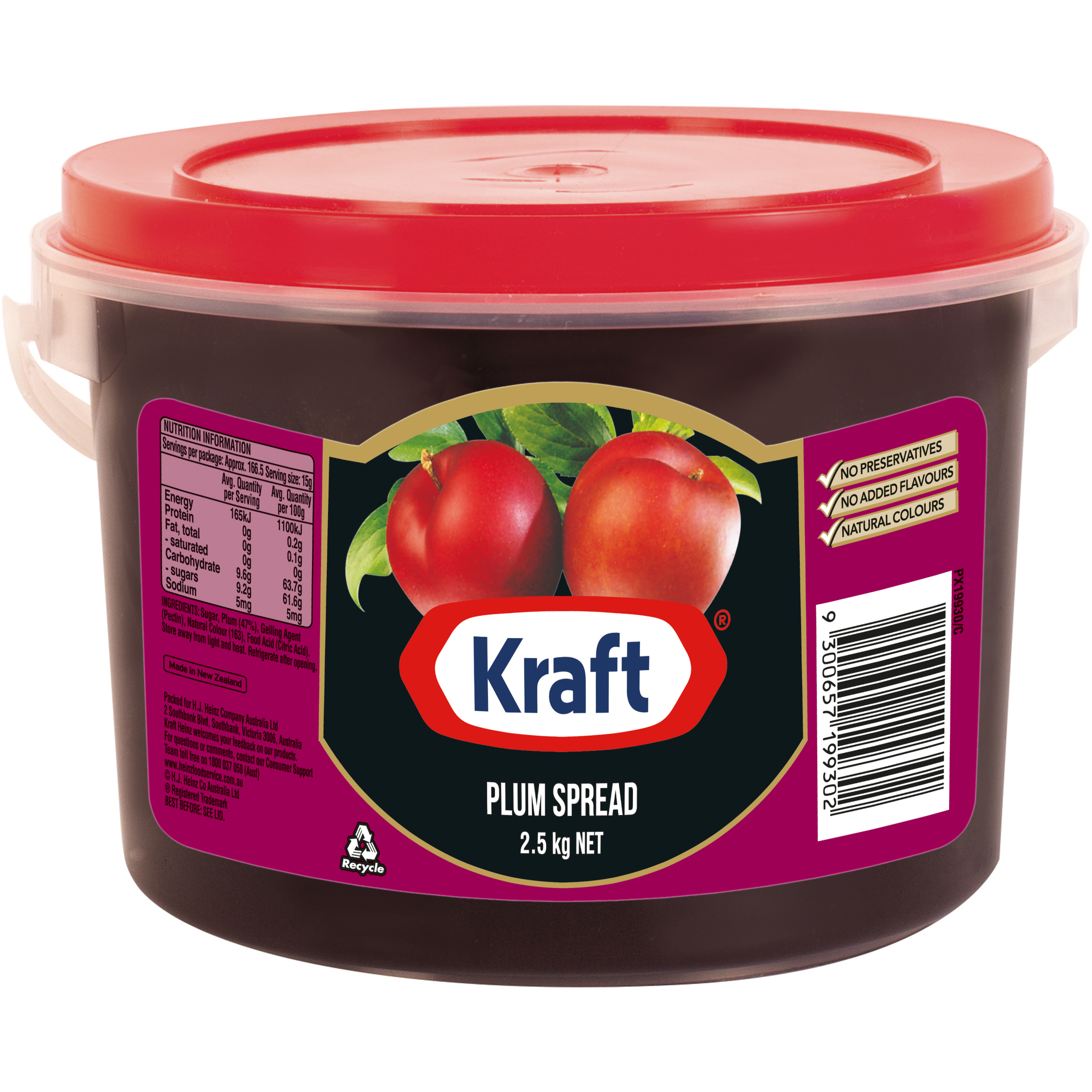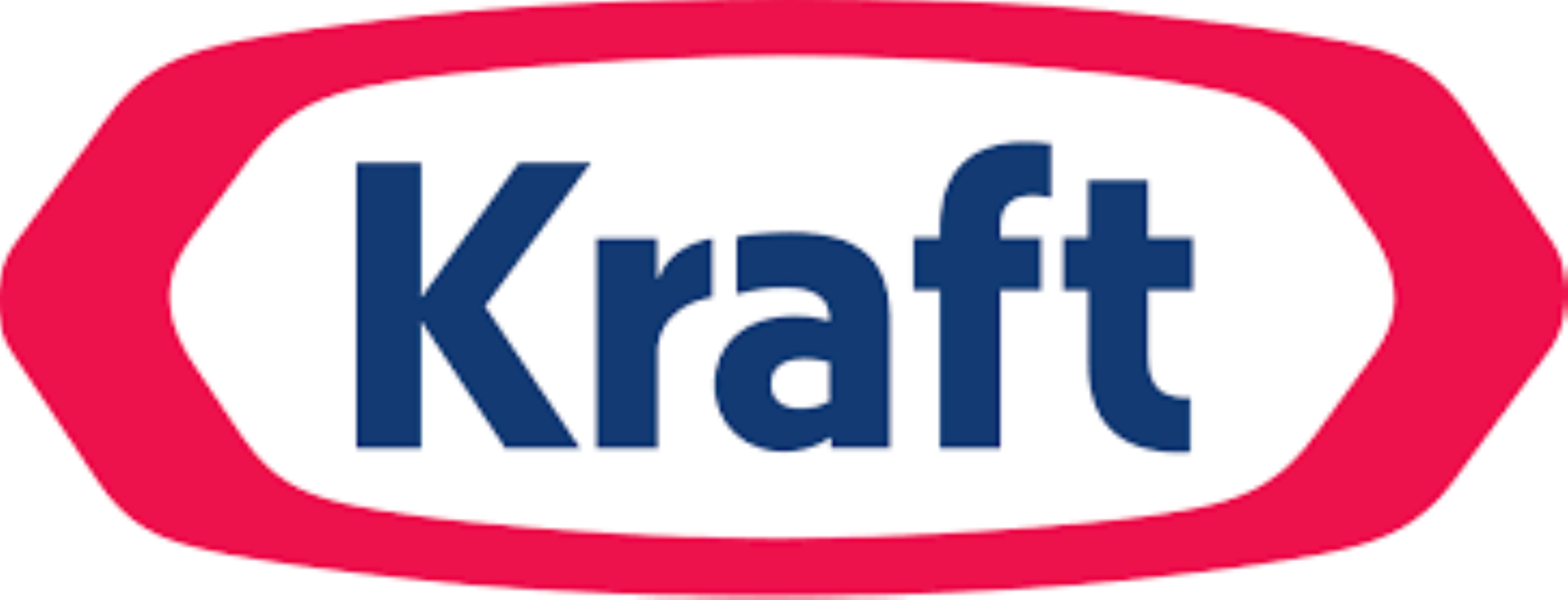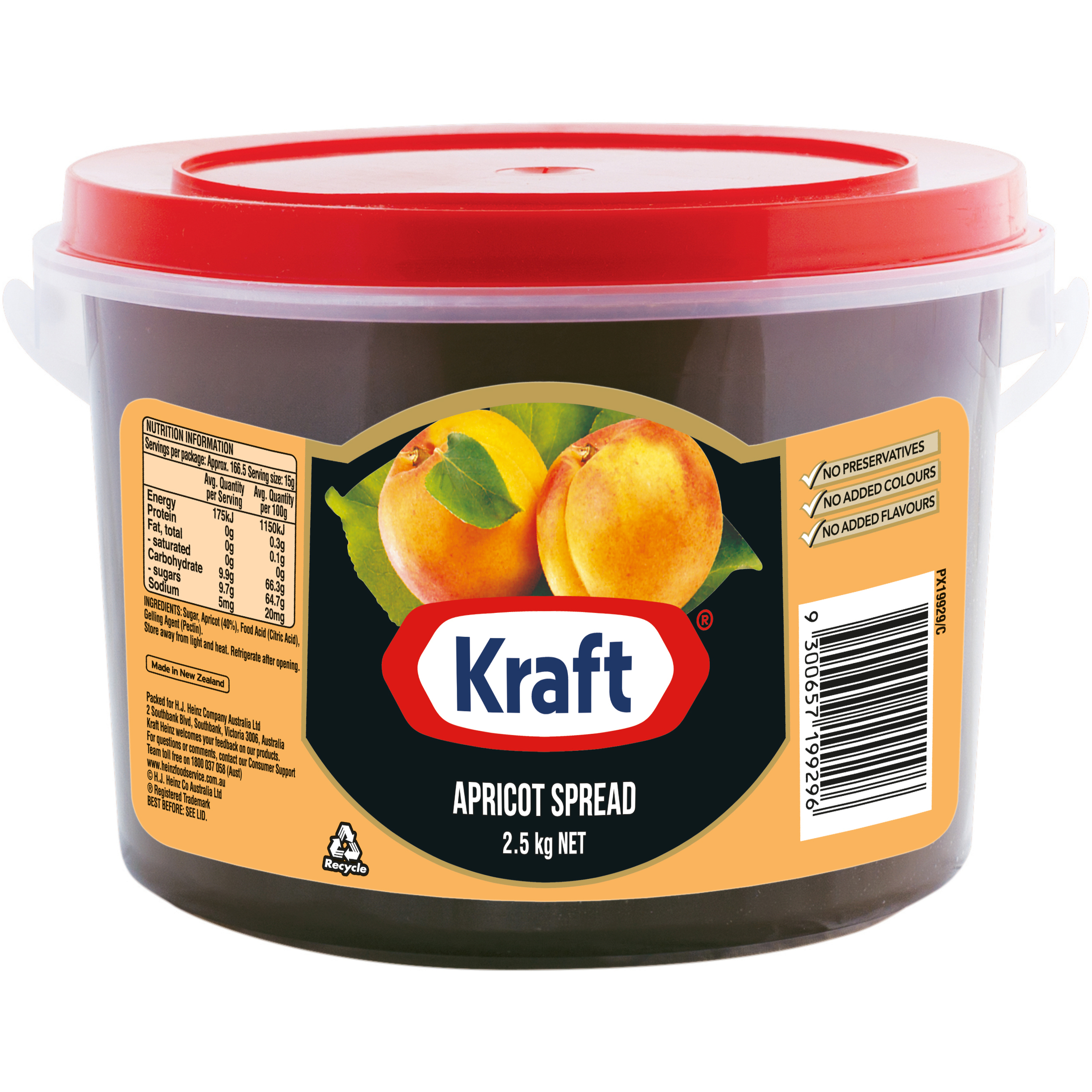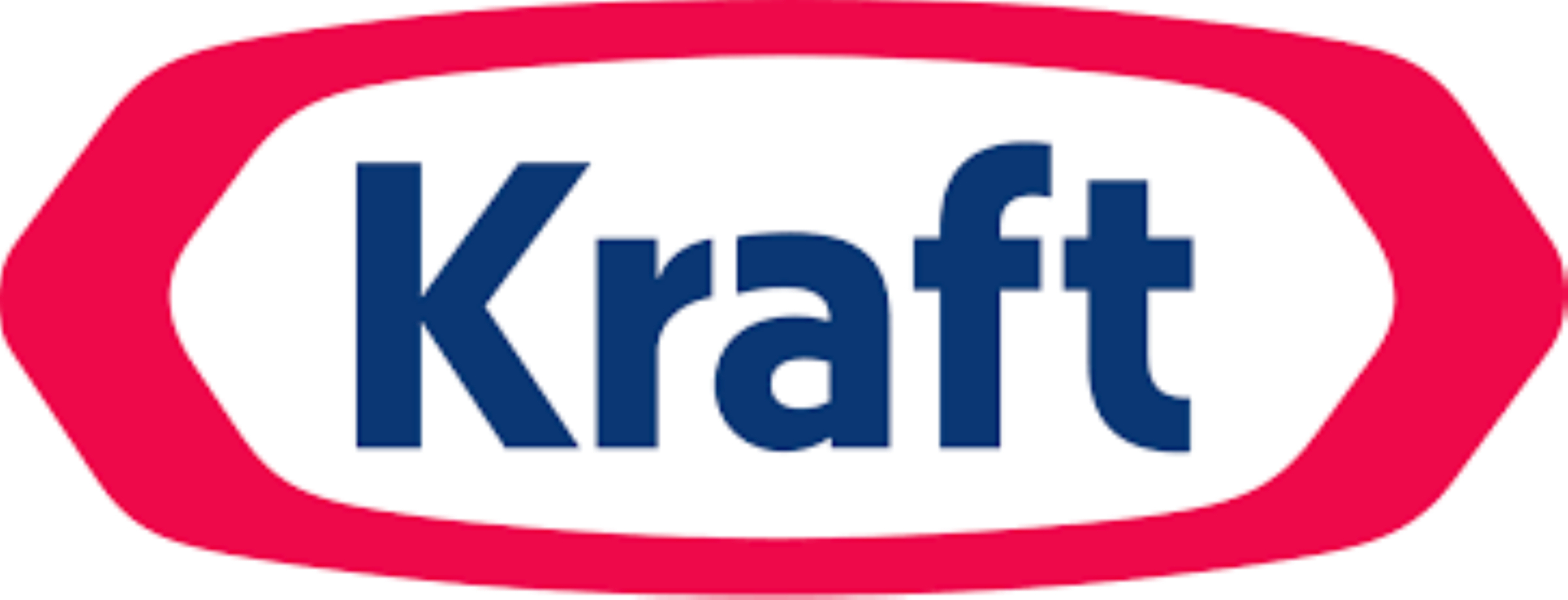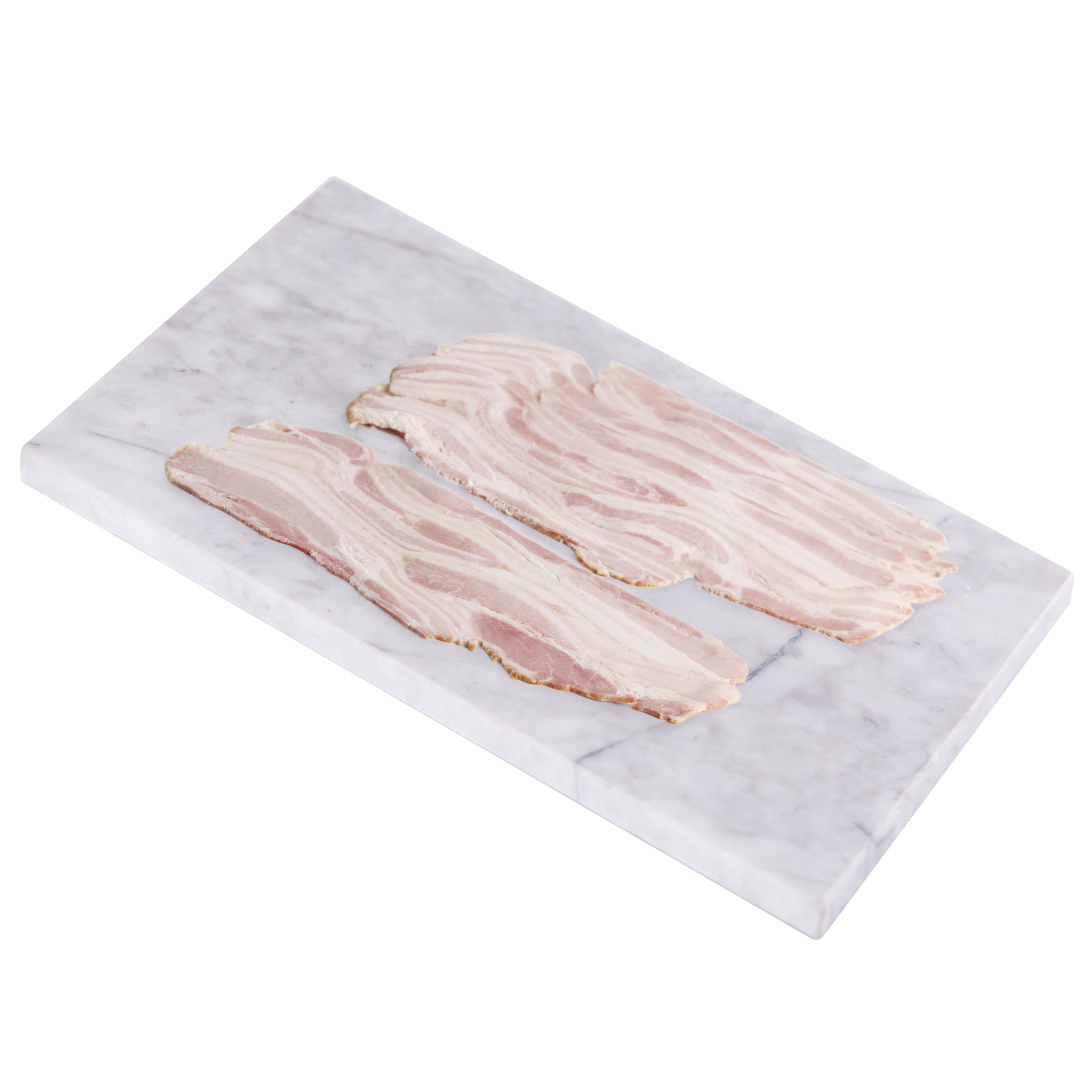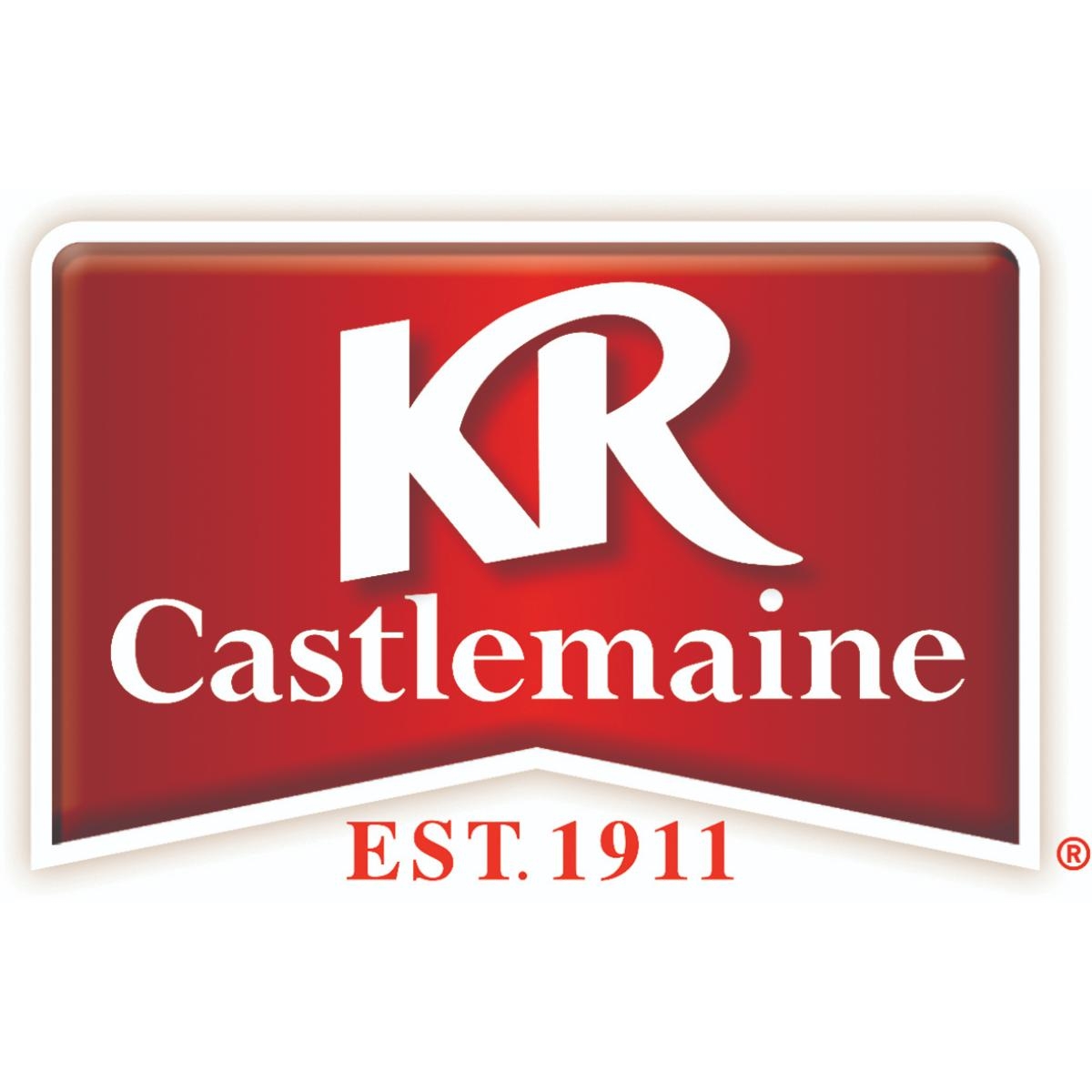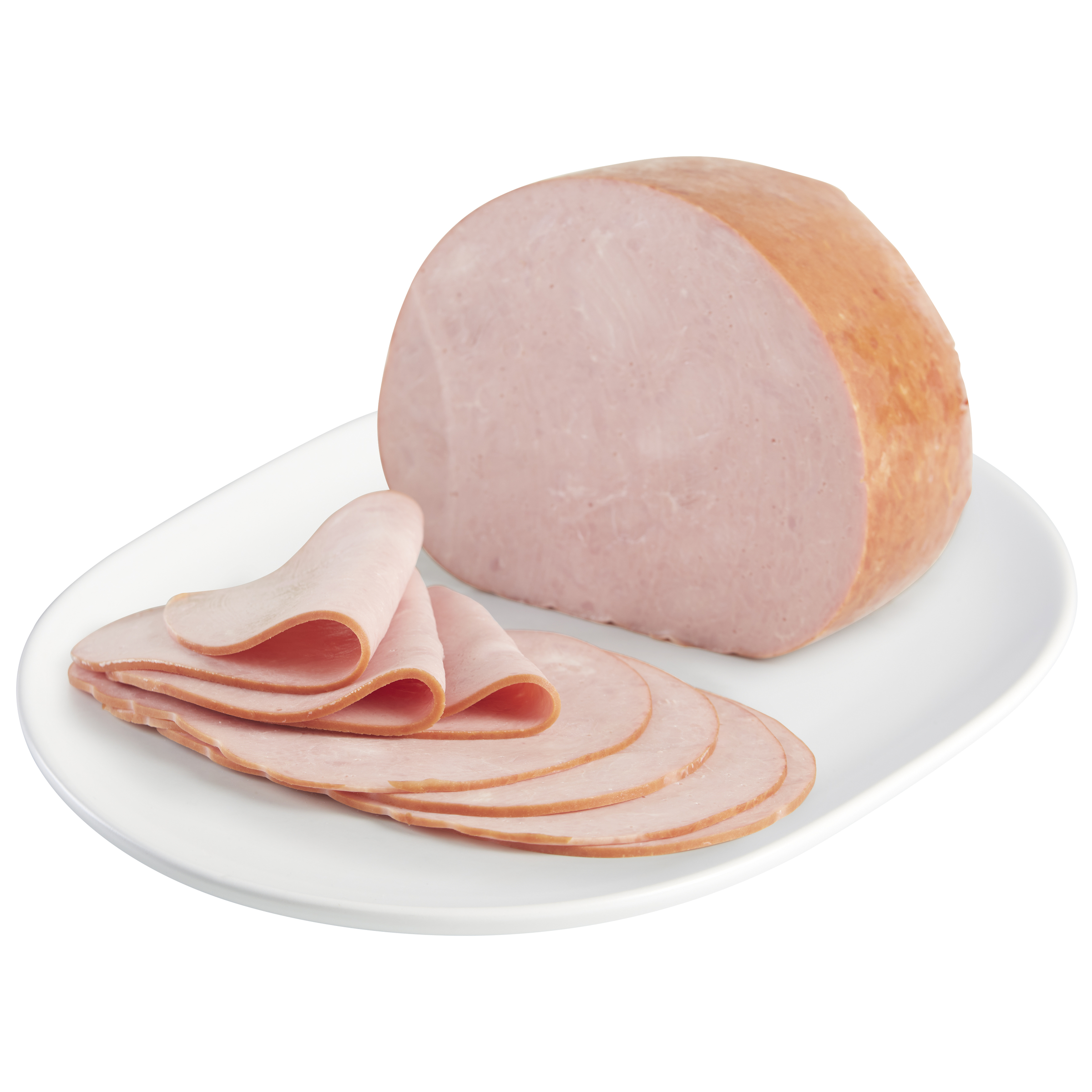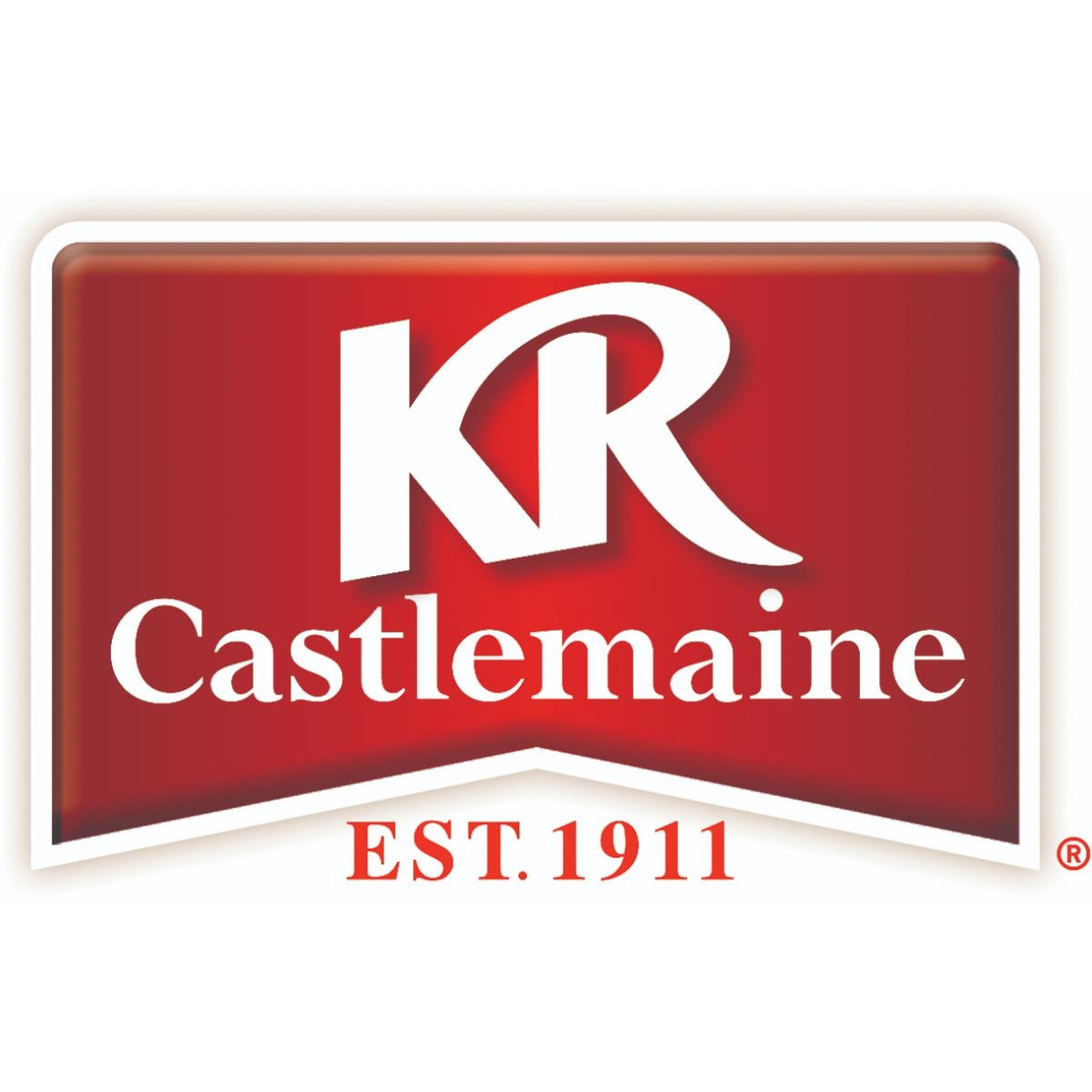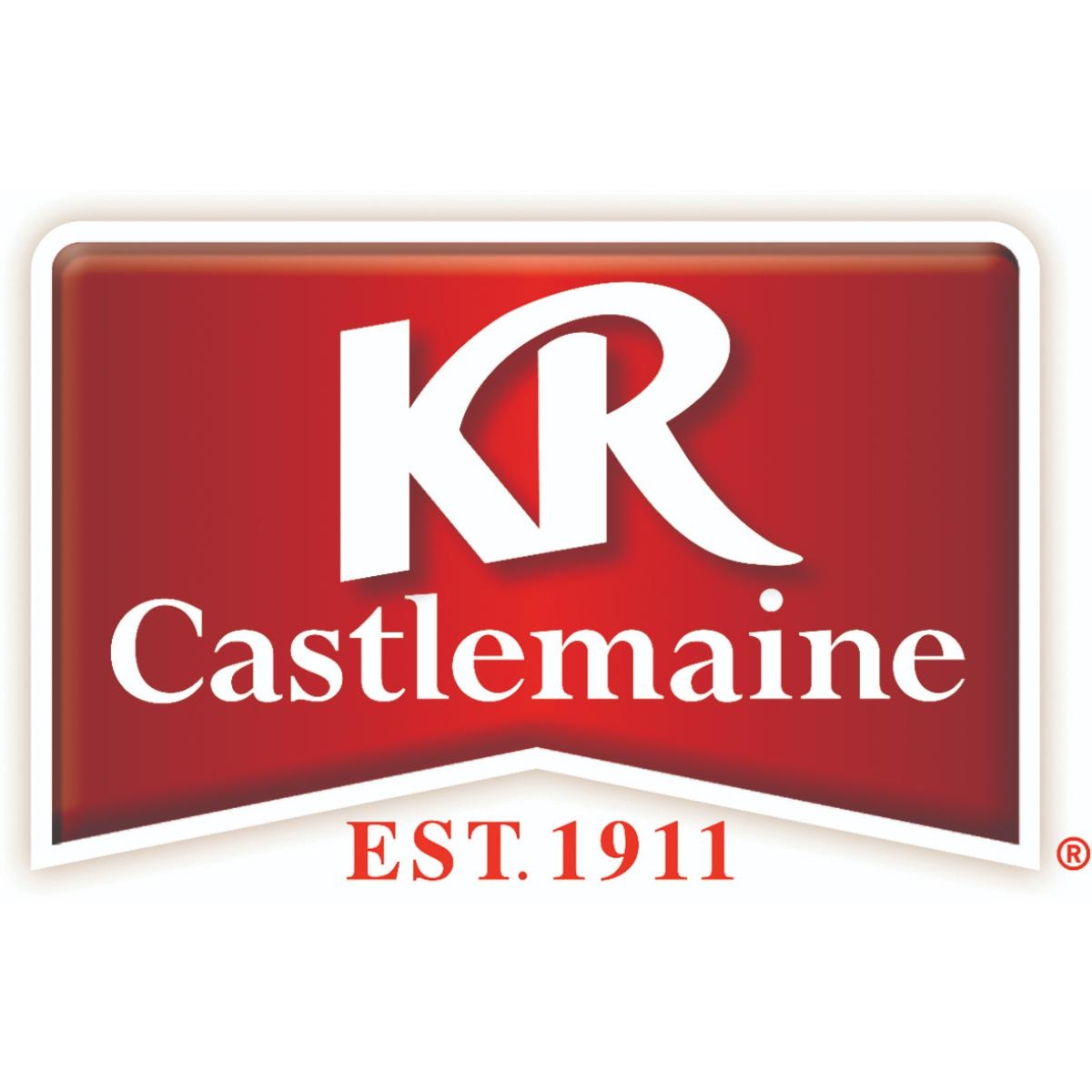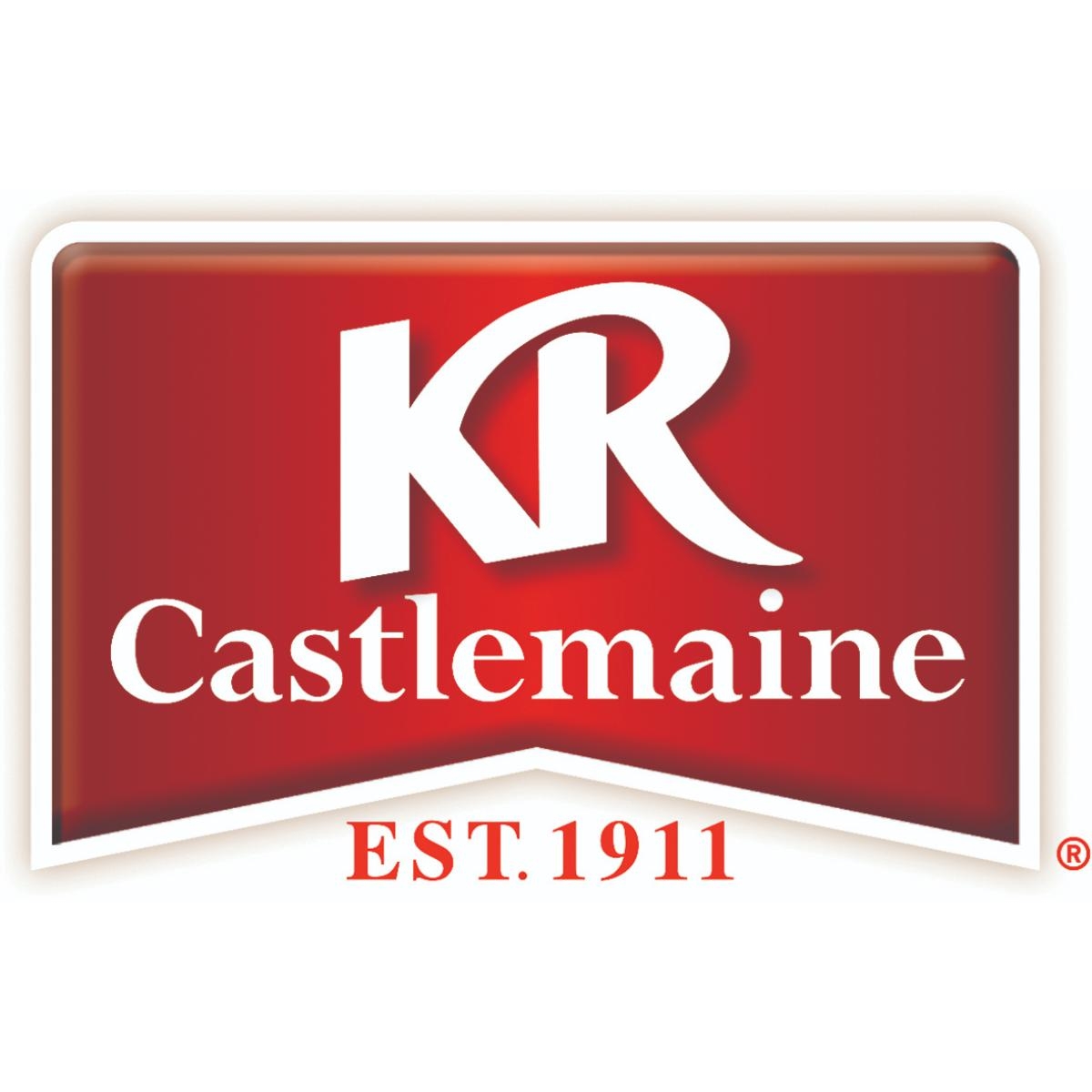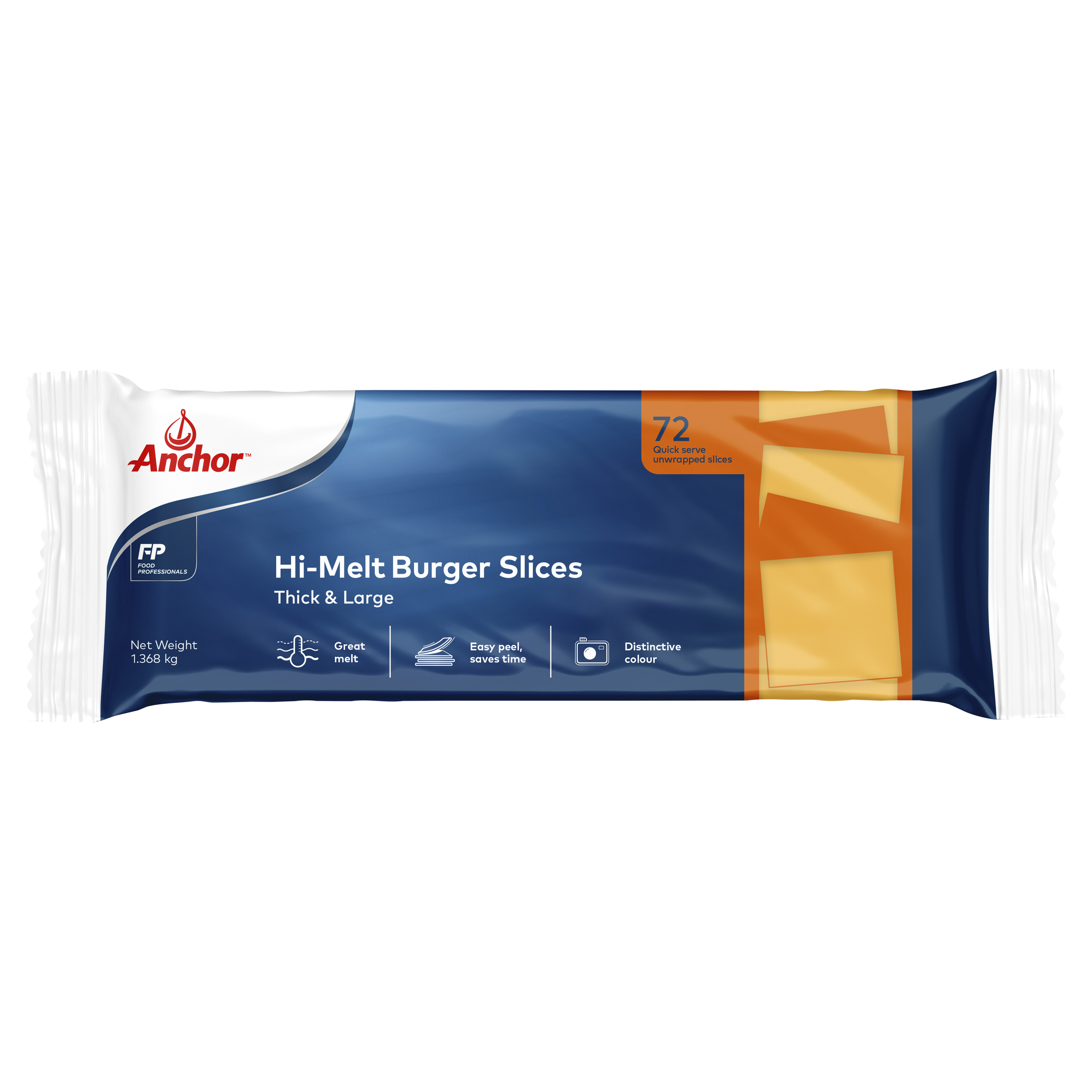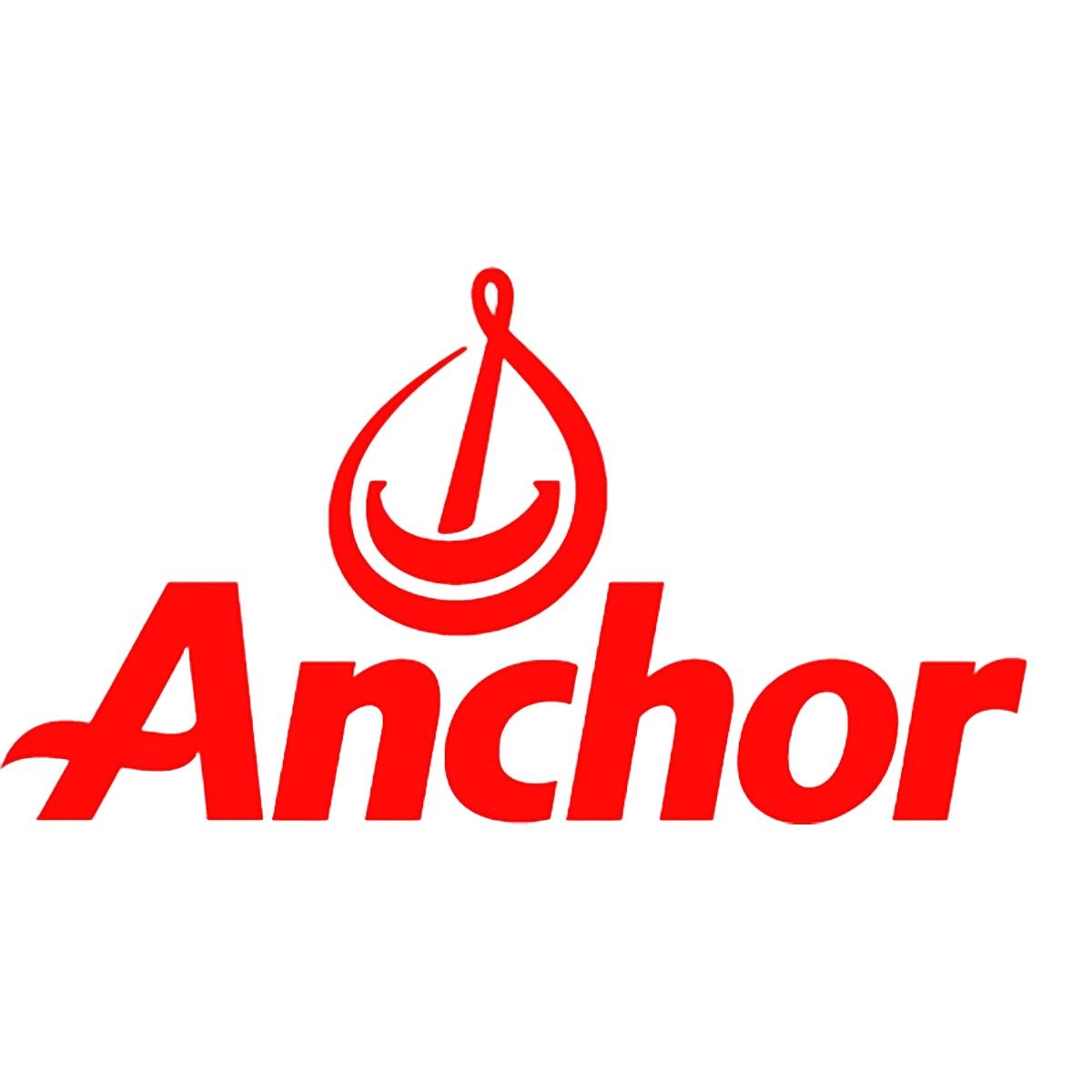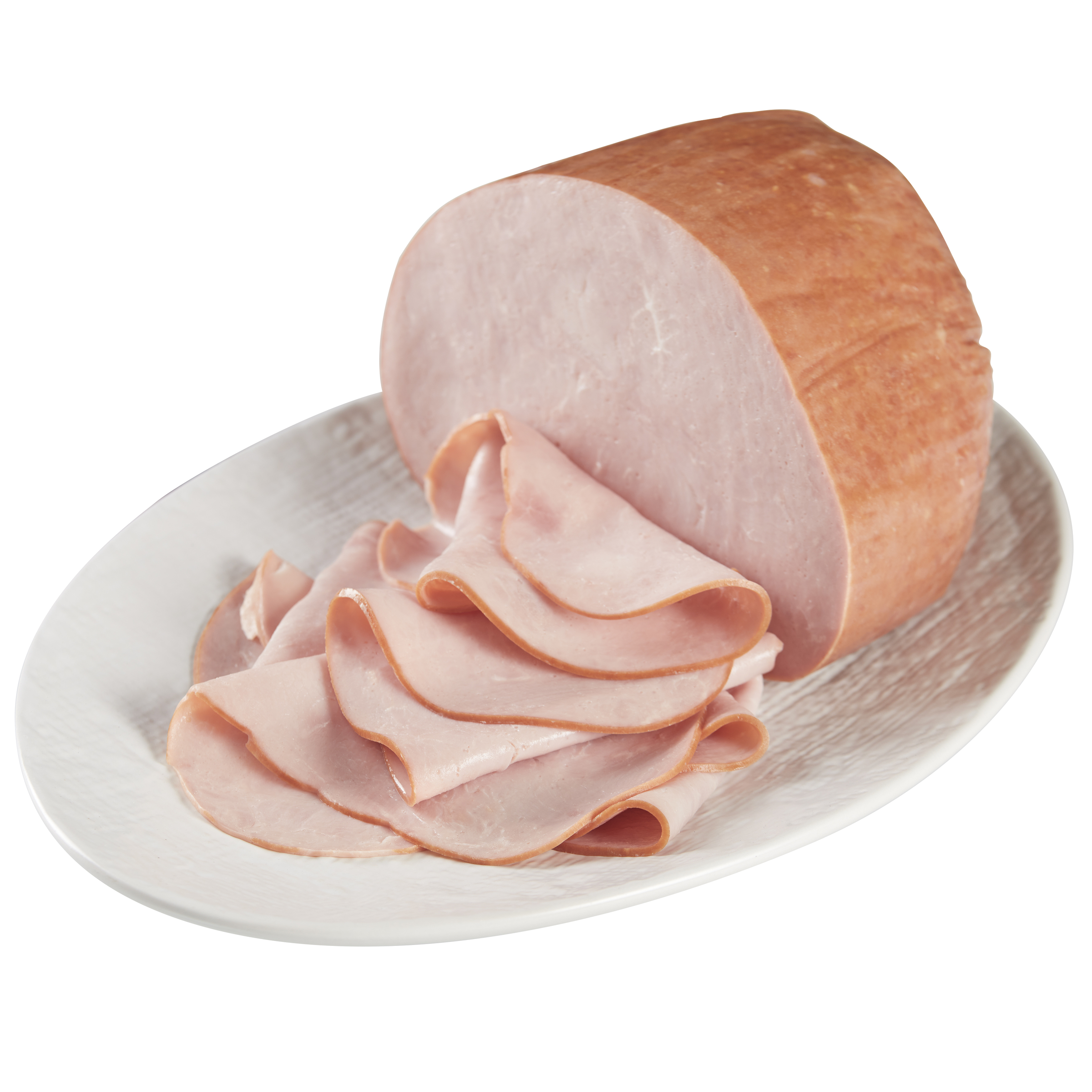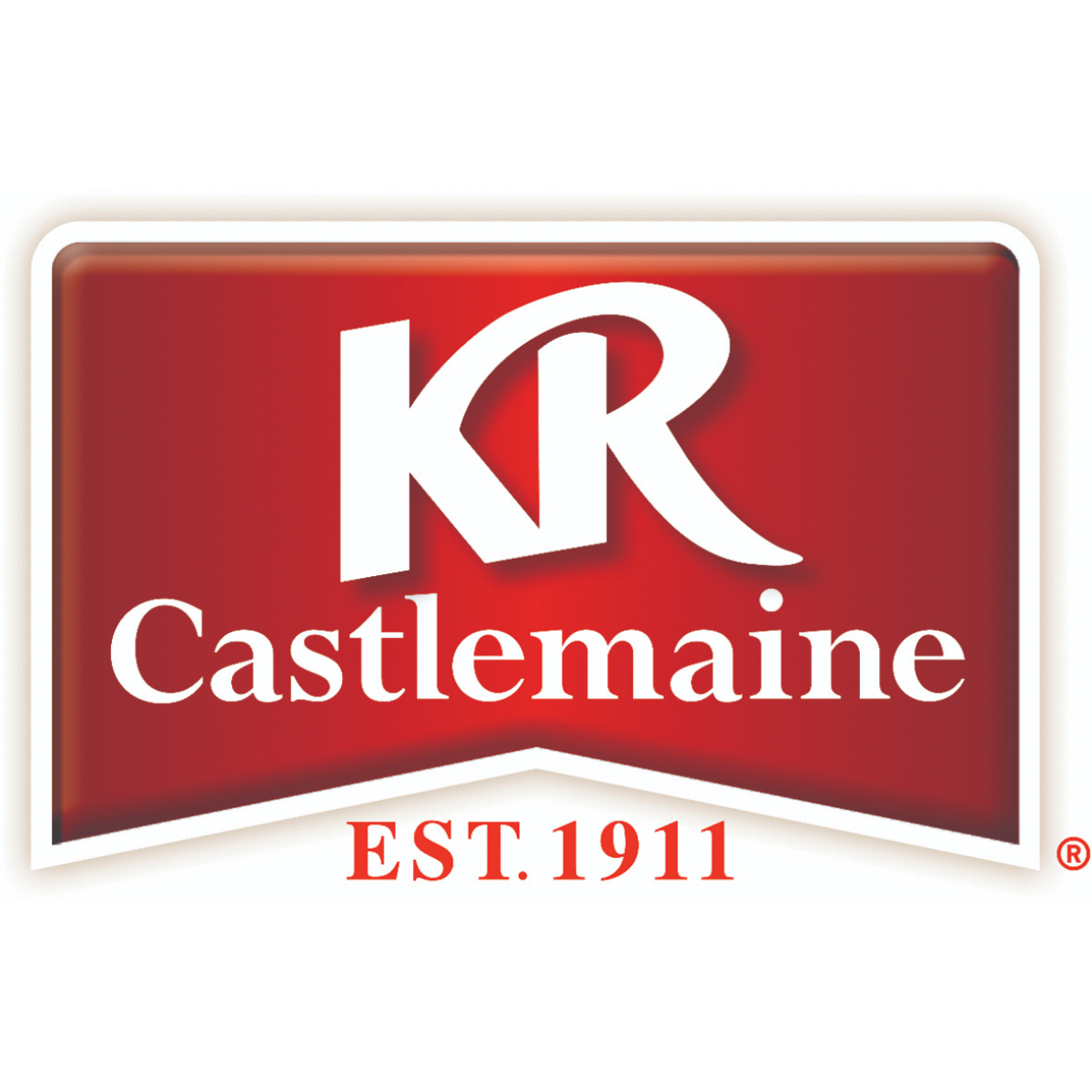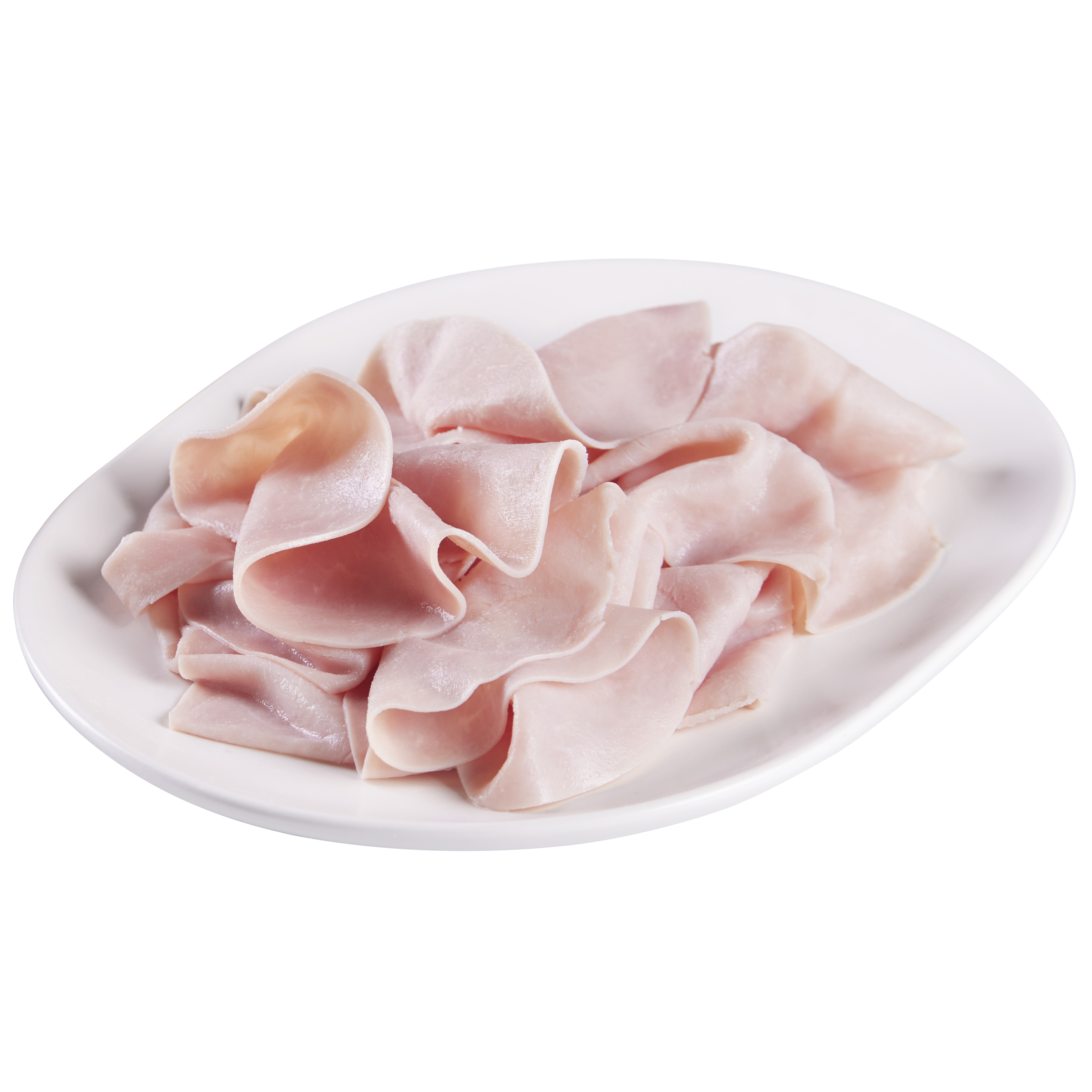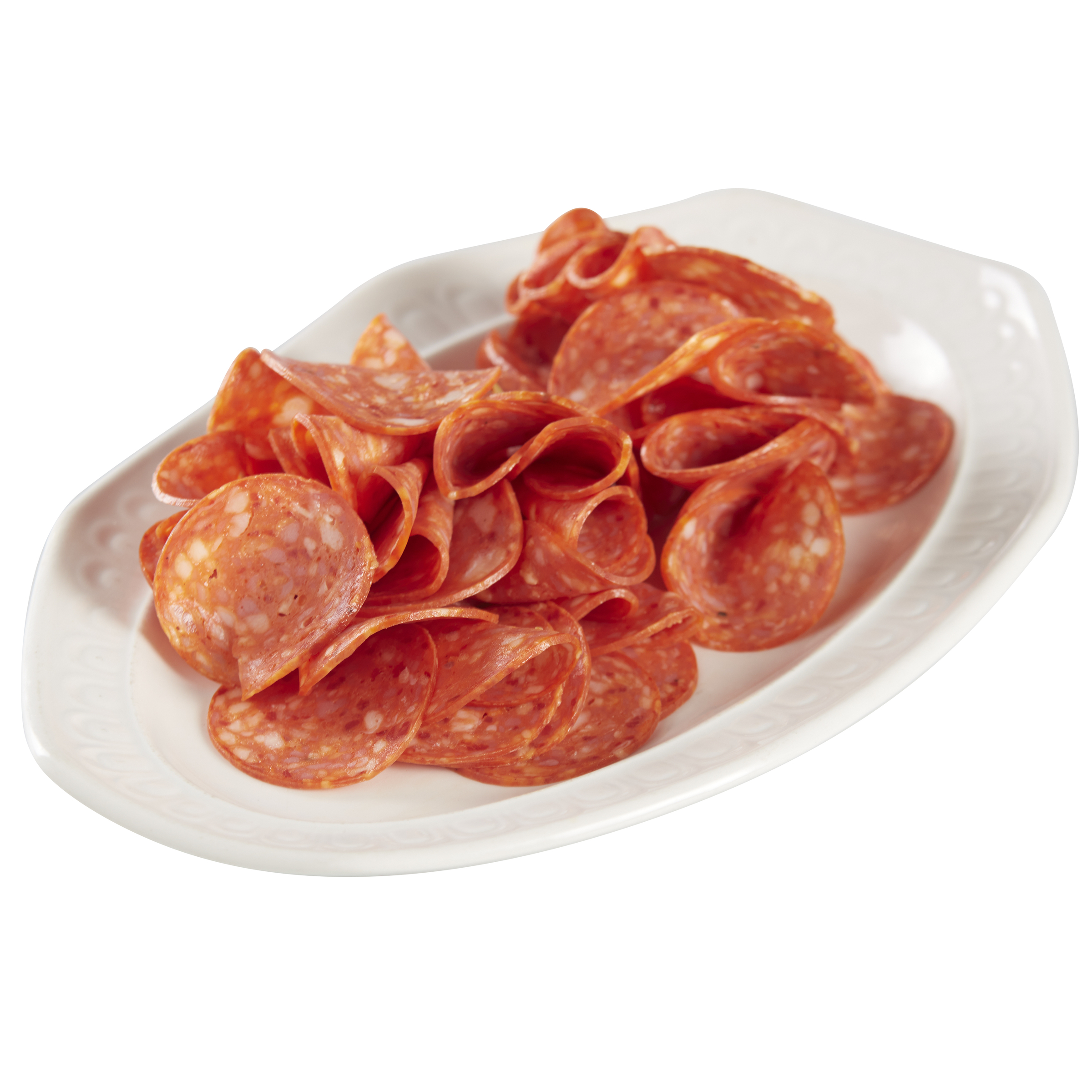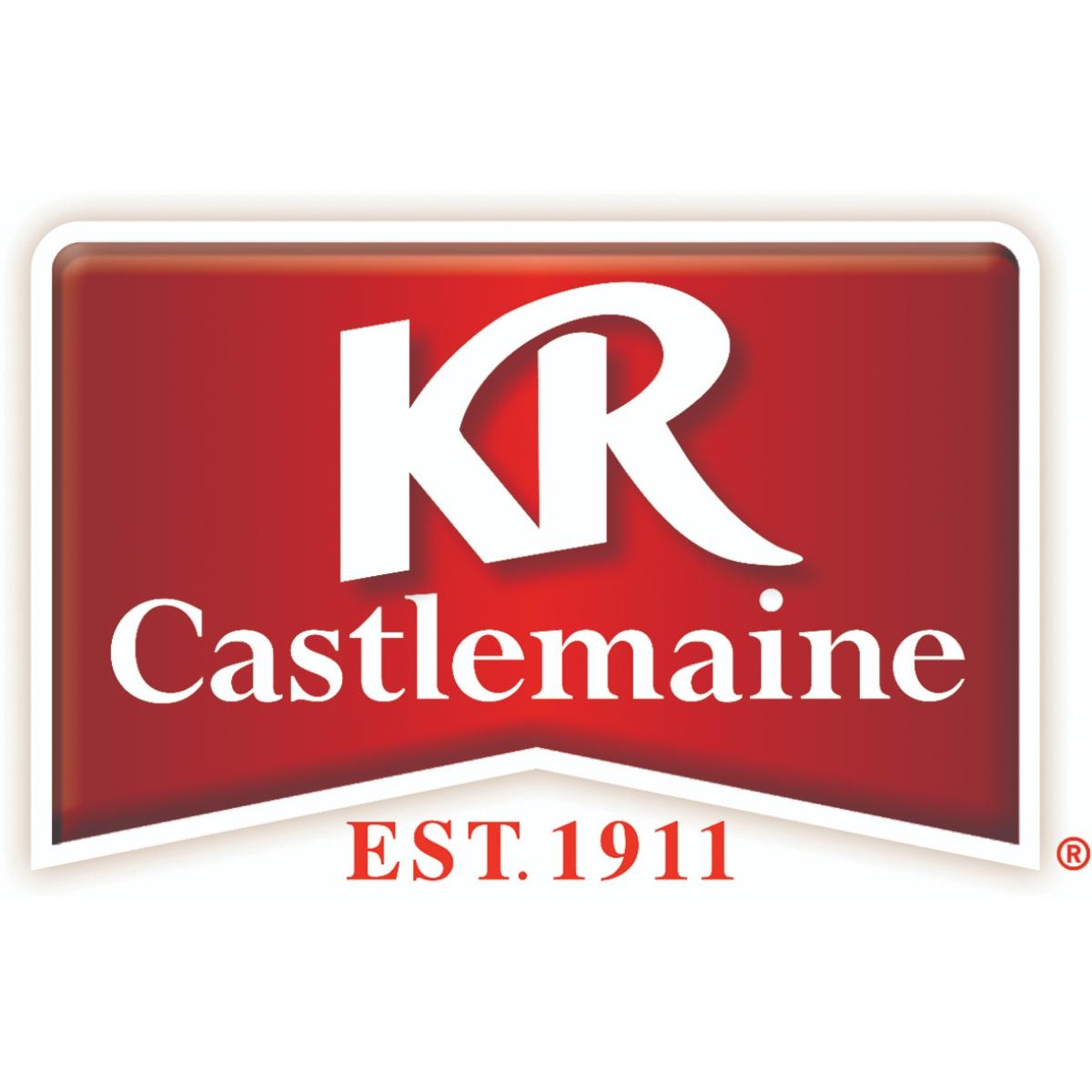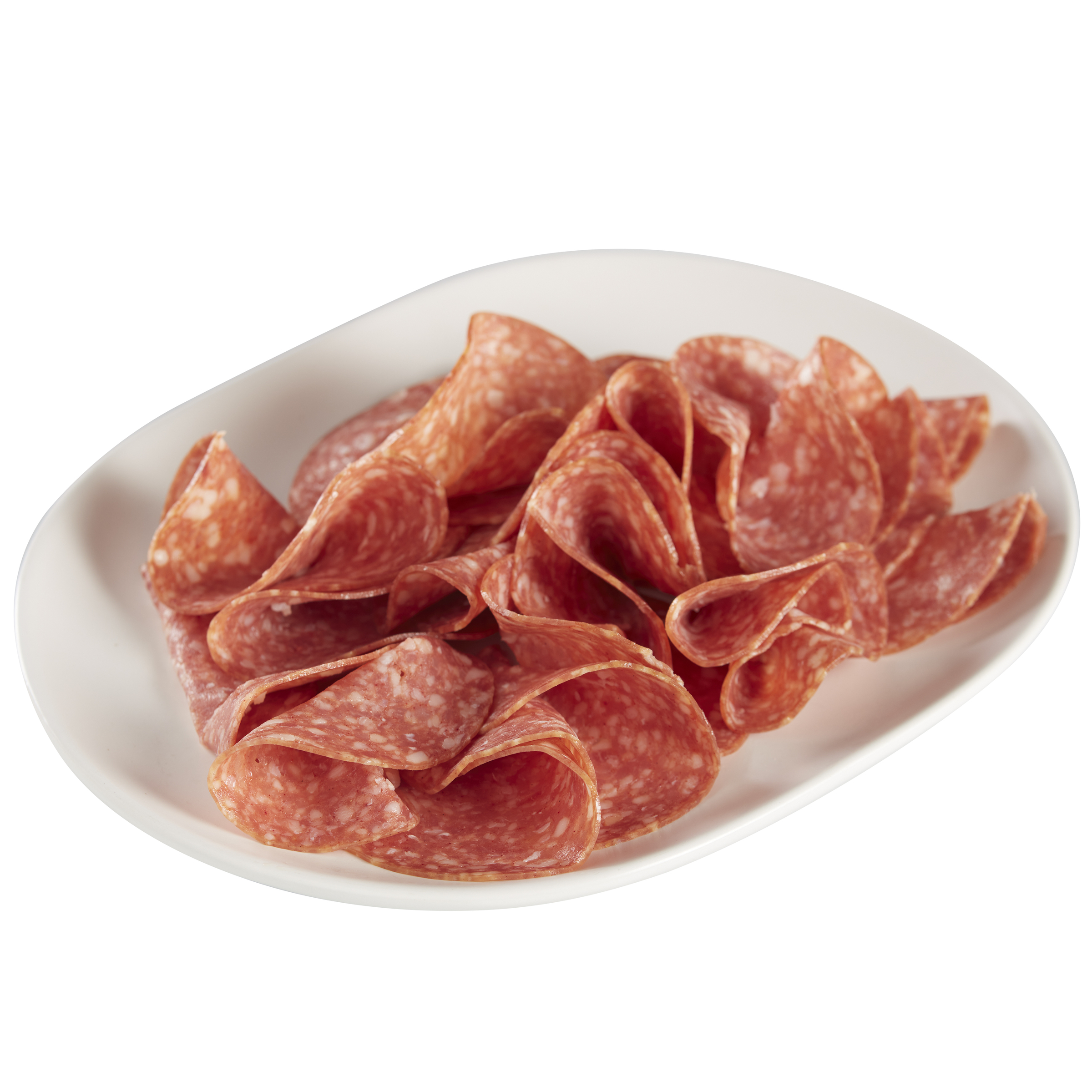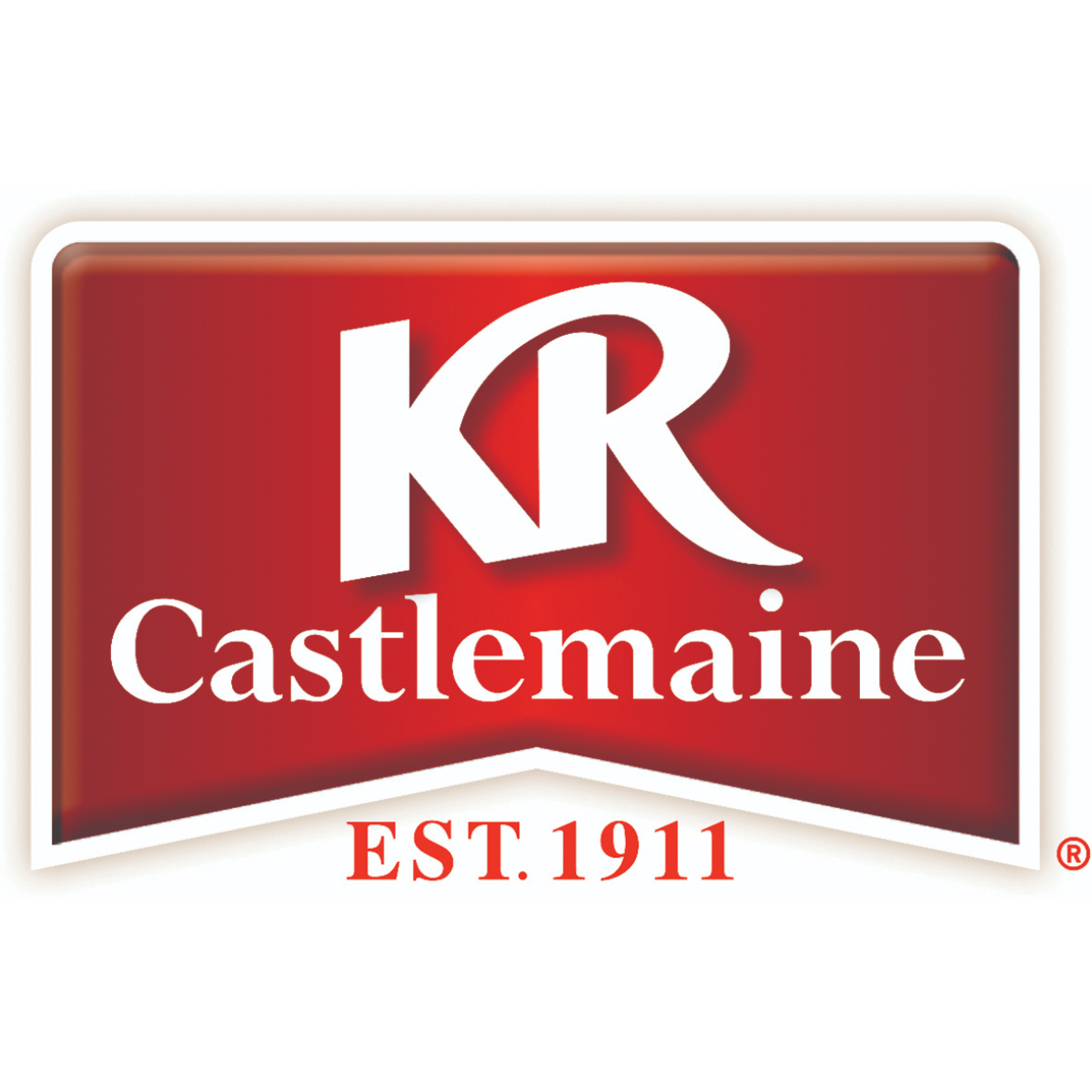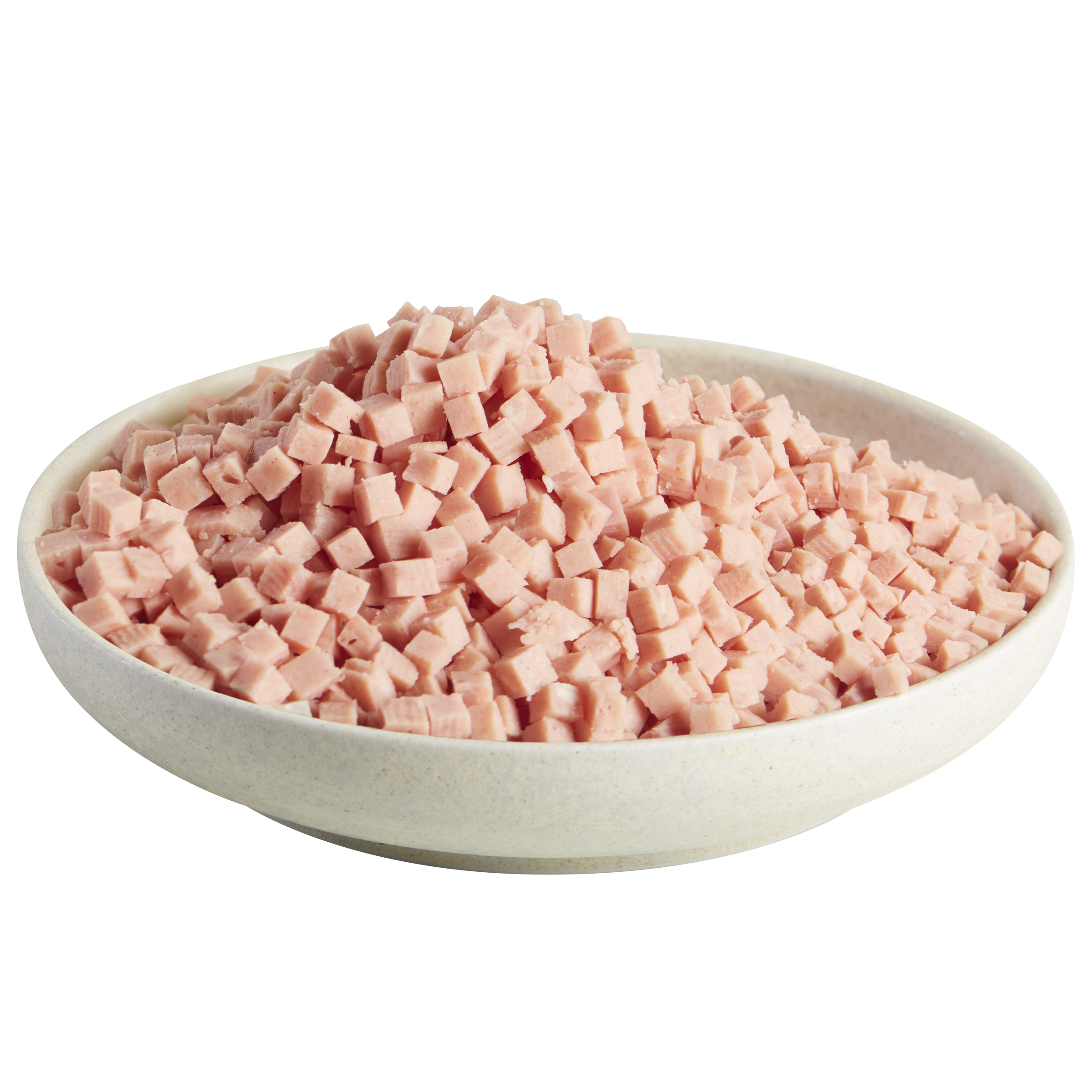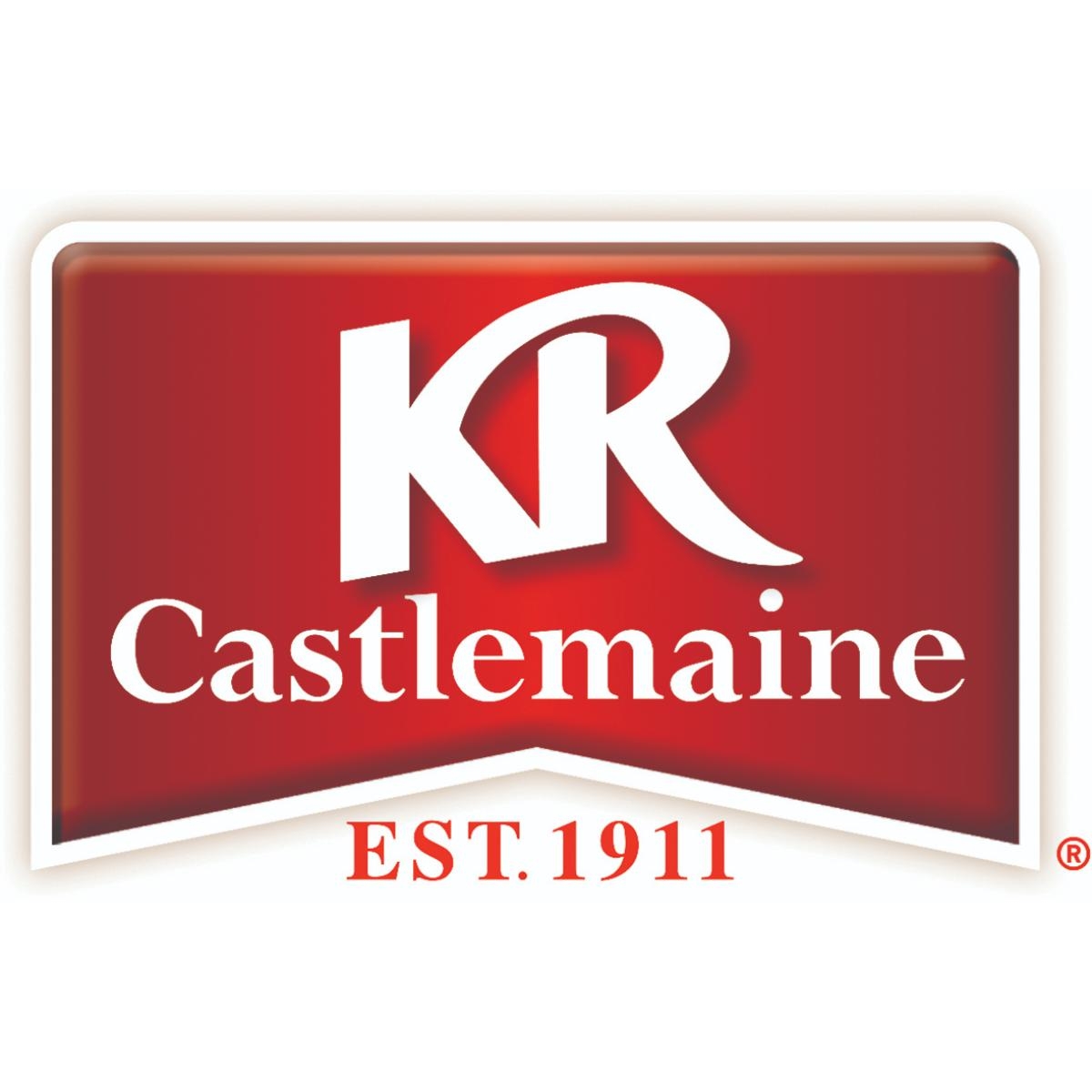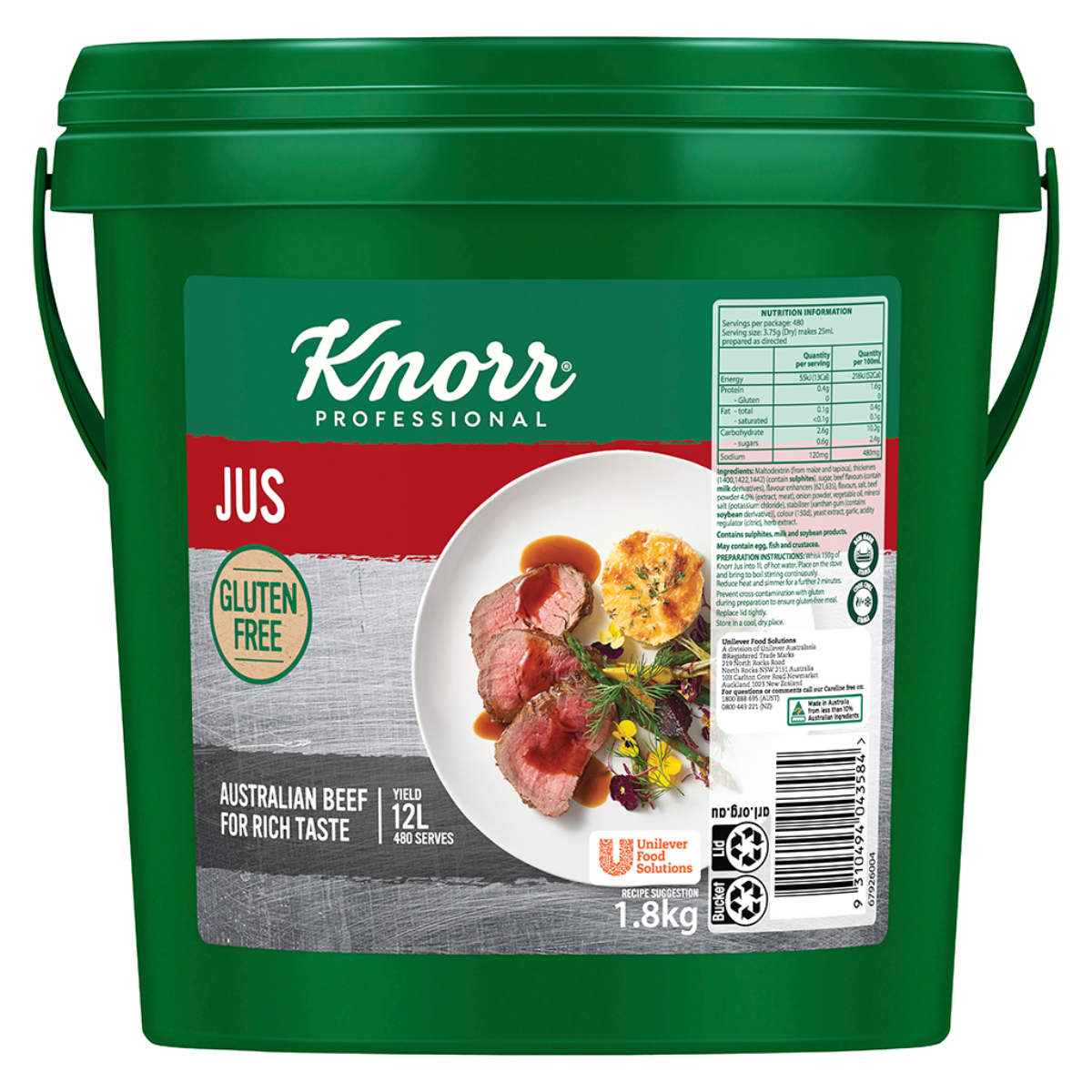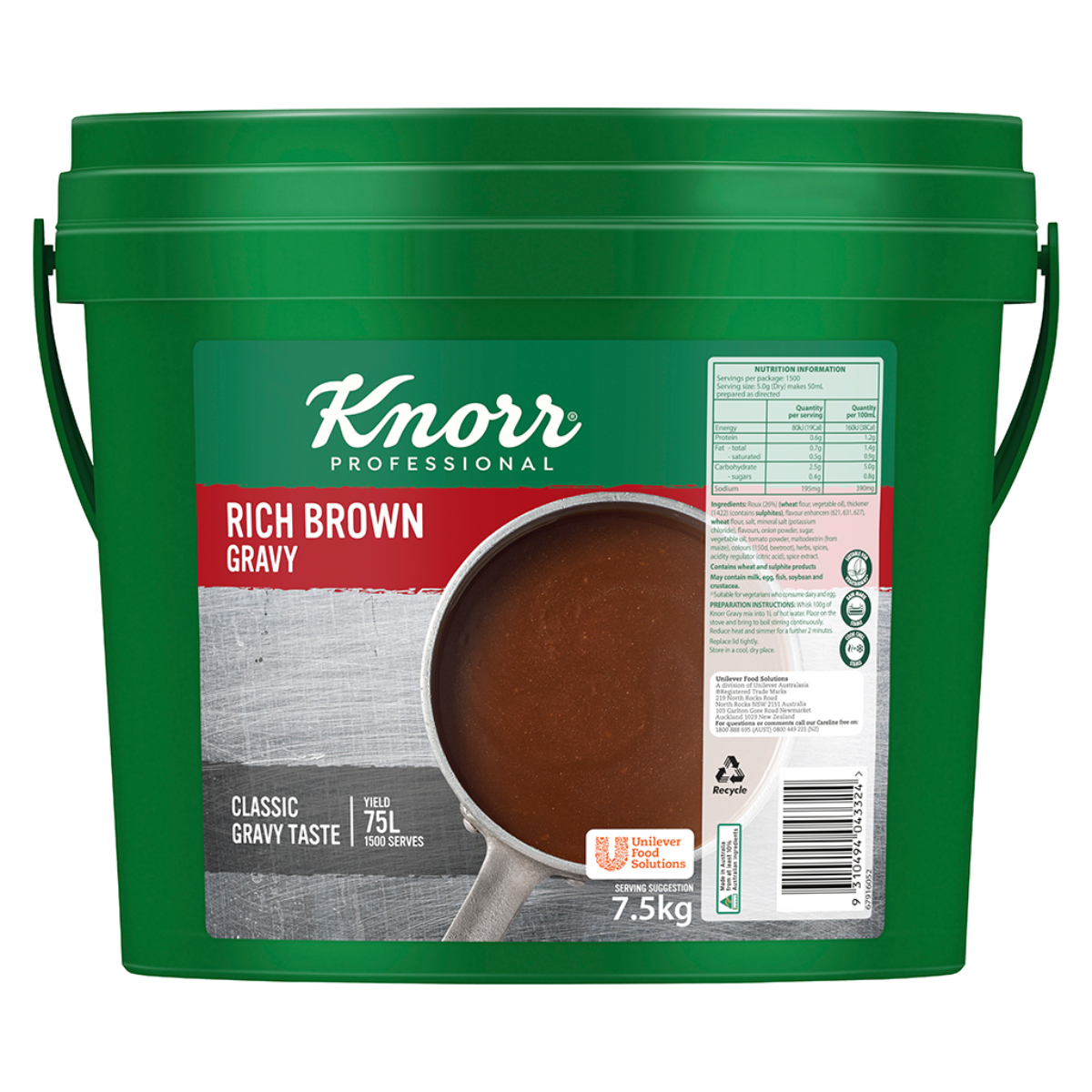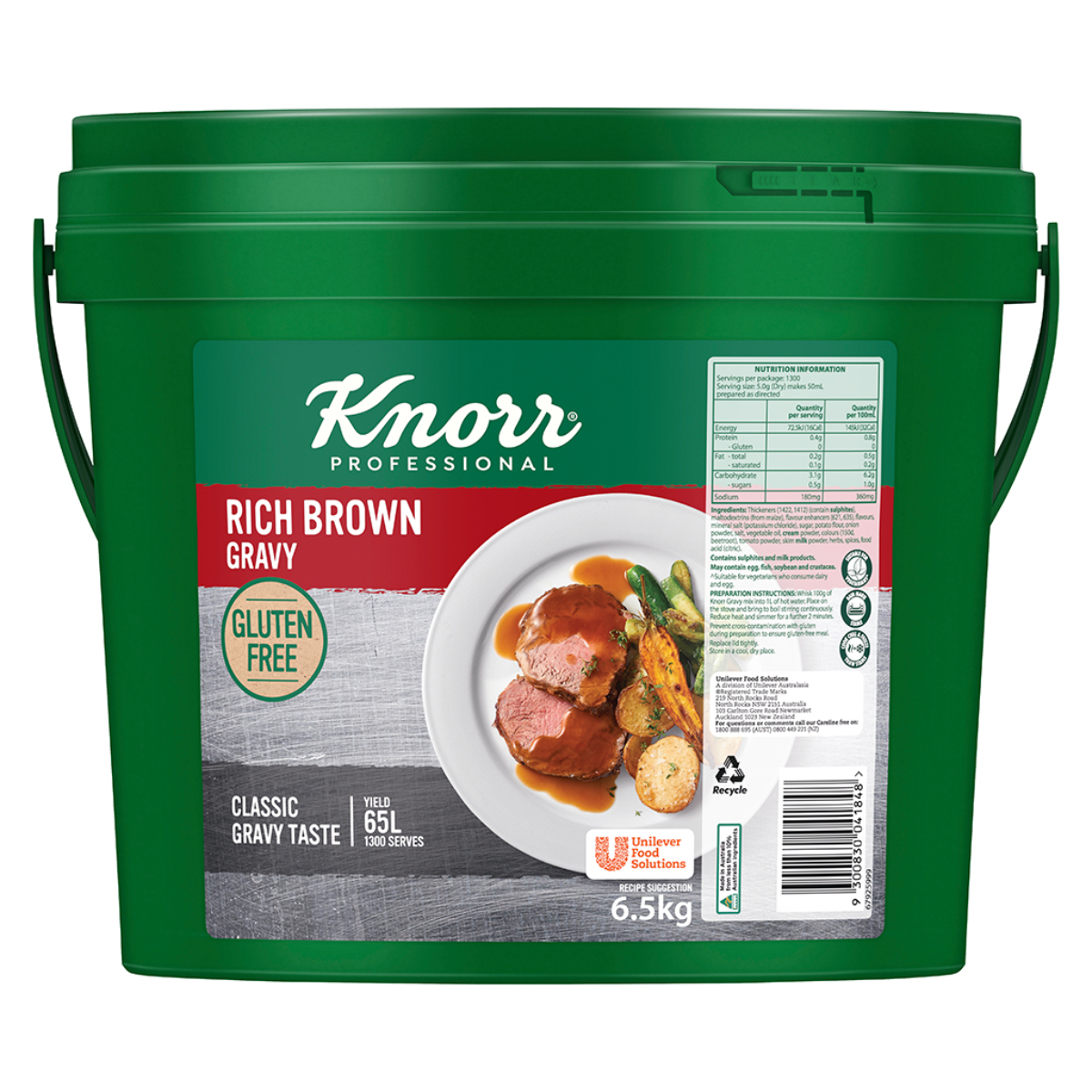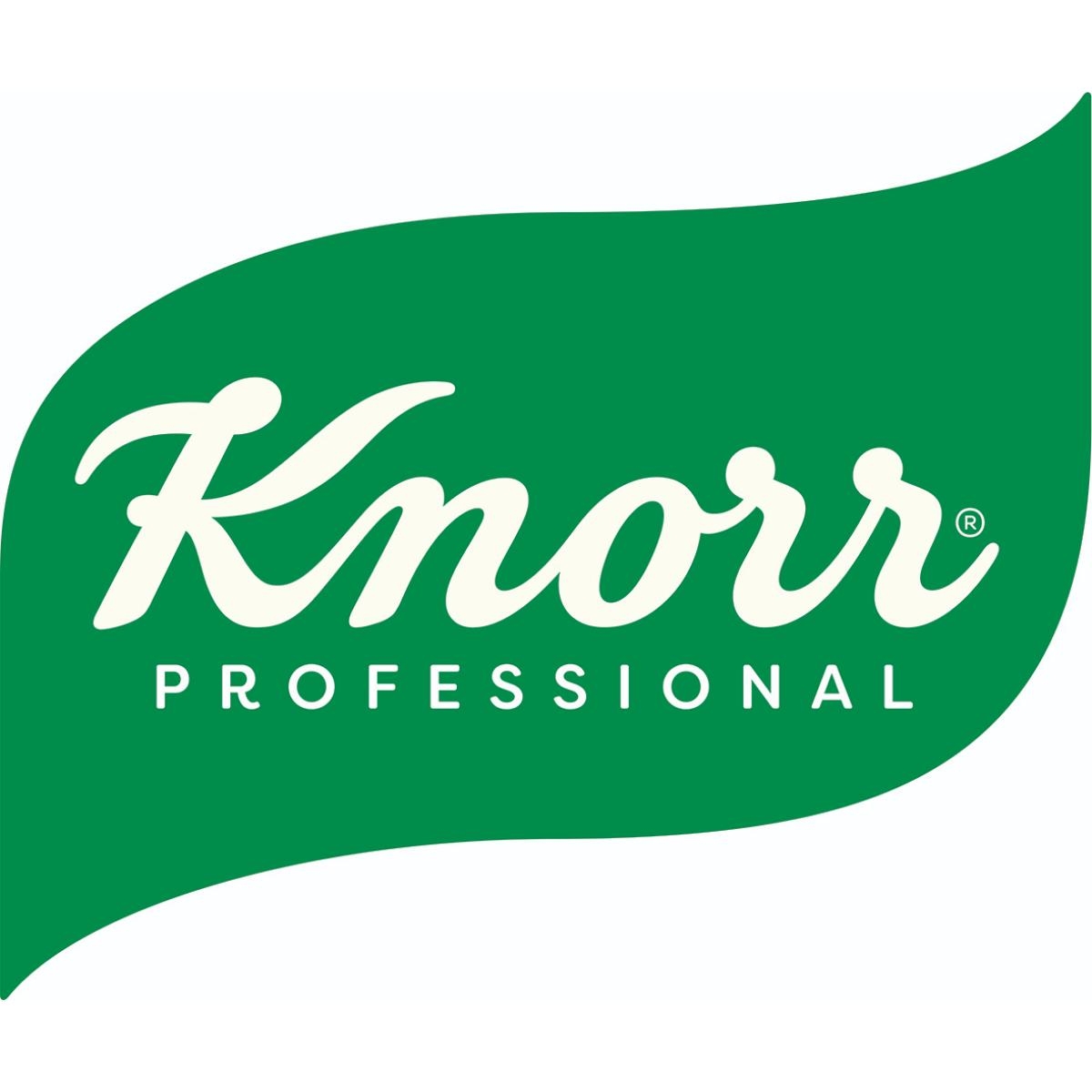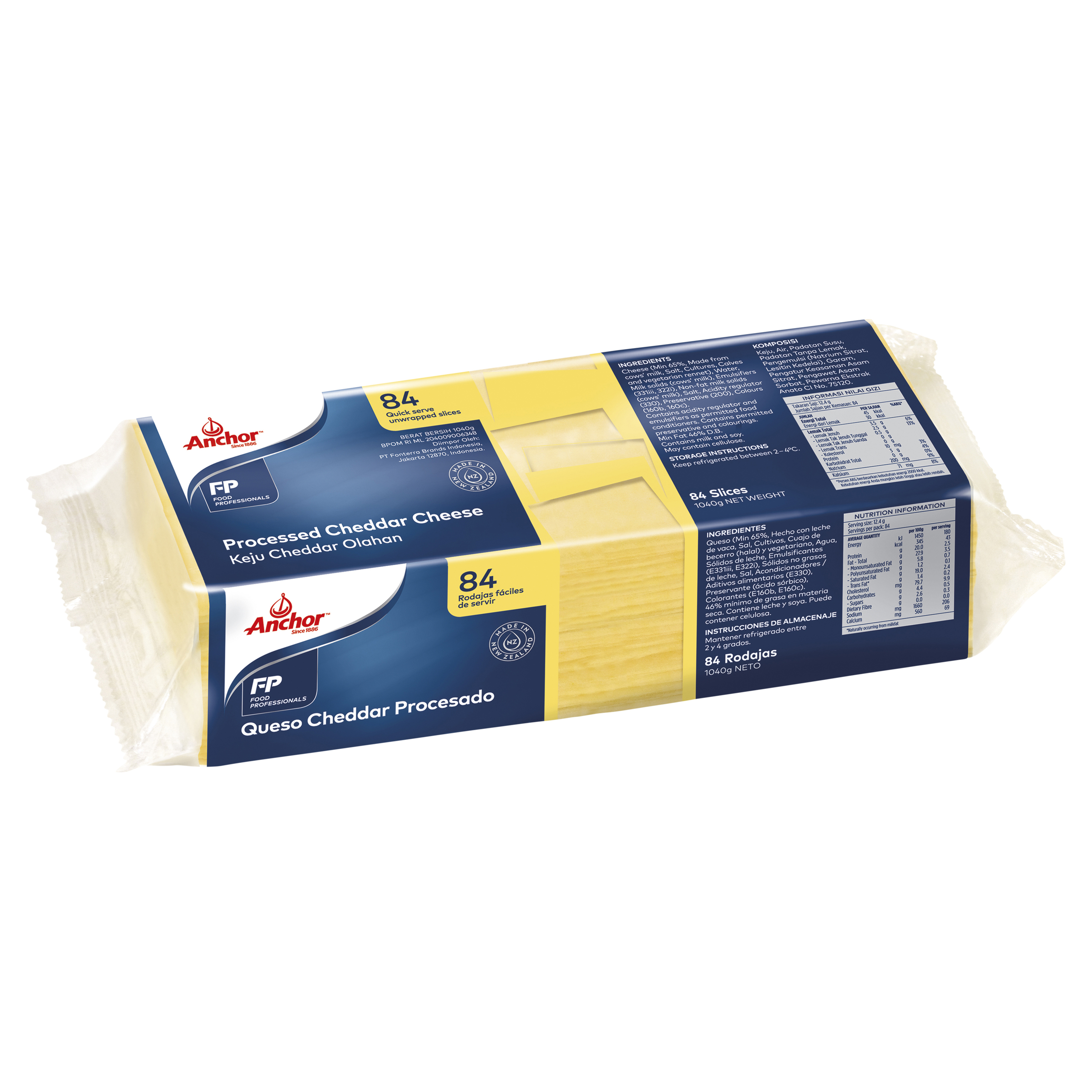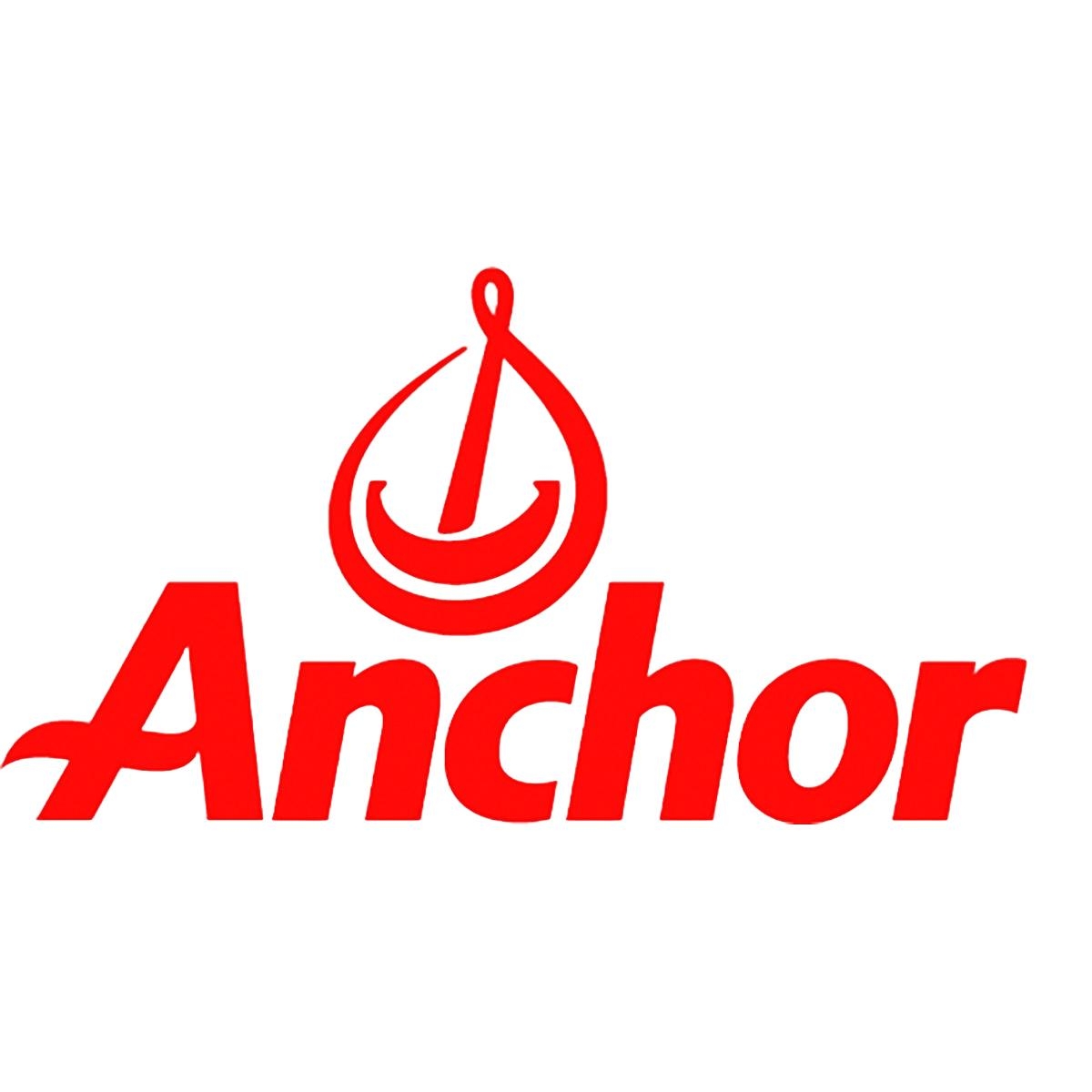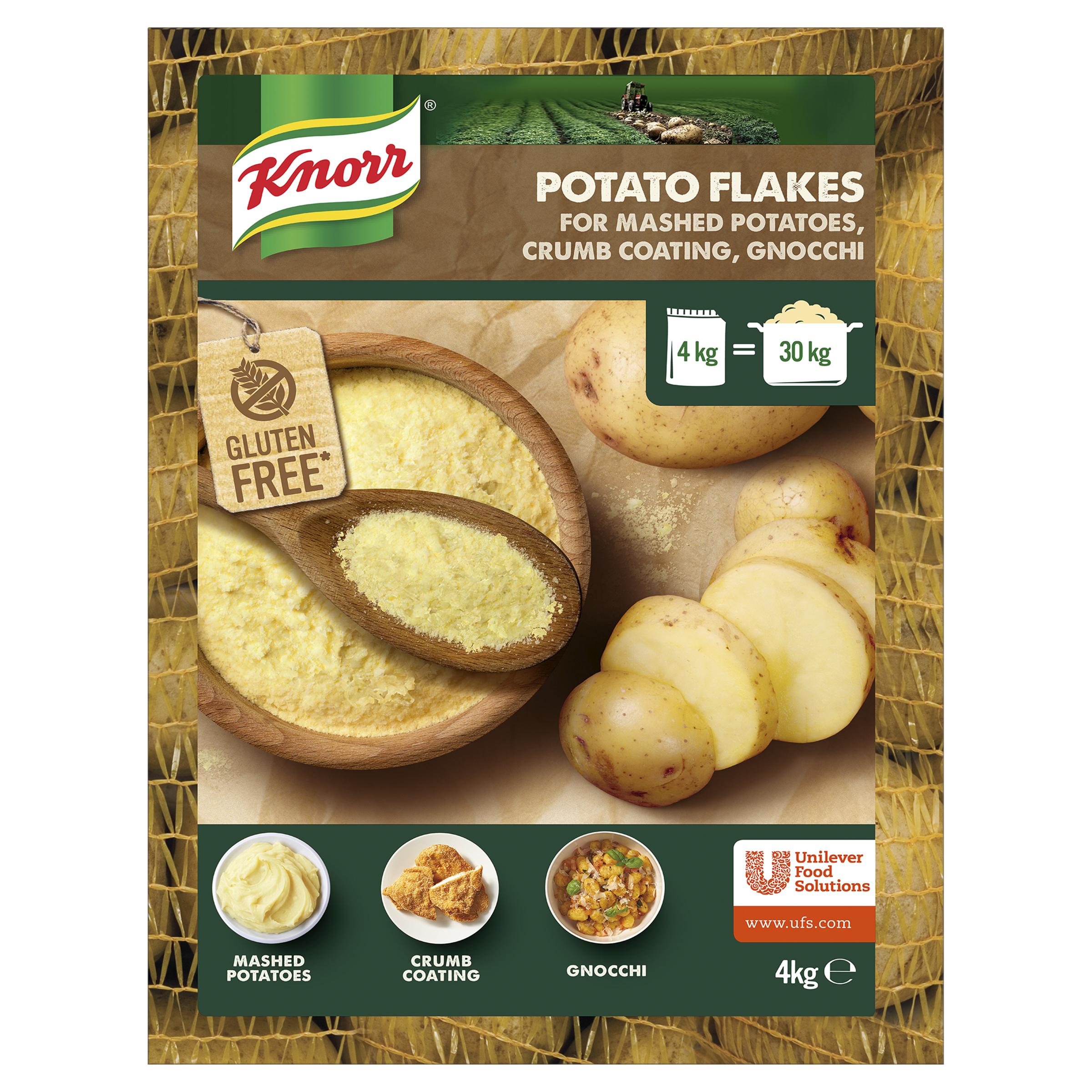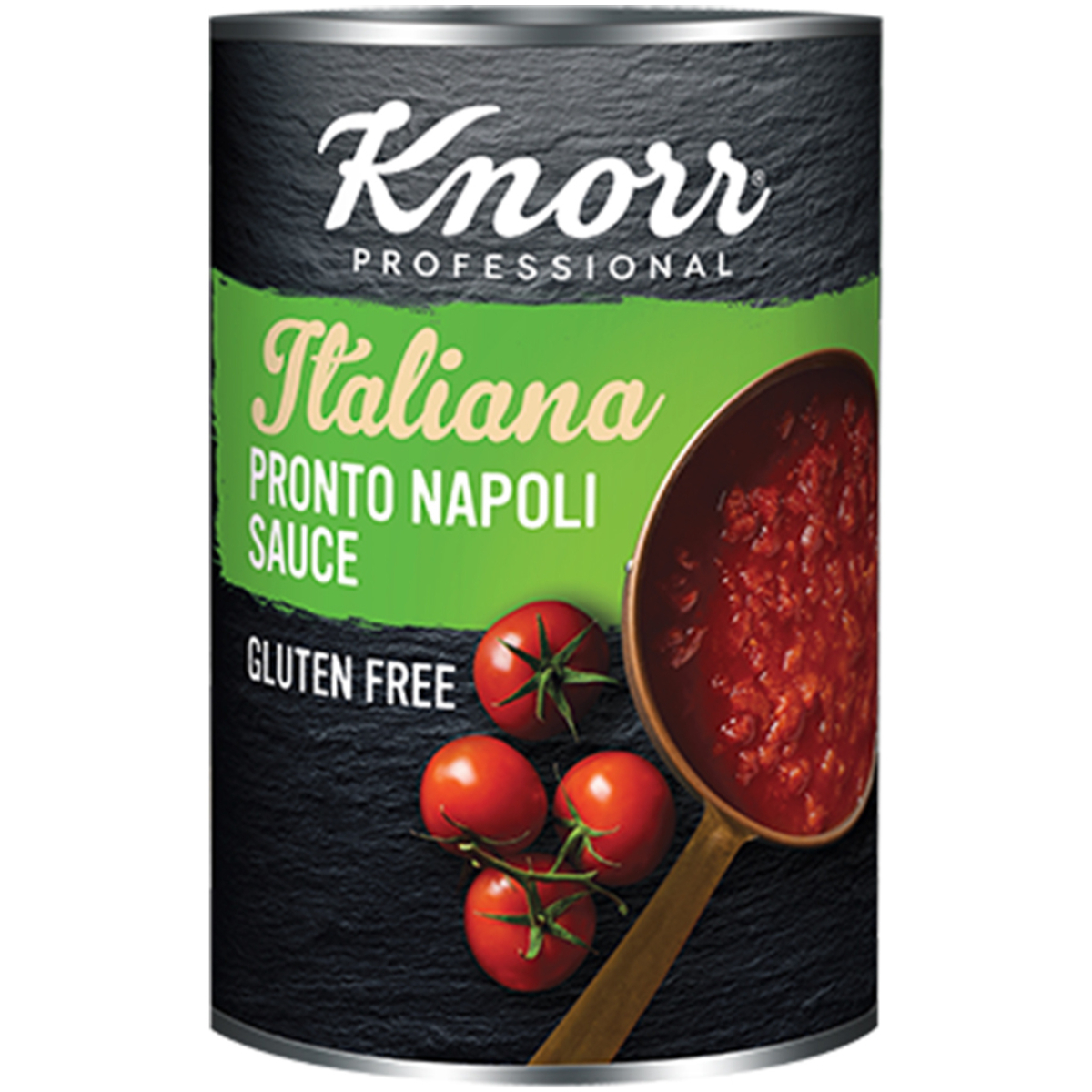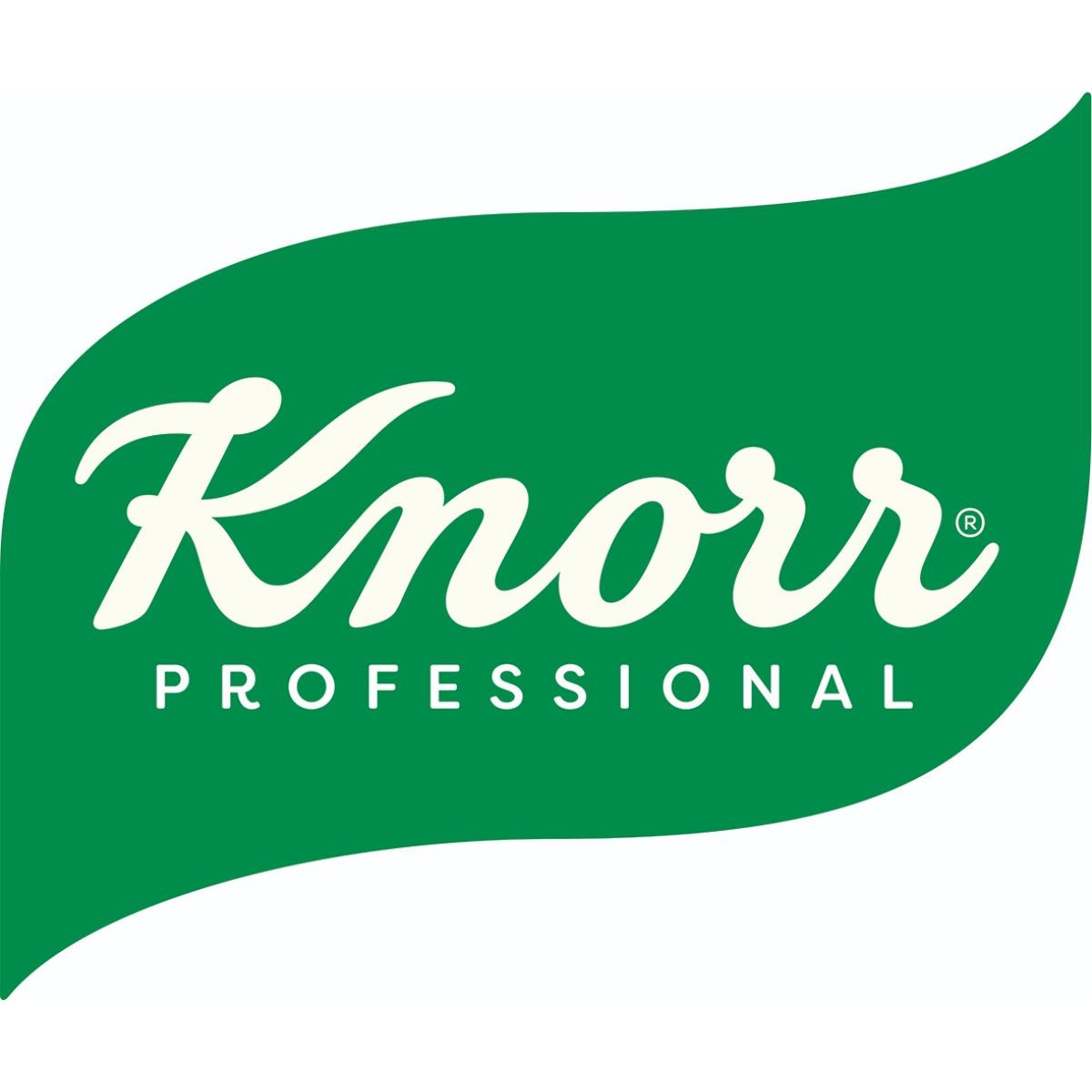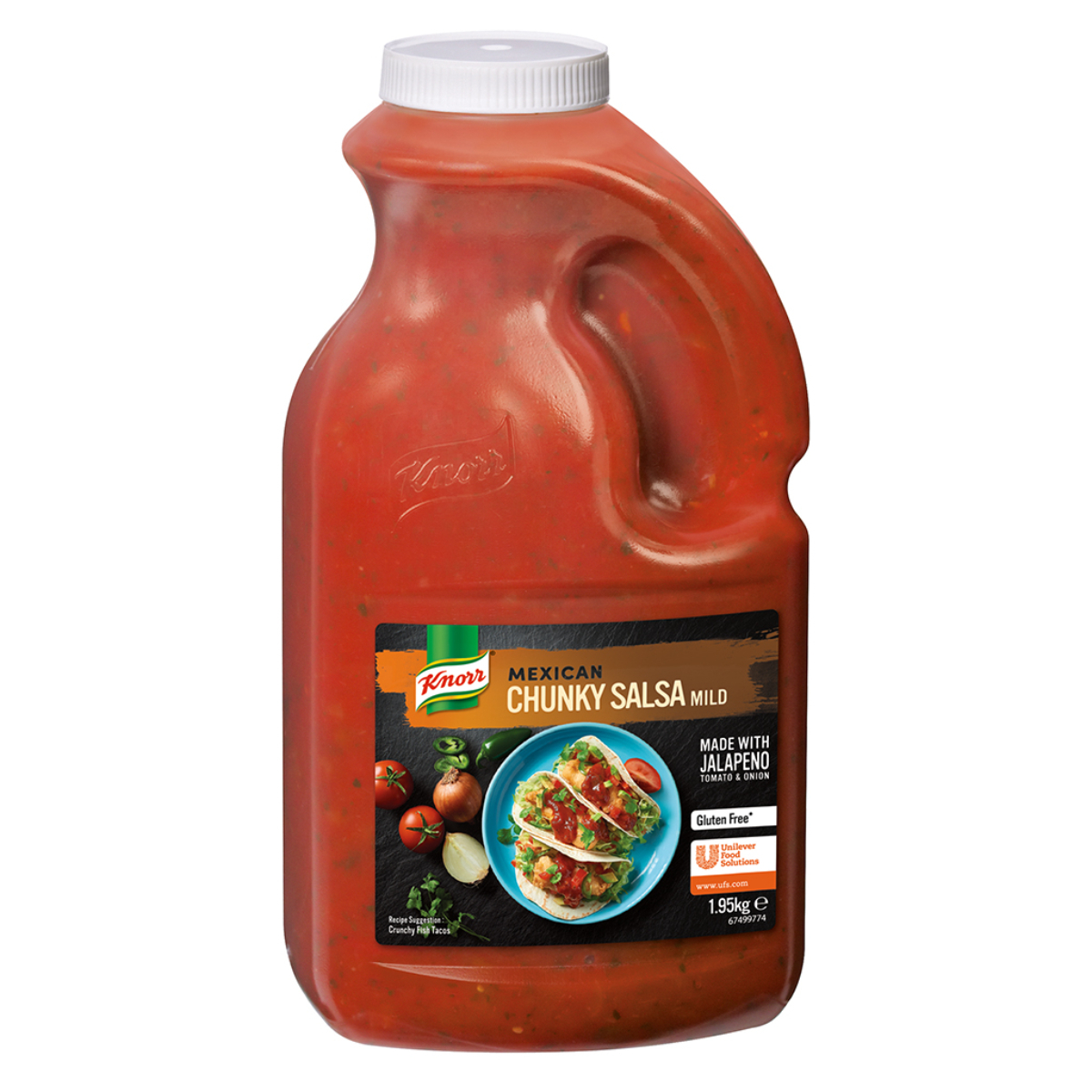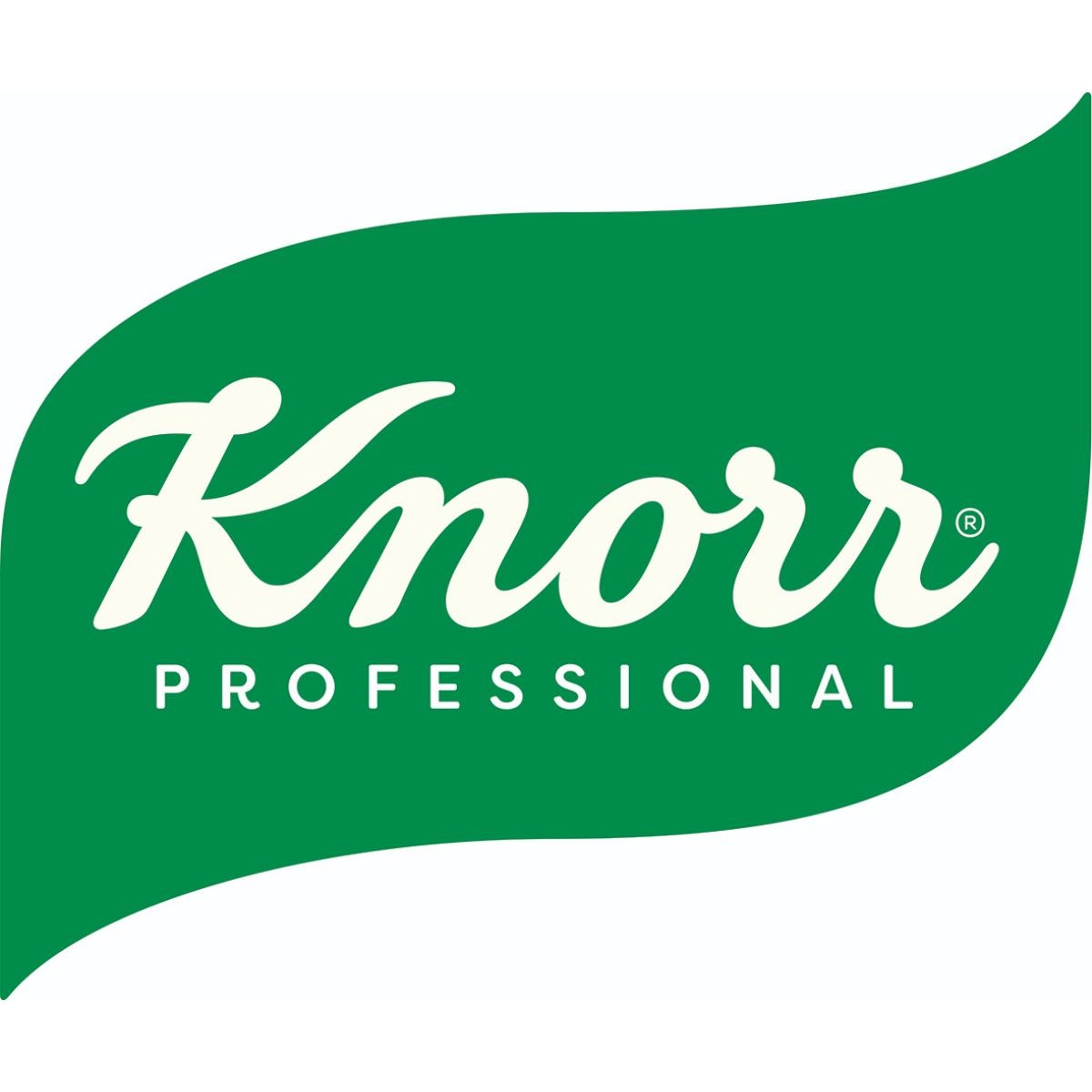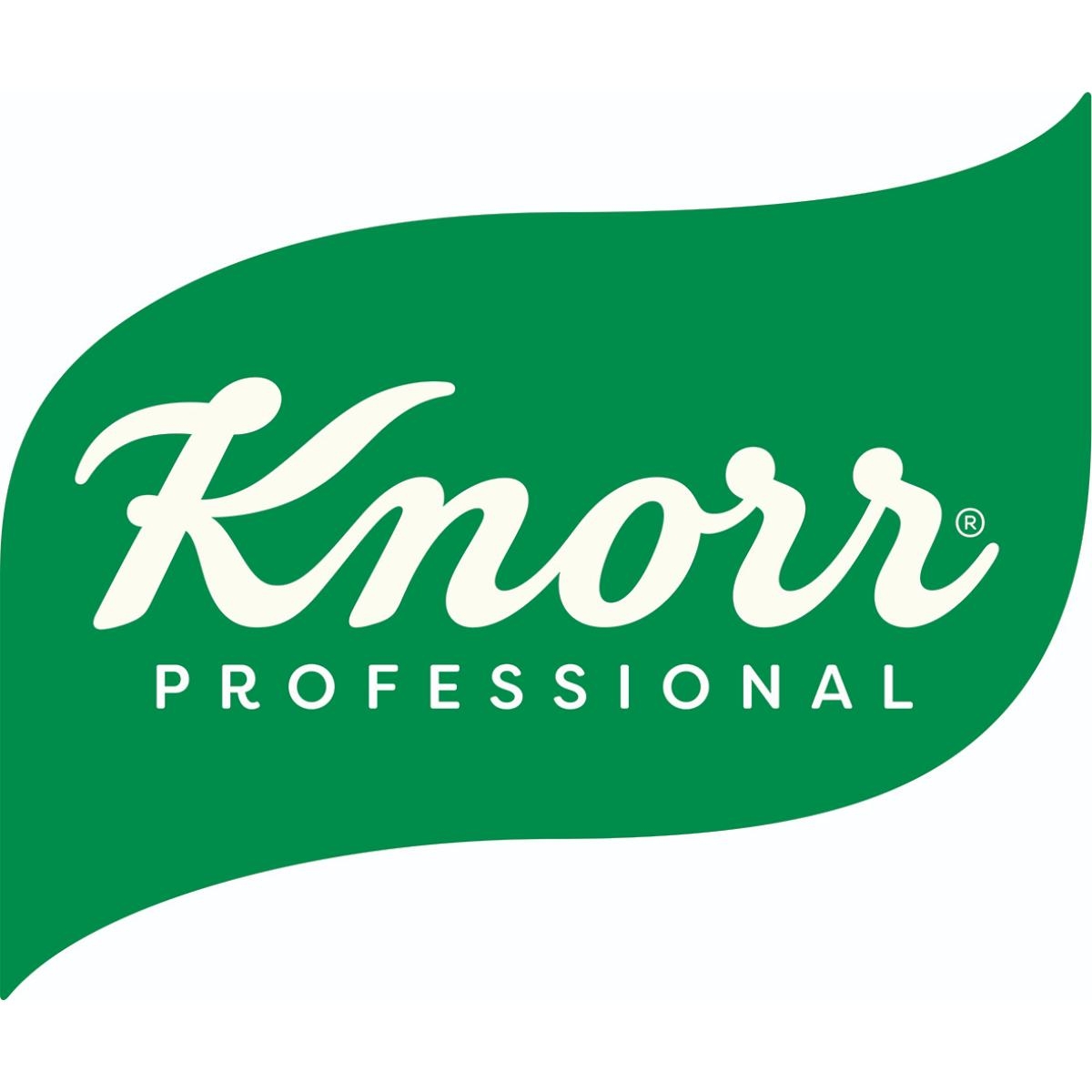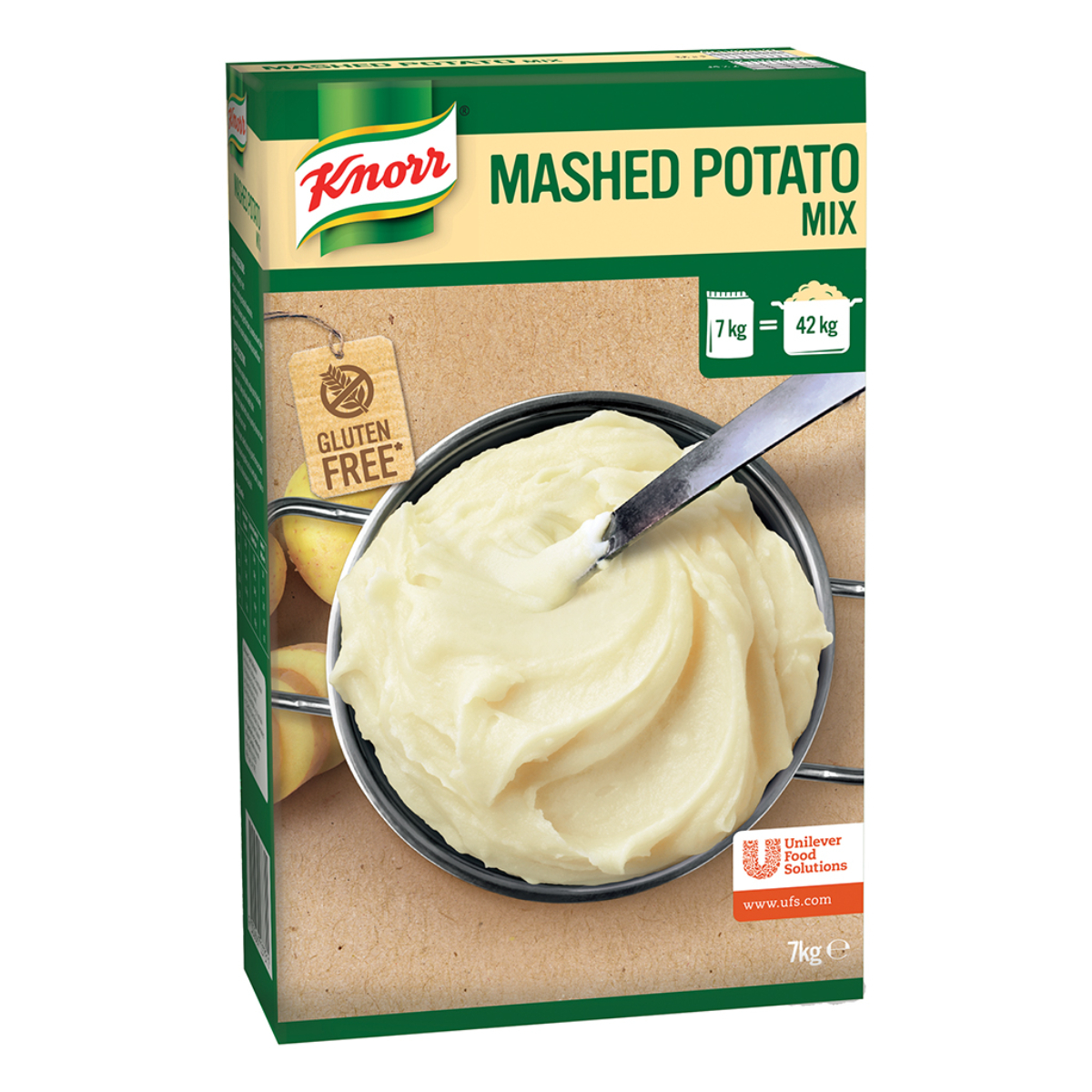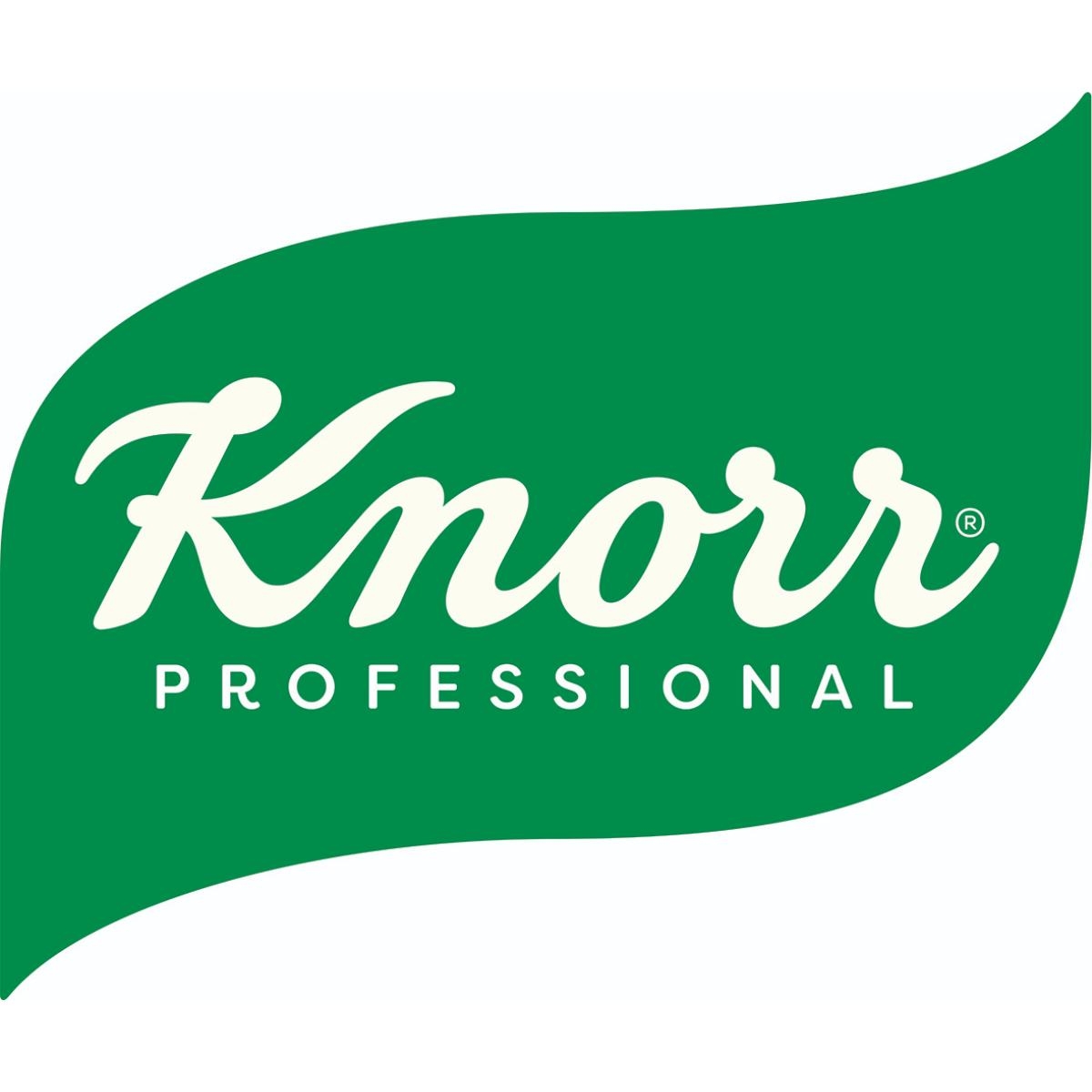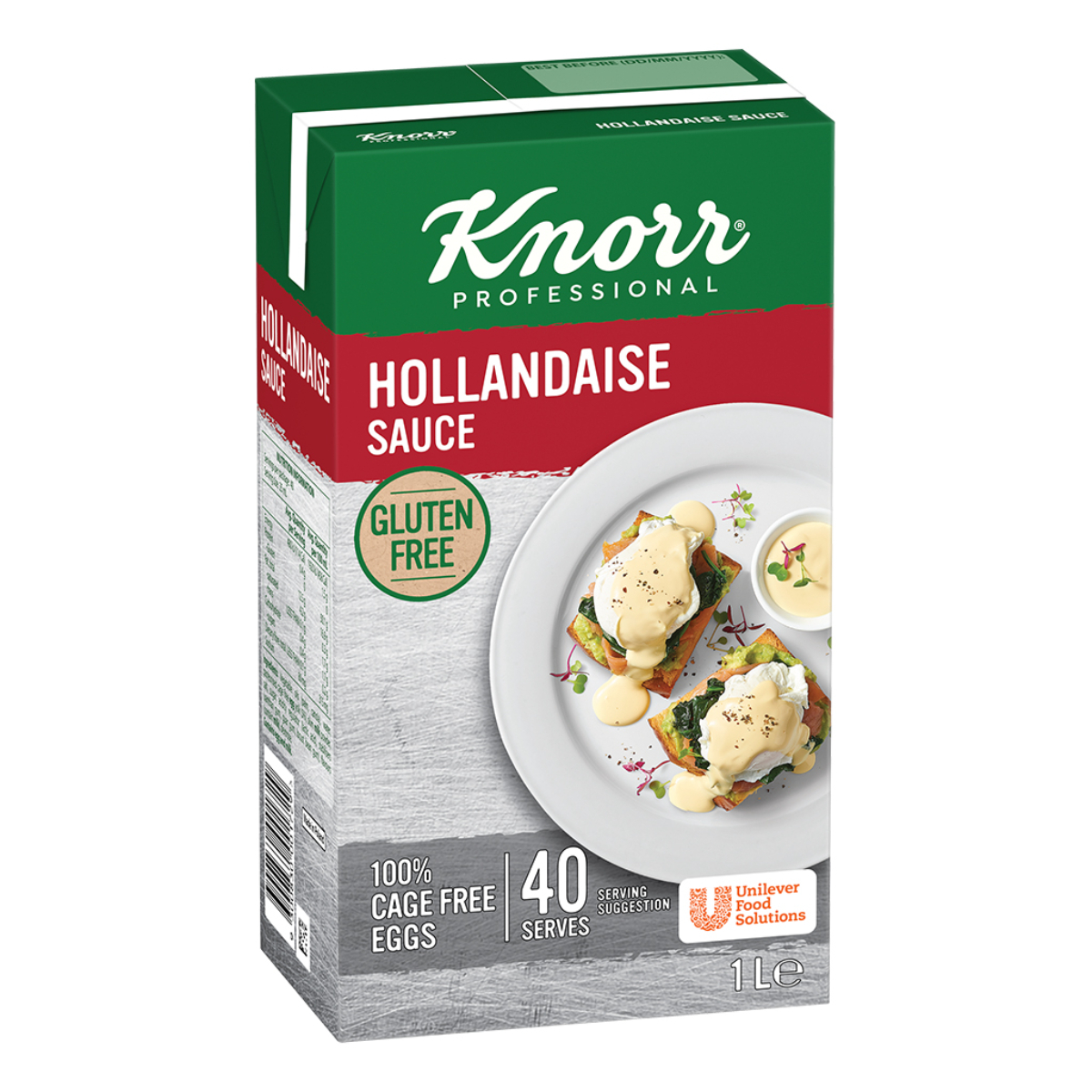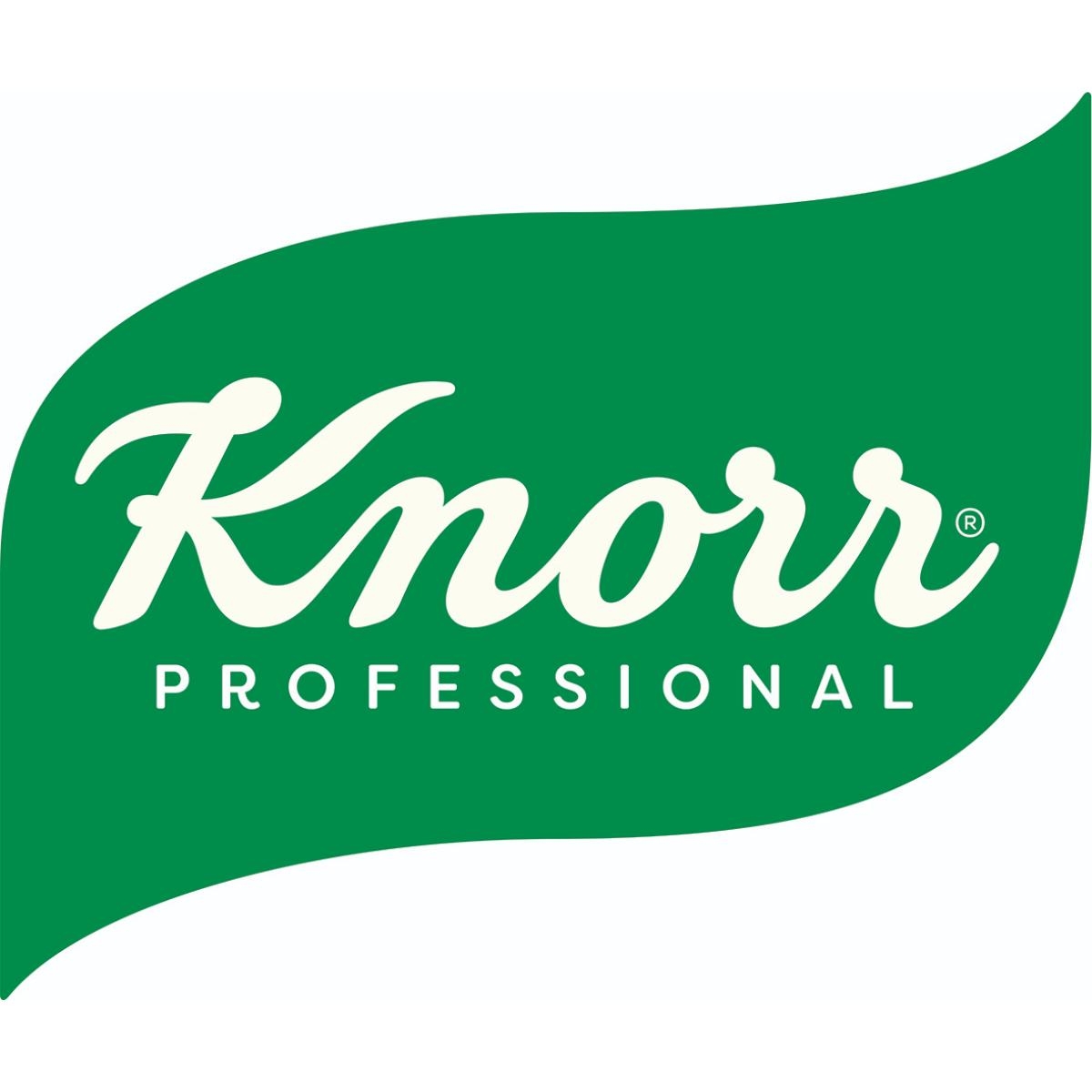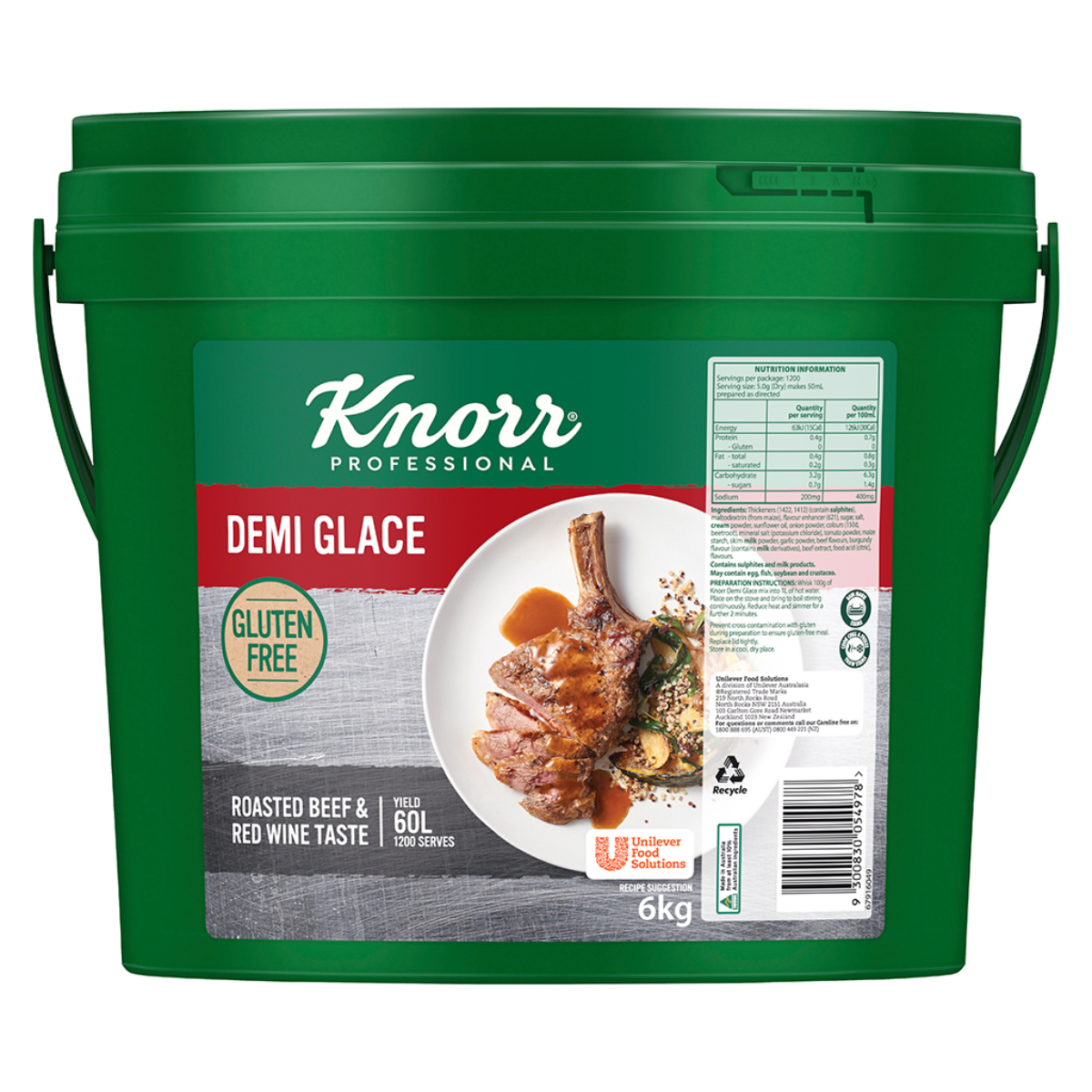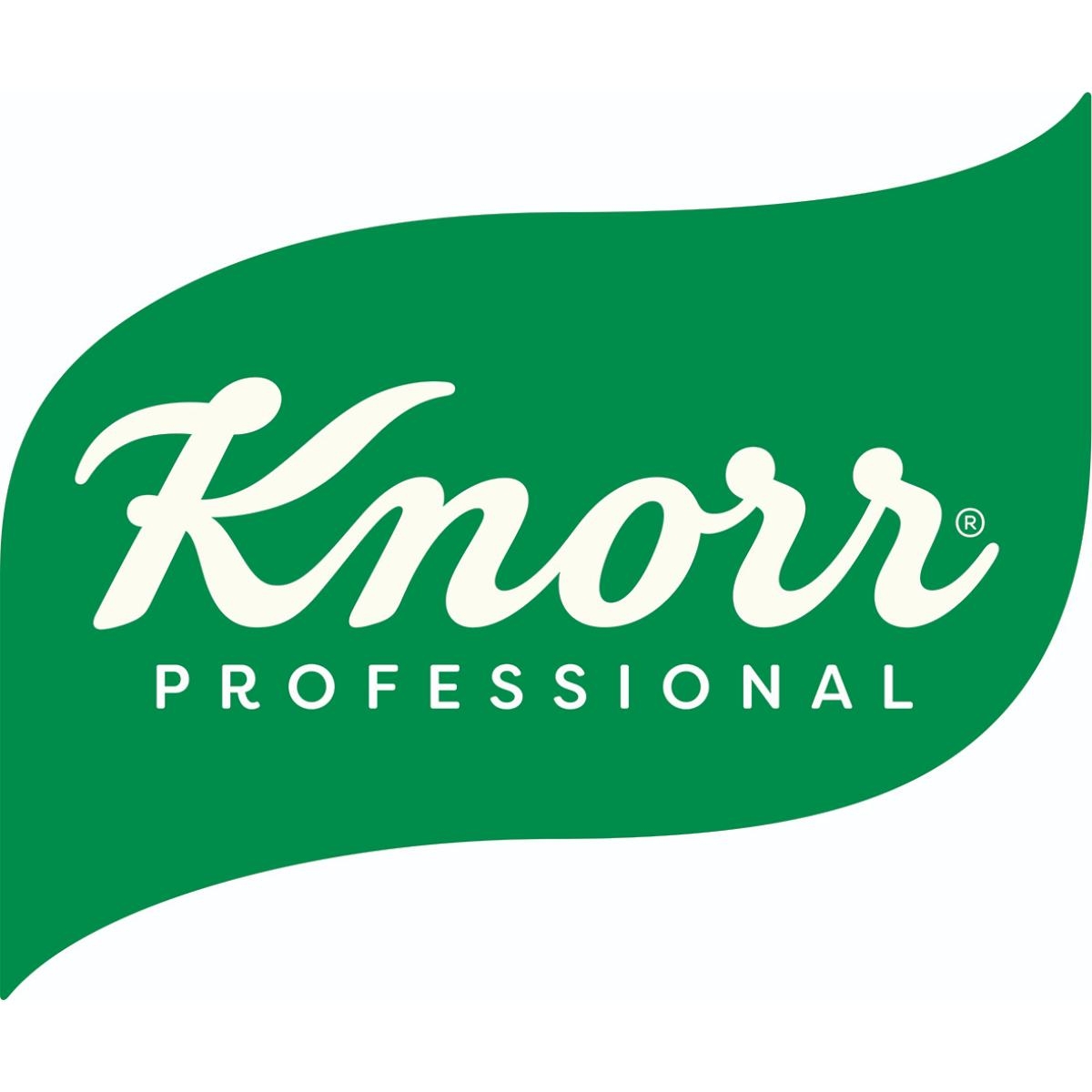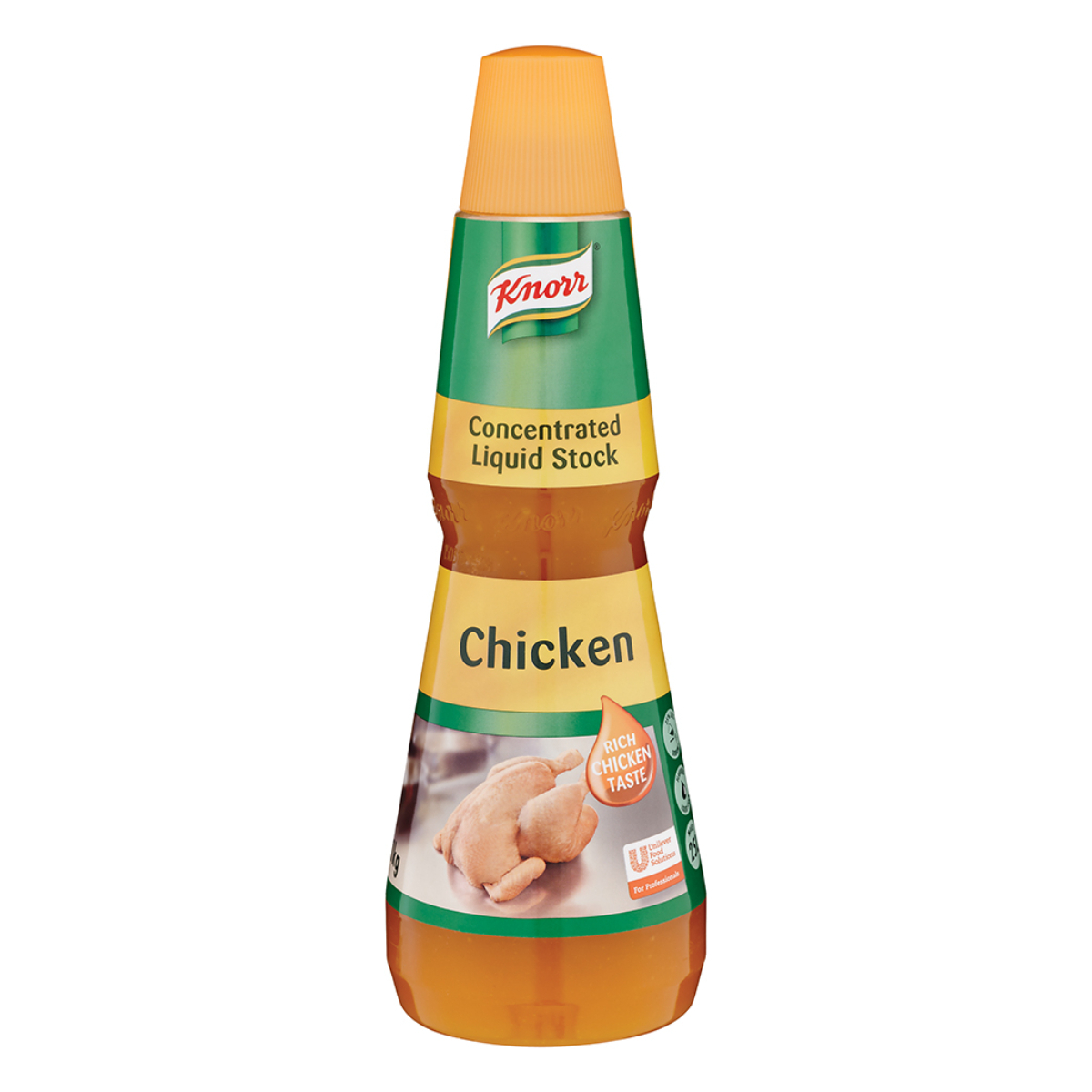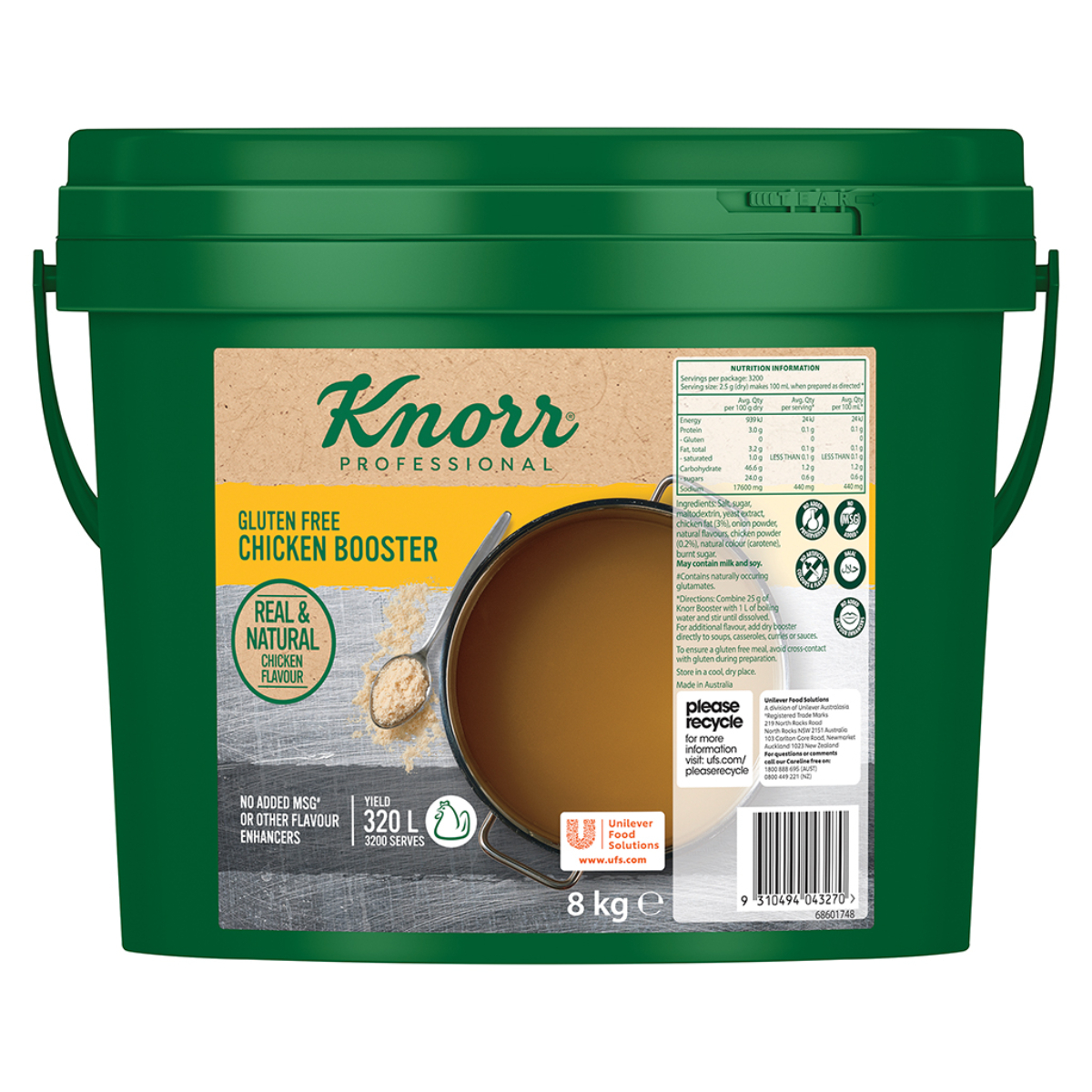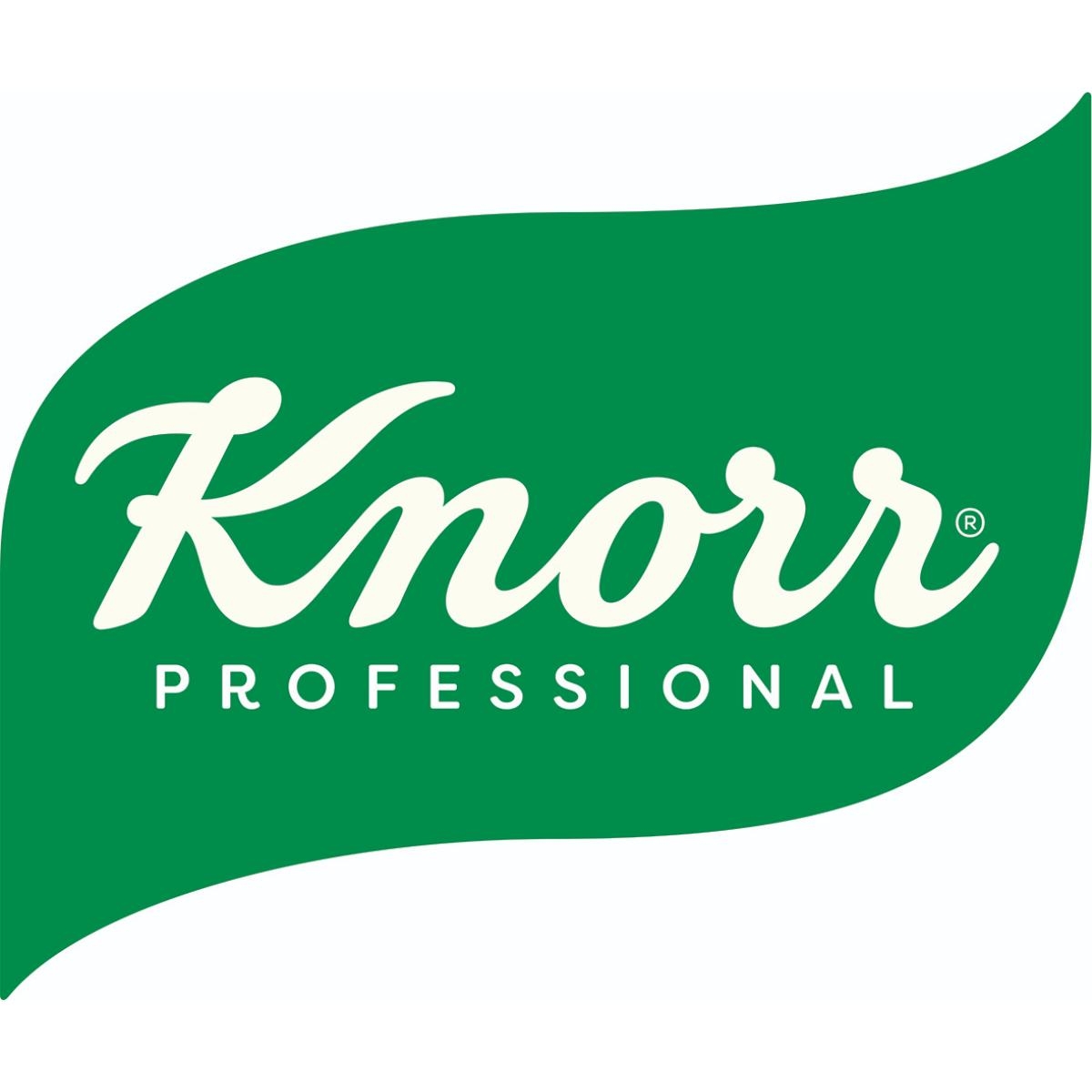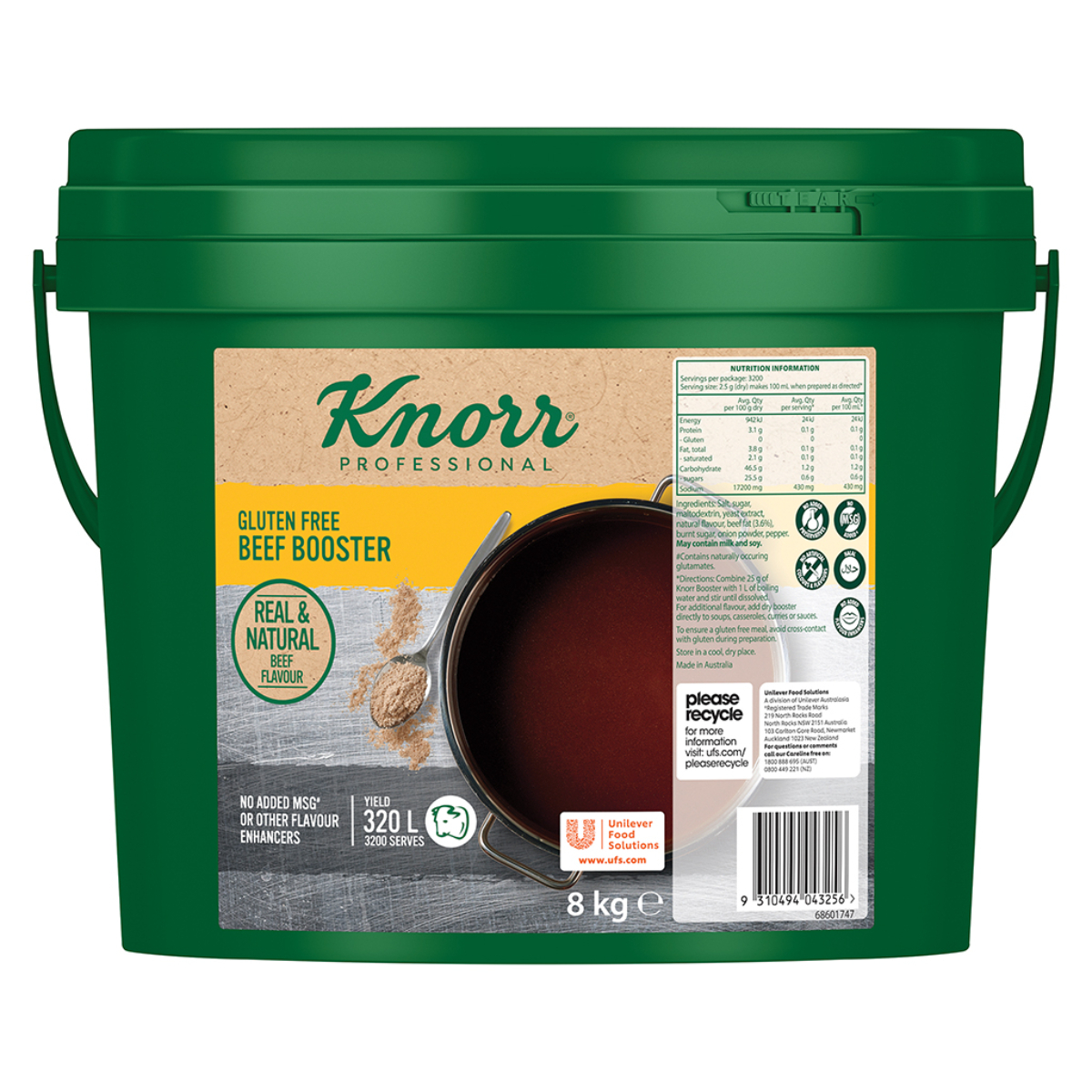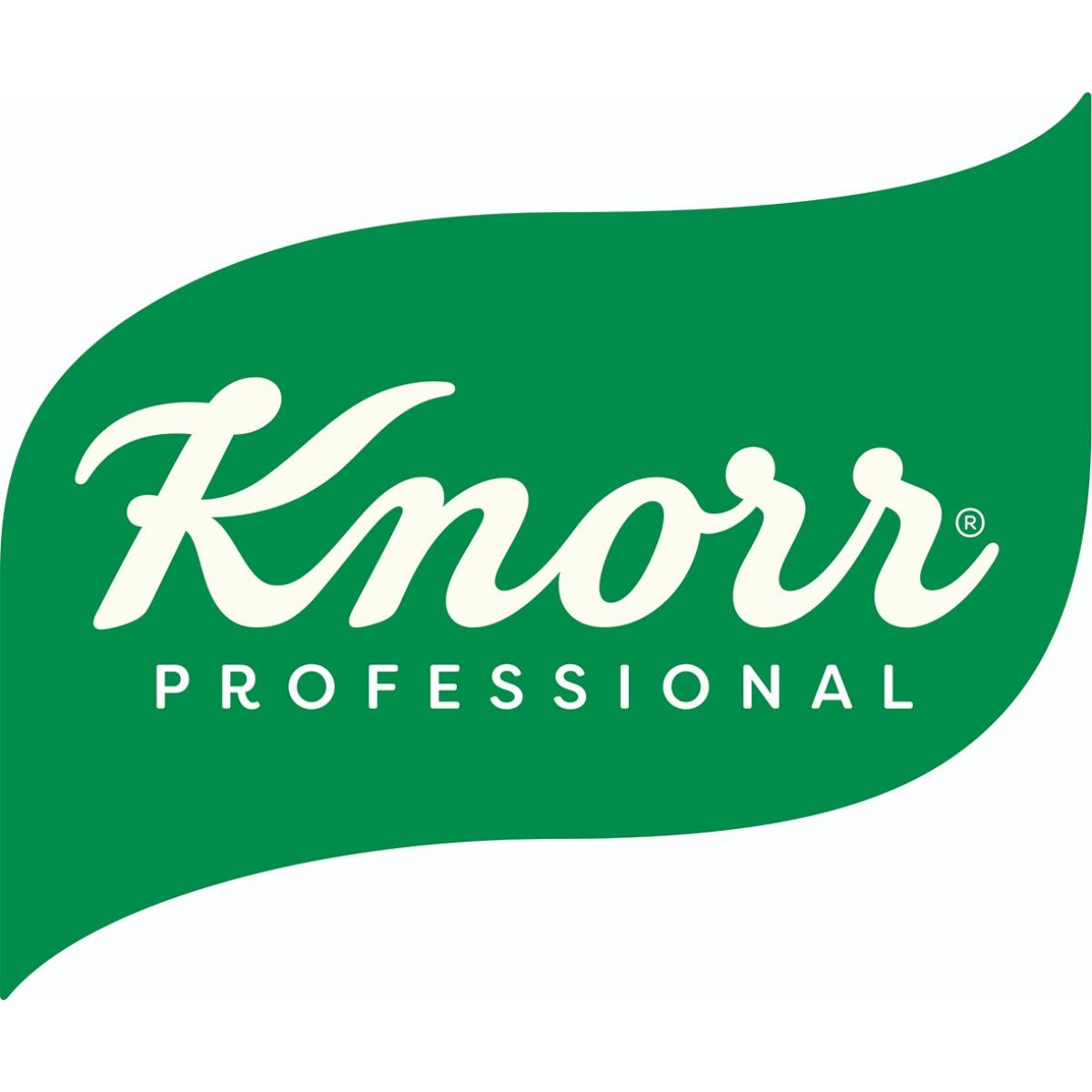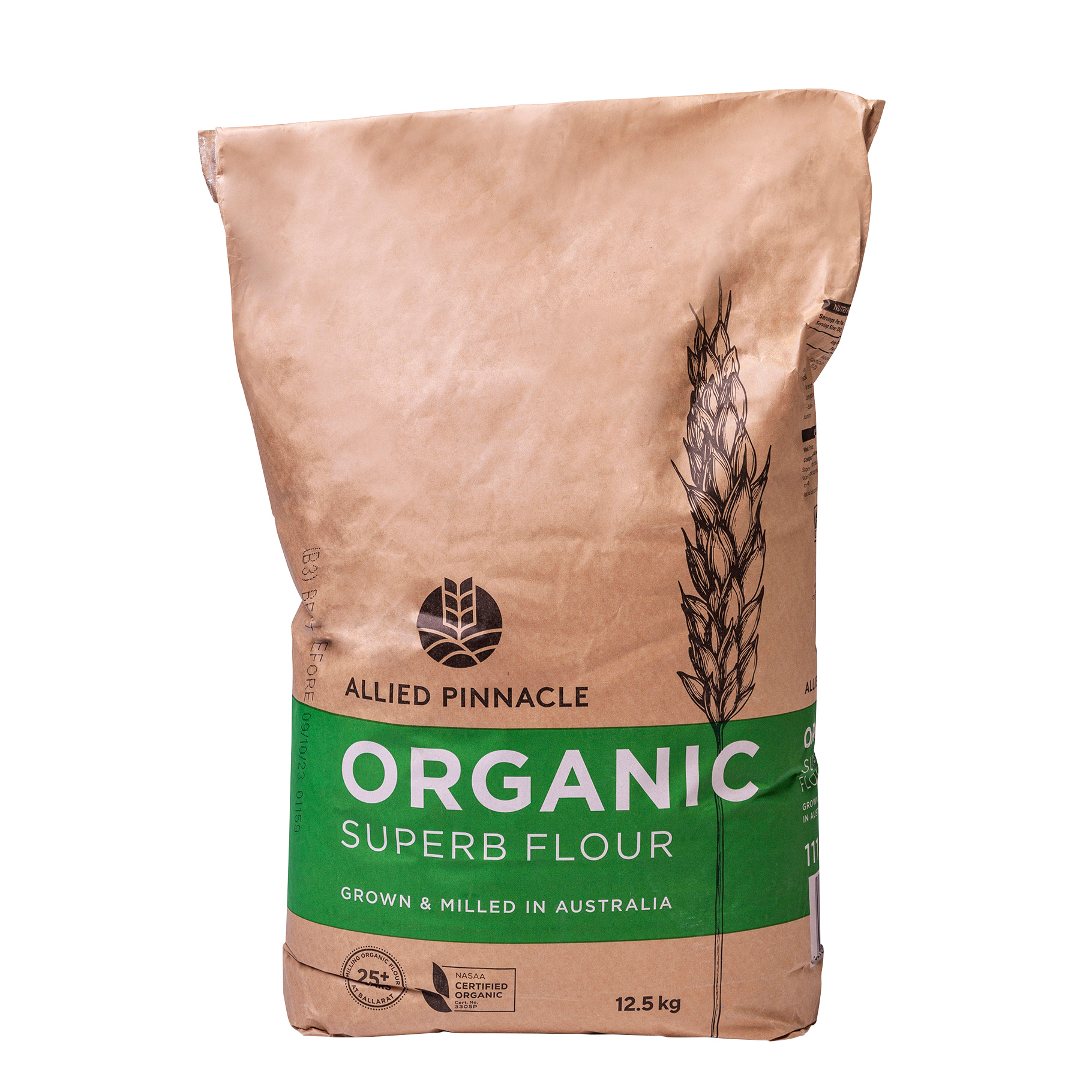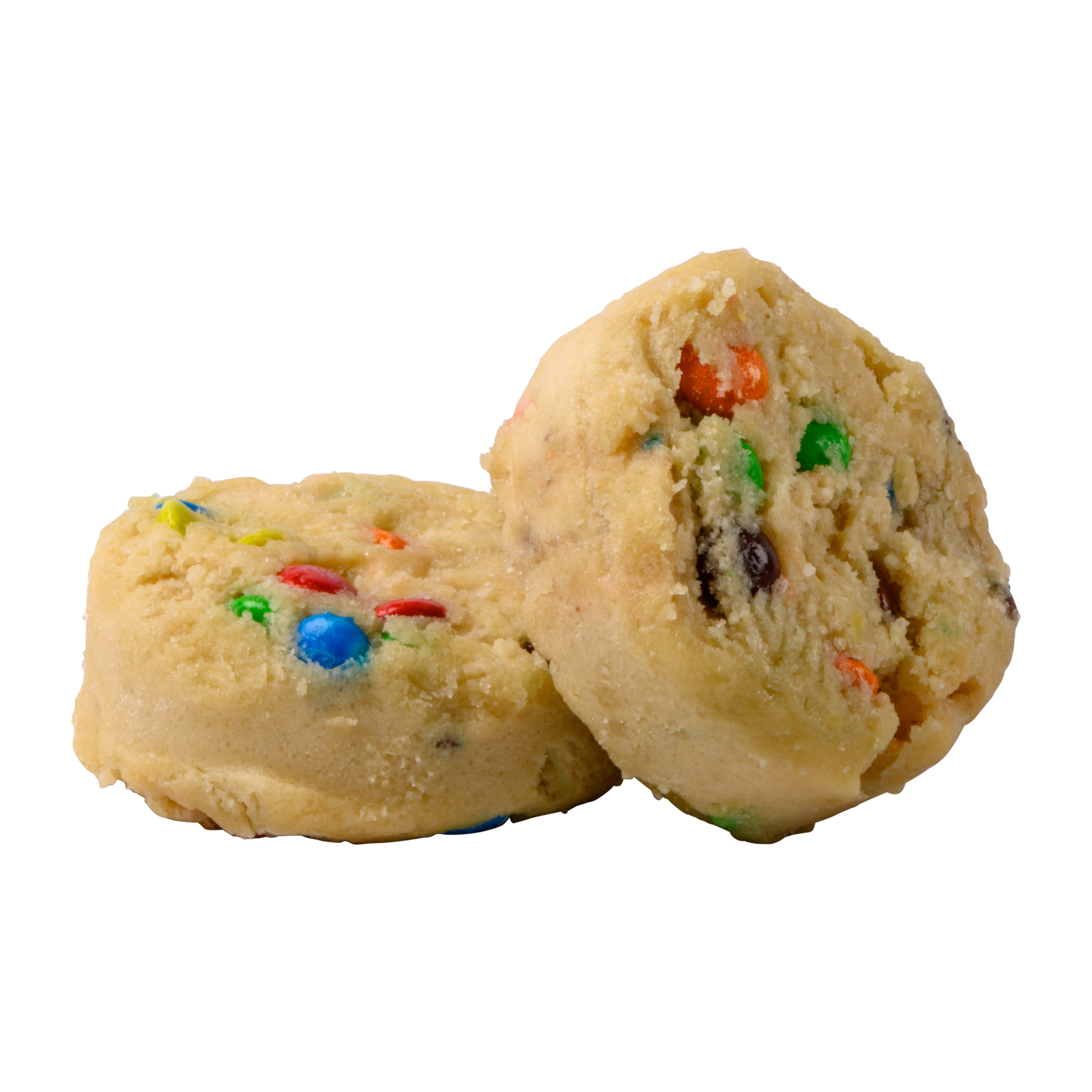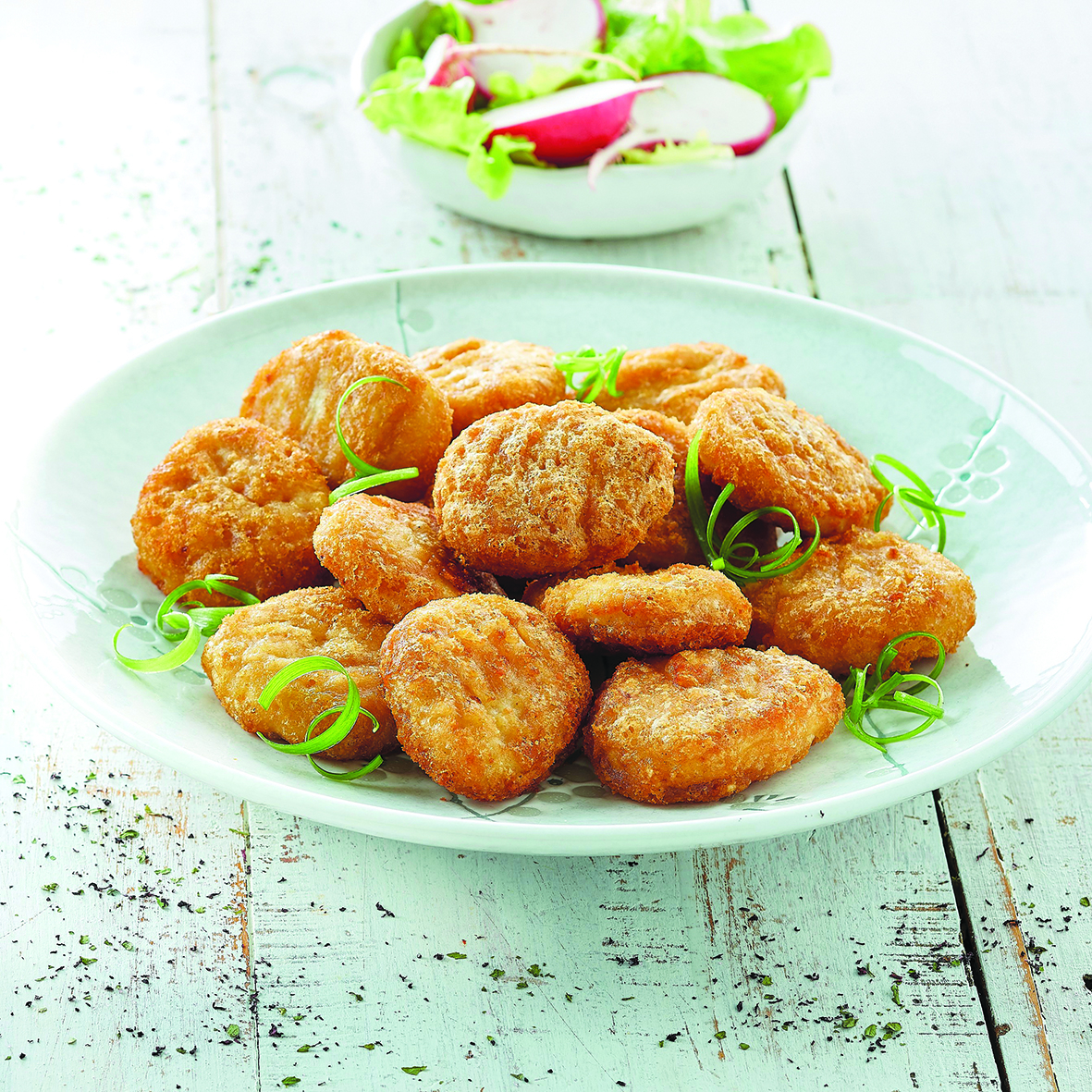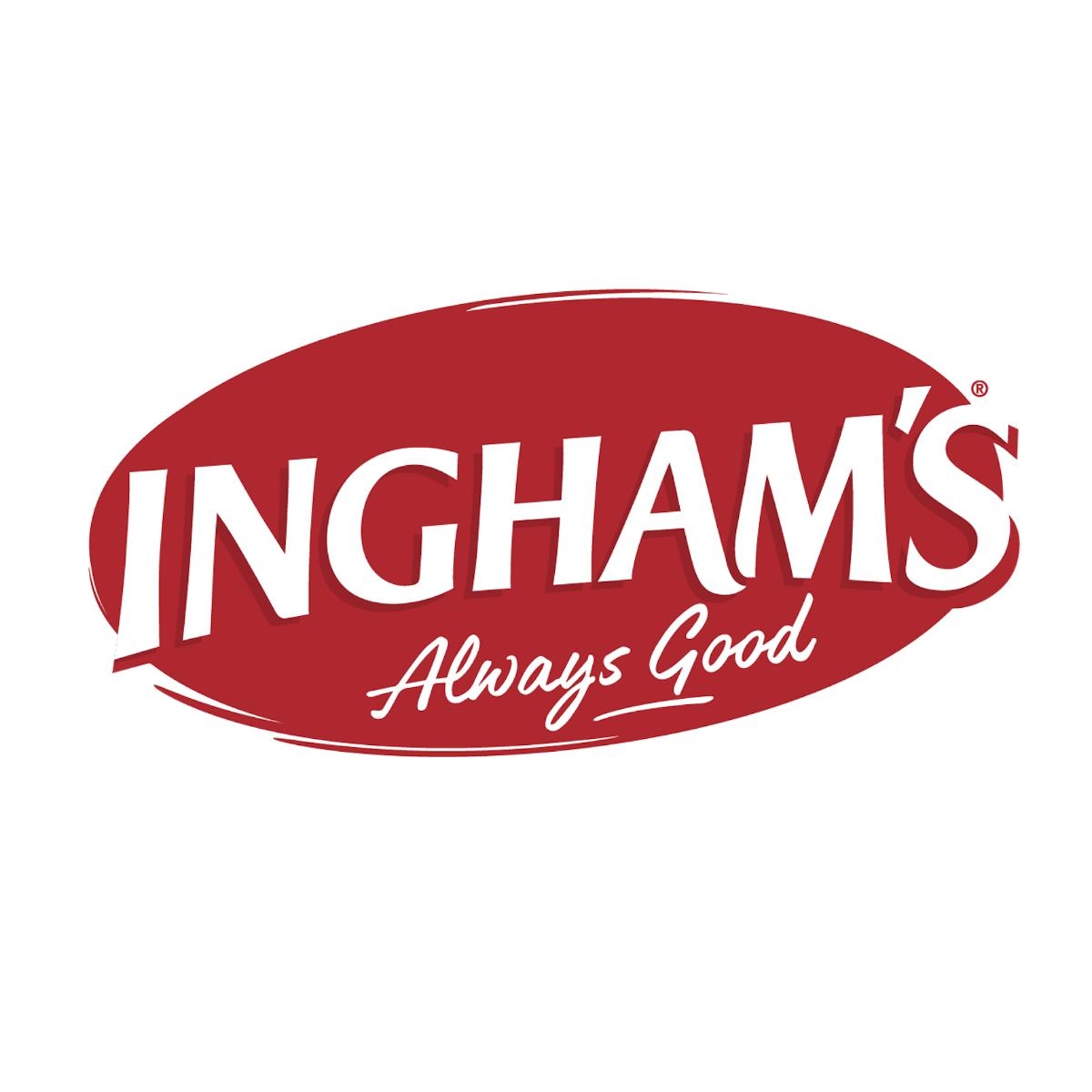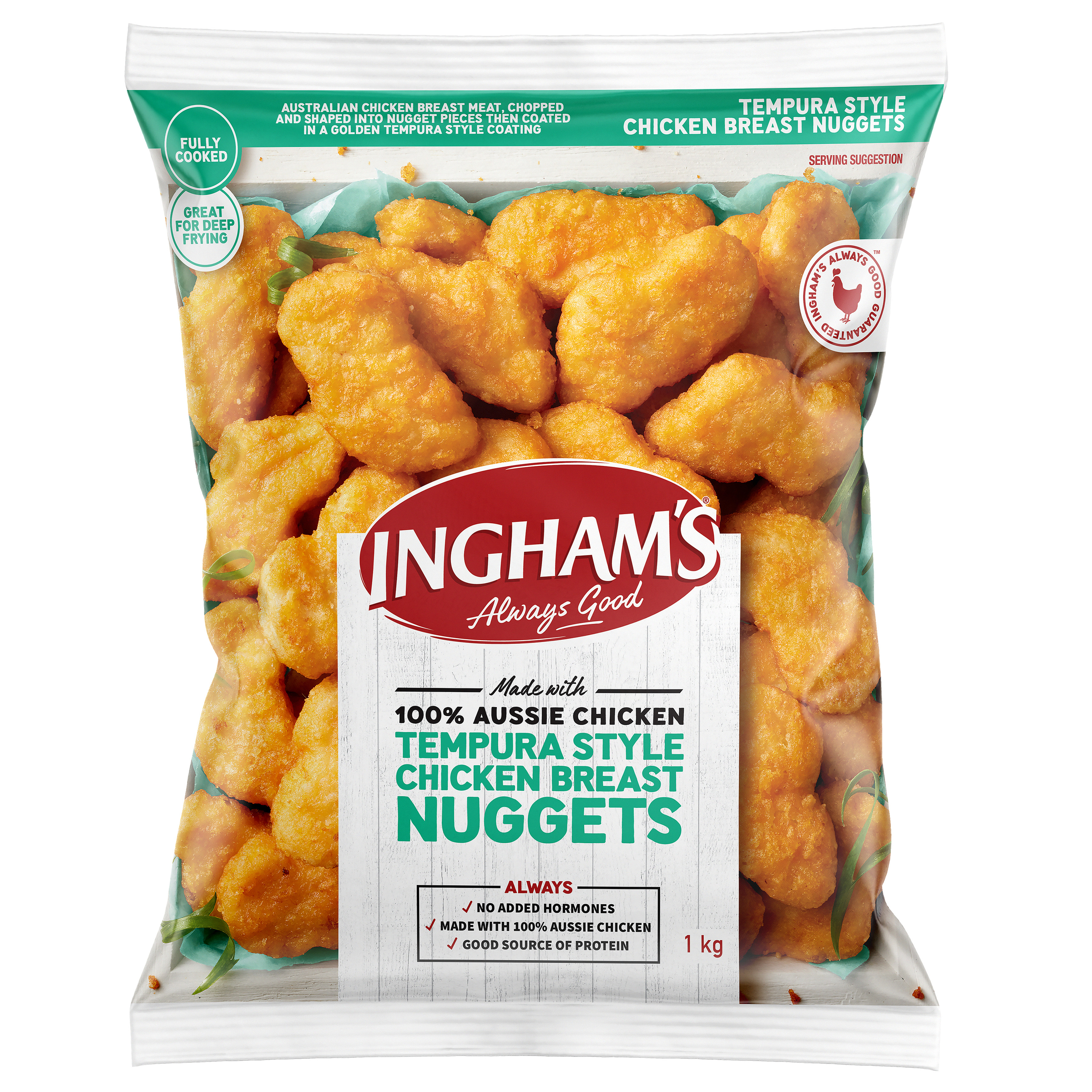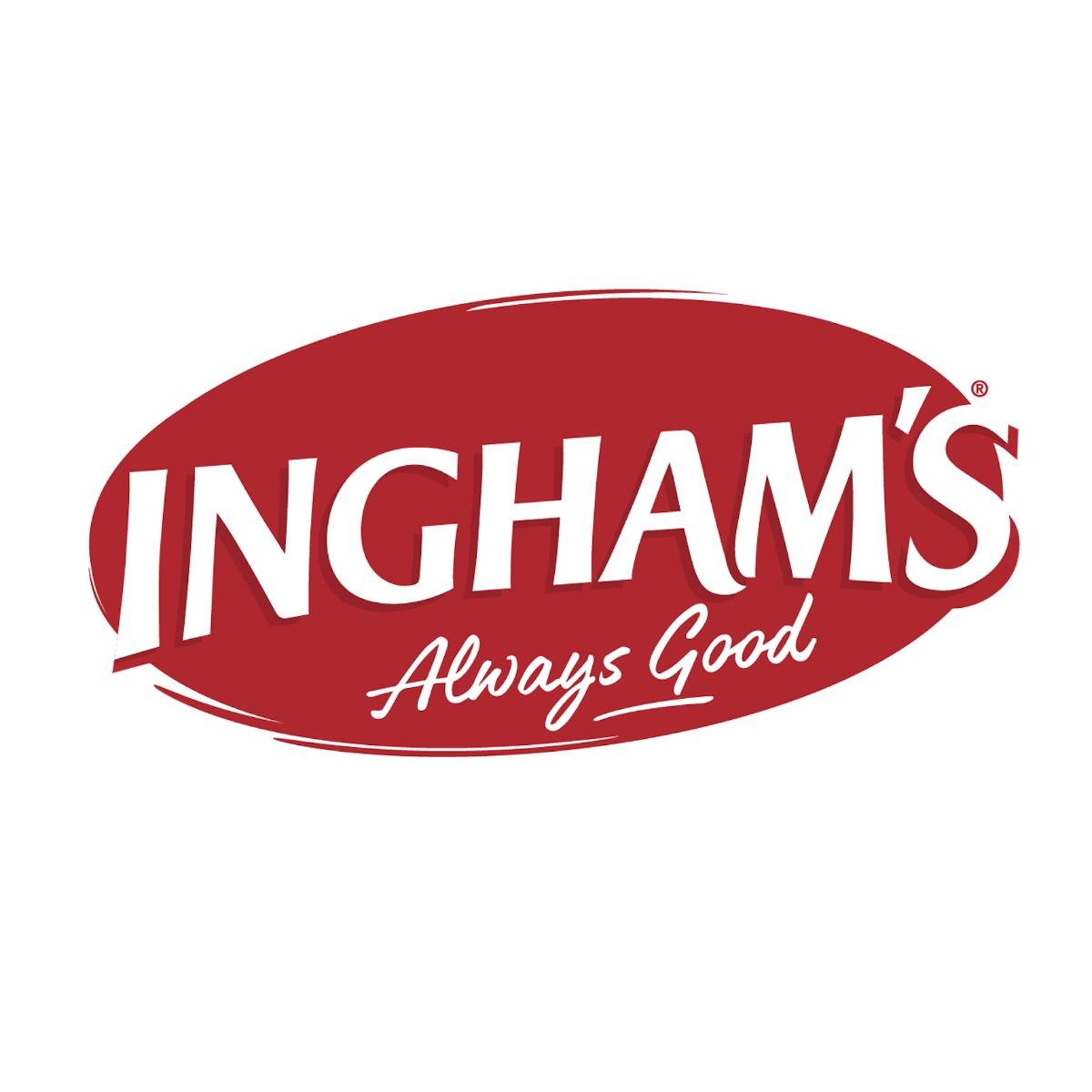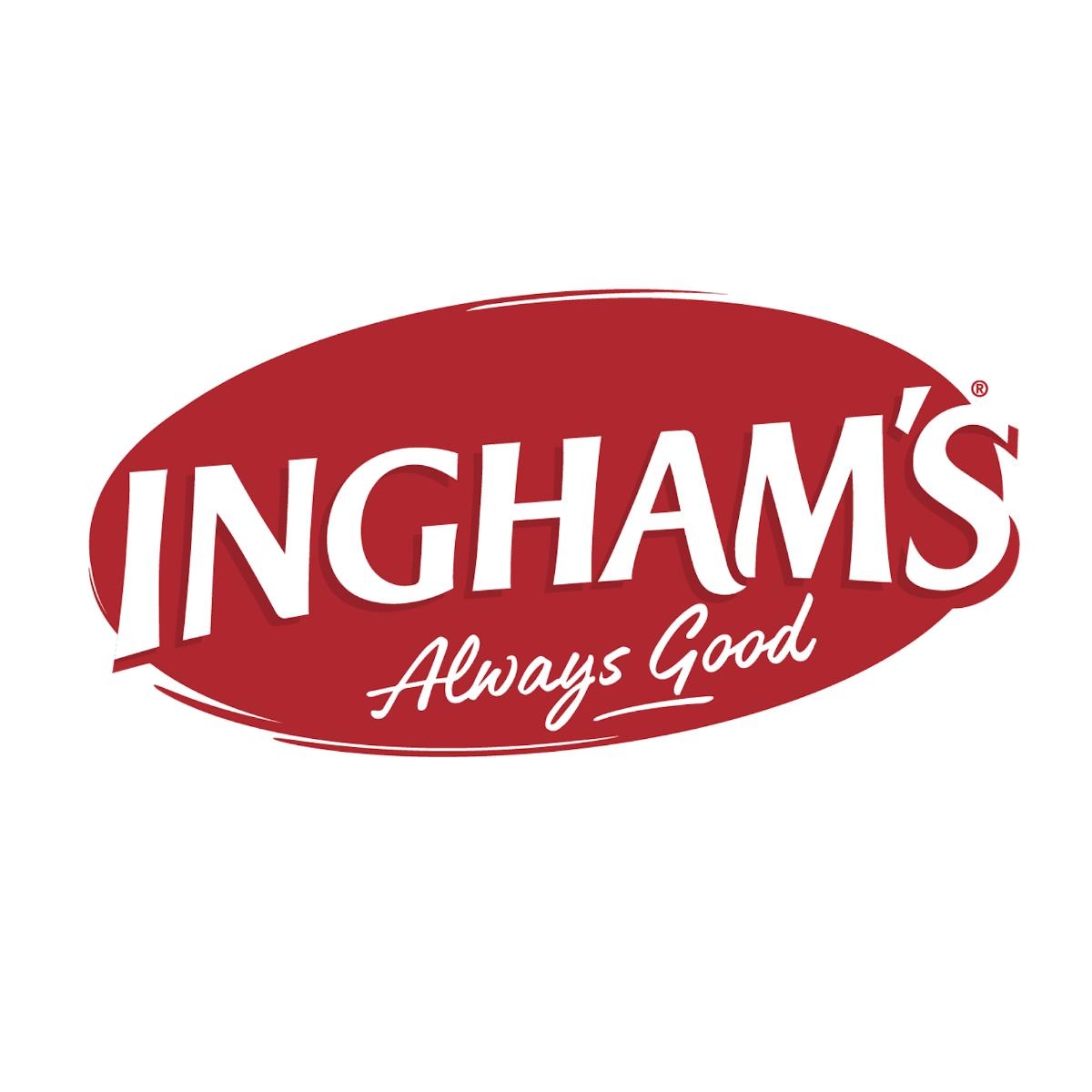When Lune Croissanterie ‘popped up’ in Sydney in July ’23, queues around the CBD Queen Victoria Building made headlines, while social media exploded with videos of the three-day event. When Matt Moran and his restaurant Aria hosted the internationally acclaimed New York restaurant, Eleven Madison Park, during Vivid, the coverage was huge and the dinners sold out. But in a climate where food-service businesses face ongoing challenges, including rising costs and skills shortages, what is it that drives a venue to create a pop-up that is only ever planned to be transient? What are the benefits of creating something so fleeting, and are those benefits worth the cost?
Assess your costs
According to David Ovens, Chief Marketing Officer for Seagrass Boutique Hospitality Group (including The Meat & Wine Co, Five Guys Burgers and 6HEAD), there’s more than one kind of pop-up, and it’s not always taking over a space. It might be a guest brand ‘popping up’ in another restaurant, it could be setting up in an unexpected space, or taking part in a regular event. Each one has its challenges and benefits.
“Sometimes we have to say no [to an opportunity] because the operational complexity is so great that the loss is much bigger than we can manage. The operational cost is what you really need to assess,” Ovens tells InSeason. He’s been involved with both in-house and offsite pop-ups but says the initial assessment is always the same.
“In an off-site location you have to think; how much equipment do I need to bring – refrigeration, cooking – and if we’re doing our brands [burgers and steakhouses], then there could be problems with gas, extraction and smoke,” he says, pointing out that exhaust is a limiting factor.
“In any particular example, it might be between 20 to 50 grand just to set up the operation. That’s equipment, people, waste, suppliers… the whole logistics exercise.” Despite the outlay, Ovens suggests that there are three reasons that restaurants take part in pop-ups.
“The first one is obviously for brand awareness,” he says, pointing out that a pop-up can leverage other brands and media buzz to reach a wider audience. “The second is for charitable or promotional reasons.” The third reason might be purely about maintaining a trademark, especially regarding international pop-ups.
“They may have no interest in opening stores here, but by law, they need to sell a certain number of products under their own brand identity… to protect the trademark rights,” says Ovens, drawing on his experience working with fast food brands and citing American In-N-Out Burger’s regular pop-ups in Australia. So, again, it’s about reaching an audience you otherwise don’t have access to.
It’s not about the profit
Ovens is very clear that pop-ups – both off-site and in-house – are never about making money.
“If we break even, that’s a great outcome,” he laughs. But he firmly believes that the publicity generated by a pop-up can be worth it, citing 6HEAD’s successful collaboration with the Bearded Bakers (of Knafe fame) popping up in the venue in its infancy. By leveraging the social media following of the Knafe brand they were able to generate “far more coverage than we could generate by ourselves.”
Restaurateur and celebrity chef Matt Moran agrees that you don’t judge the success of a pop-up by the financial reward. Like Ovens, Moran would say that the right pop-up collaboration can bring the kind of publicity that money can’t buy.
His recent collaboration saw internationally acclaimed Eleven Madison Park temporarily pop up in the Aria kitchen, generating huge media coverage.
“You just can’t pay for that kind of exposure,” says Moran. “It was unbelievable. I don’t know how many hundreds-of-thousands of dollars of publicity we got, but it was fantastic.”
Education is an outcome too
But there was another benefit. “It’s great for the staff to be exposed to other great chefs, to work alongside them and get inspiration. Instead of a stage somewhere else for two weeks, it comes to them,” adds Moran.
For Chef Jake Kellie of Adelaide’s Arkhe, the staff education aspect is an integral part of a pop-up, as well as offering regular clients something different, with his pop-up events selling out through their EDMs, rather than through media coverage.
This year he flew internationally acclaimed chef David Thompson into Arkhe for limited pop-up masterclasses and events. The resulting educational opportunities for staff were spectacular – and can’t be measured in profit/loss.
“It went really well,” he says. “You’ve got one of the best Thai chefs in the world in David. So, for me personally – and on behalf of the staff – it was a really good educational pop-up… and it went off like a bang.”
Essentially, it comes down to what your brand wants to achieve with a pop-up. Is it brand recognition, to educate staff, or to stay fresh? And what are those outcomes worth to your brand? Will it require off-site investment? Can you measure the value in ticket sales, or will it reach a new audience?
If we know that a pop-up is not about making a huge profit, then it’s important to outline the benefits you do value, and it all rounds back to that first question; What are the operational costs, and what outcomes would make that worthwhile for your brand?

